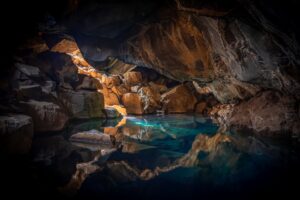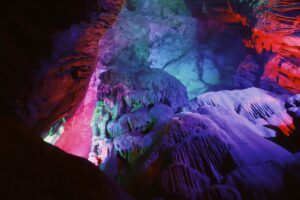Things in Space we Haven't Seen
Things in Space we Haven't Seen
In the vast expanse of the cosmos, where stars ignite and galaxies collide, lies a realm of untold wonders that beckons our exploration. For centuries, humanity has gazed up at the night sky, marveling at the dazzling displays of celestial phenomena. We have witnessed the birth of stars, the fiery deaths of supernovas, and the graceful dance of galaxies entwined in cosmic tango. But amidst the splendor of these visible wonders, there exists a hidden realm—a veil of secrets, waiting to be lifted. Today, we embark on a thrilling cosmic odyssey, delving into the realms we have never seen, venturing into the depths of the unknown, and unveiling the enigmatic mysteries that lie beyond the reaches of our perception.
Veil Nebula Supernova Remnant: A Fiery Tapestry of Stellar Destruction
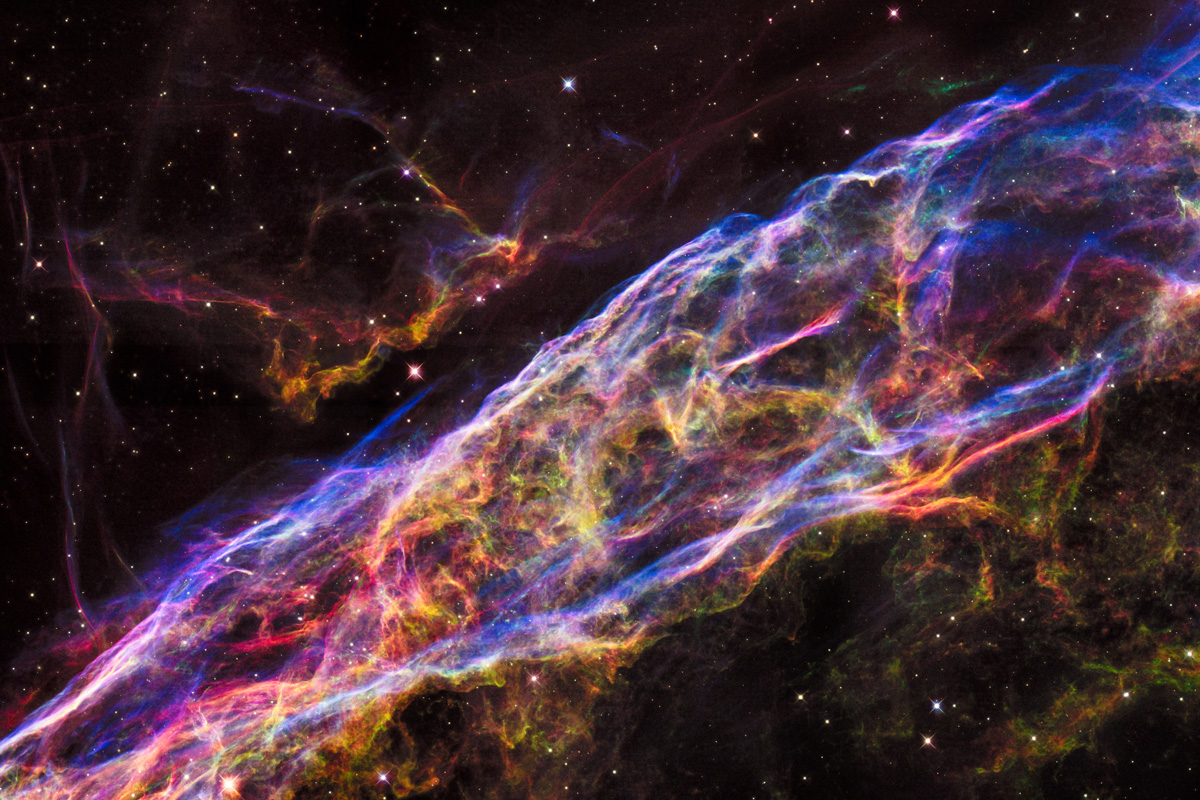
Deep within the Cygnus constellation lies a spectacular remnant of an ancient explosion—the Veil Nebula Supernova Remnant. Once upon a time, a massive star met its cataclysmic fate, detonating with a force that shook the fabric of space and time. What remains is a delicate lacework of glowing gas and dust, spanning a staggering 110 light-years across.
This celestial masterpiece, divided into the Eastern and Western Veil, offers a glimpse into the sheer power of a supernova. Diving deeper into its tapestry, we witness shockwaves racing through the cosmos at breakneck speeds, reaching temperatures hotter than the surface of the Sun. The Veil Nebula is a vivid reminder of the impermanence of stars and the profound influence they have on the formation of new celestial bodies.
Solar Flares on the Sun: Unleashing the Fury of Our Local Star
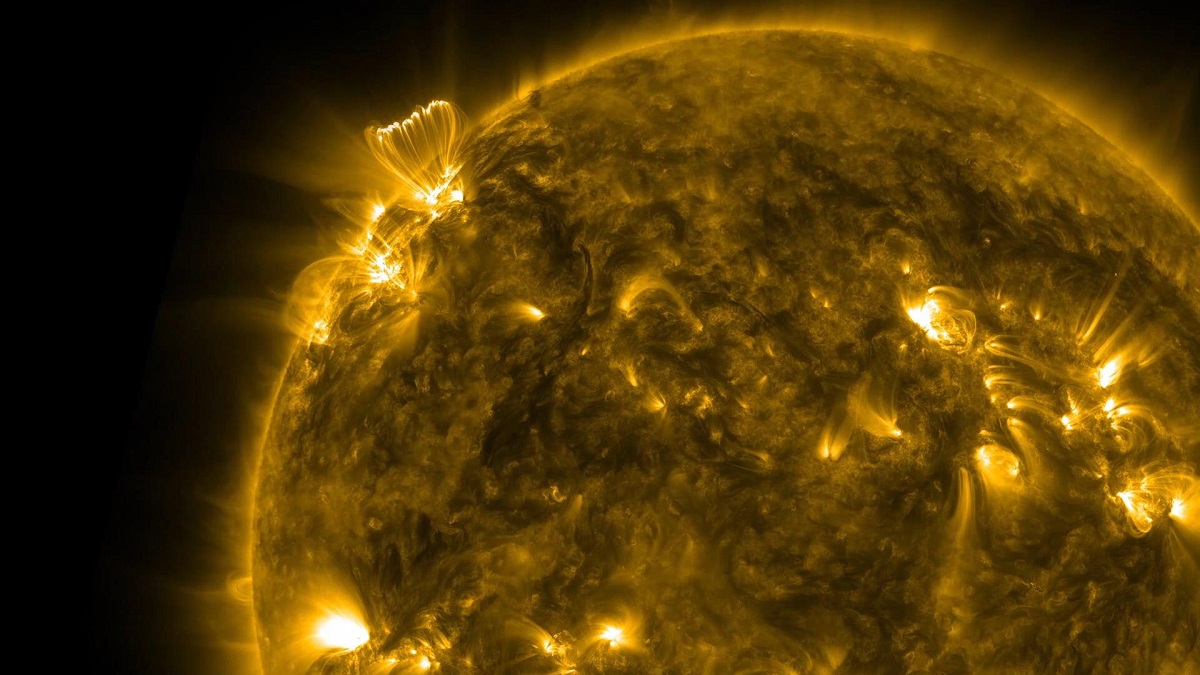
Our very own Sun, a seemingly placid celestial body, conceals a turbulent and explosive nature. Solar flares, eruptions of colossal energy, catapult streams of charged particles into the depths of space, creating awe-inspiring displays of cosmic fireworks. These mesmerizing phenomena can release the energy equivalent to millions of atomic bombs, painting the Sun’s surface with vivid hues and majestic arcs.
However, the true spectacle lies in the impact these solar flares have on Earth. These surges of energy can disrupt our communication systems, induce mesmerizing auroras, and even pose a threat to astronauts in space.
Bubble Nebula NGC 7635: A Celestial Soap Bubble of Birth and Destruction
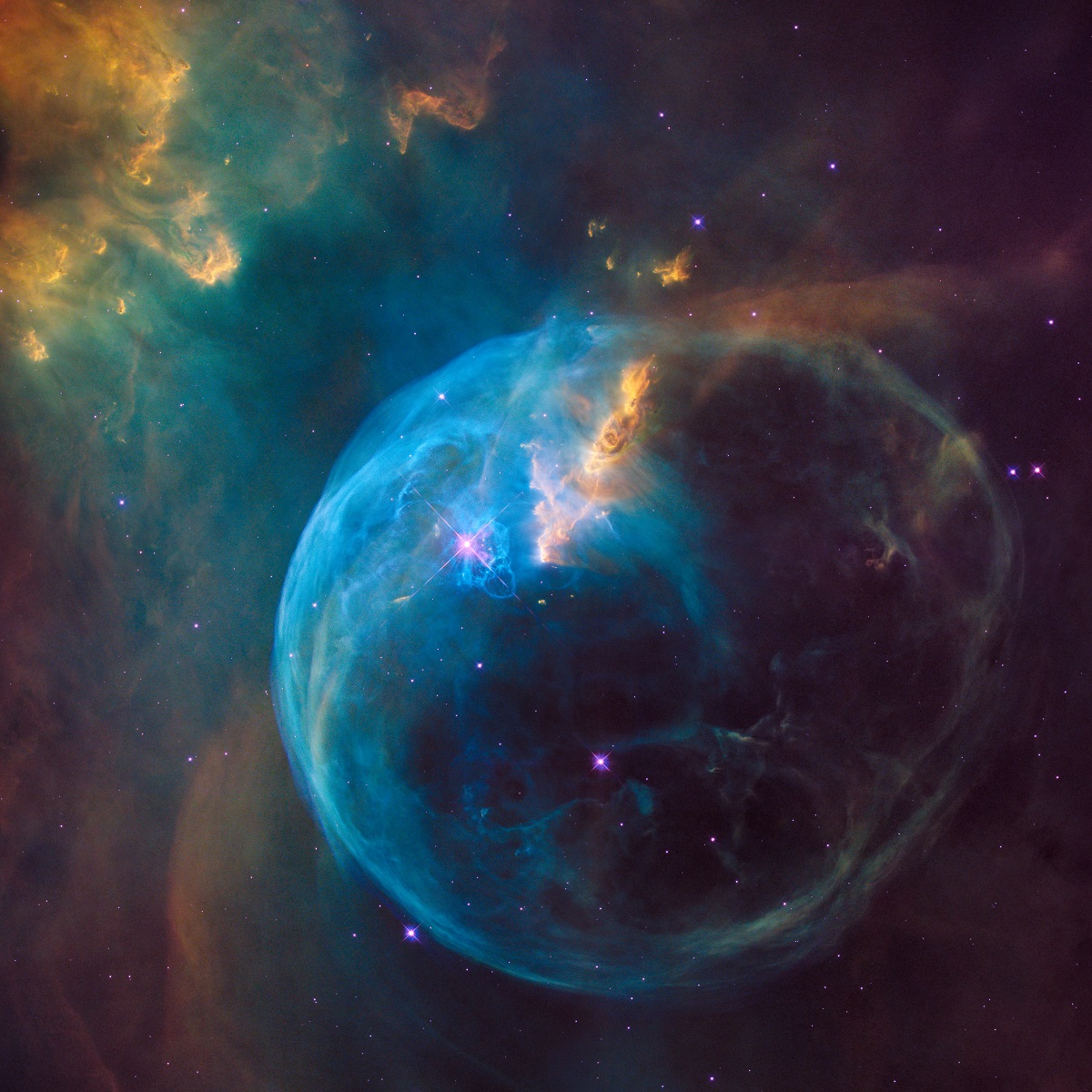
In the constellation Cassiopeia, a celestial soap bubble floats amidst the abyss of space—the Bubble Nebula NGC 7635. This extraordinary sight offers a glimpse into the awe-inspiring forces shaping the universe. At its core, a massive, young star unleashes powerful stellar winds that shape the surrounding gas clouds, creating an ethereal sphere of cosmic artistry.
Within this radiant bubble, new stars are born, sculpted by the remnants of their predecessors. It is a celestial nursery, where the cycle of stellar birth and destruction perpetuates, leaving us in awe of the perpetual cosmic ballet that unfolds before our eyes.
Cosmic Cliffs in the Carina Nebula: A Glimpse into the Cosmic Abyss
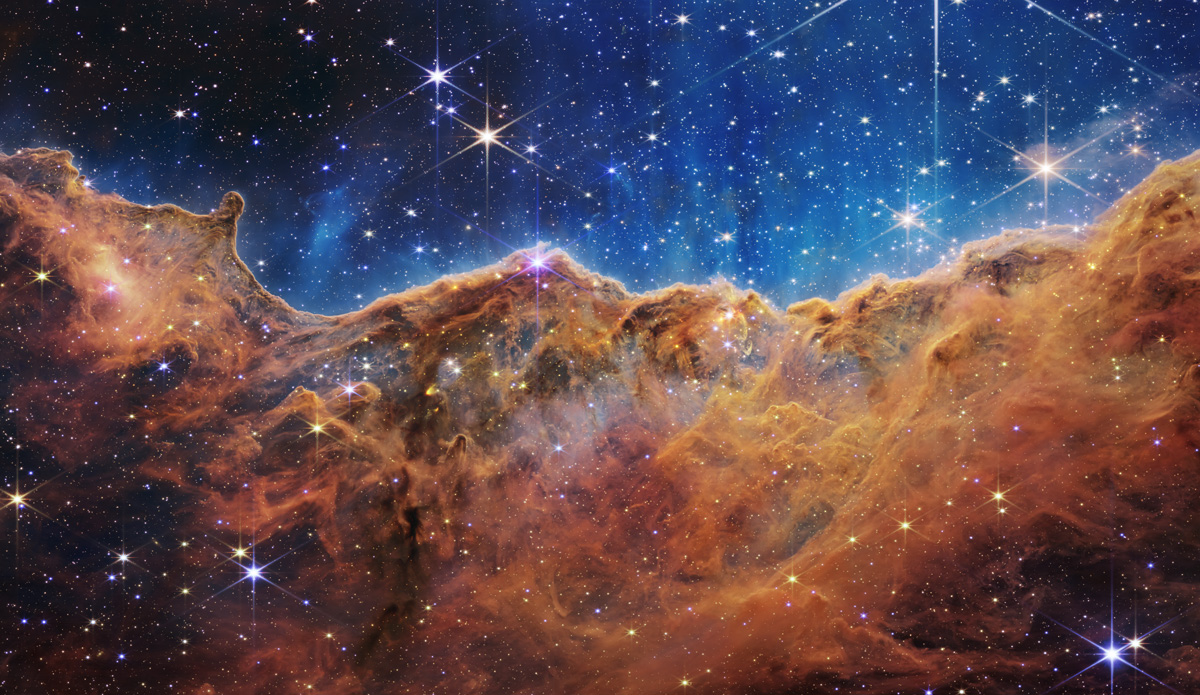
Nestled within the Carina Nebula lies a breathtaking vista that defies imagination—the Cosmic Cliffs. These colossal pillars of gas and dust stand tall, defying the crushing forces of gravity, and harboring the birthplaces of new stars. Here, amidst the darkness, pockets of intense radiation sculpt the surrounding matter, giving birth to stellar giants that illuminate the cosmic landscape.
The Cosmic Cliffs of the Carina Nebula are a sight to behold. Towering hundreds of light-years in height, these majestic formations resemble massive spires reaching towards the heavens. Within their colossal embrace, gravitational forces compress the surrounding gas and dust, triggering the birth of newborn stars. These stellar nurseries are incubators of creation, where the building blocks of life itself are forged.
Noctis Labyrinthus on Mars: A Maze of Mystery and Intrigue
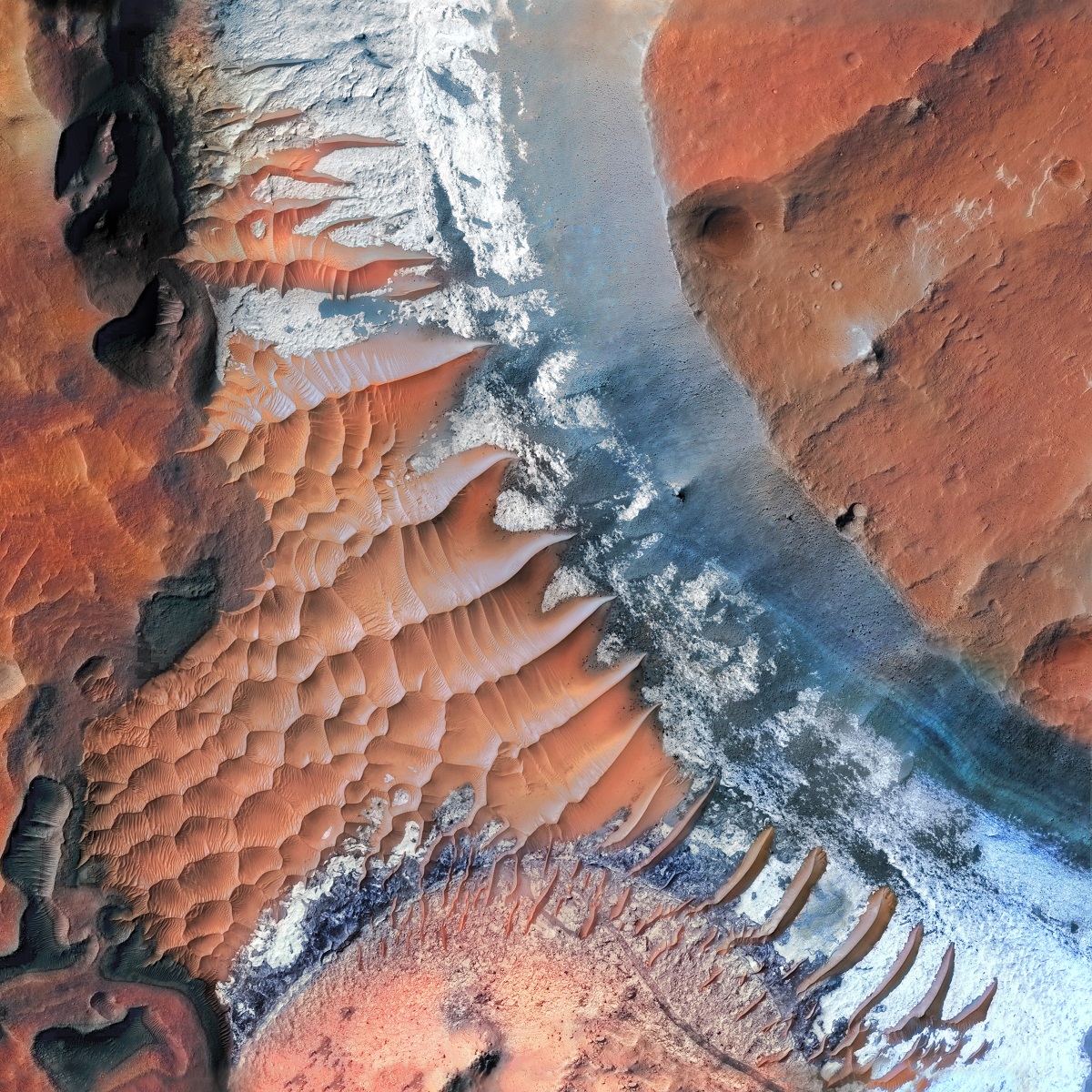
Mars, the red planet, harbors a perplexing feature that stirs our curiosity—the Noctis Labyrinthus. Aptly named the “Labyrinth of the Night,” this intricate network of canyons and valleys on Mars reveals a landscape unlike anything found on Earth. Stretching for hundreds of kilometers, these colossal formations intertwine in a mesmerizing display of geological artistry.
Venturing through the intricate maze of Noctis Labyrinthus, we uncover the ancient secrets of Mars’ turbulent past. These colossal canyons hint at a tumultuous history of volcanic activity and tectonic upheaval. They unveil the relentless forces that shaped the Martian surface, leaving behind a captivating legacy that invites us to unlock the mysteries of our neighboring planet.
The Majestic Sombrero Galaxy M104: A Celestial Elegance Woven in Darkness
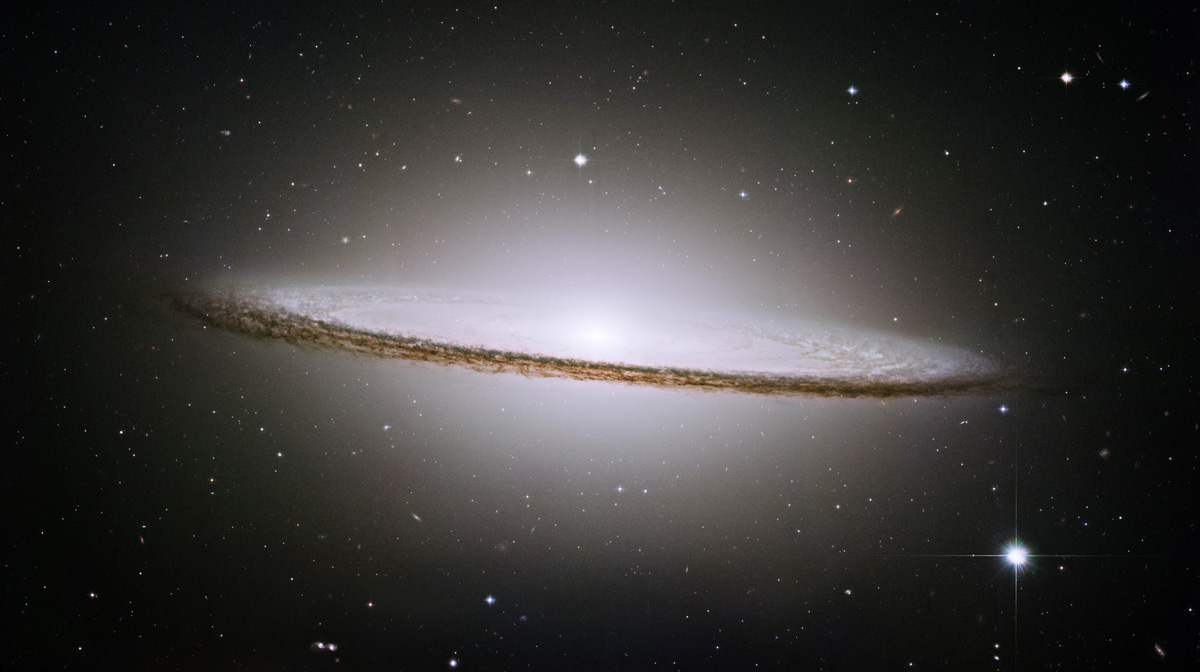
In the depths of the Virgo constellation lies a celestial spectacle that bewitches stargazers—the Sombrero Galaxy M104. With its striking appearance resembling a majestic wide-brimmed hat, this galactic beauty stands out amidst the cosmic expanse. Spanning a staggering 50,000 light-years, its dark dust lanes and luminous core create an awe-inspiring contrast that leaves us breathless.
As we gaze at the Sombrero Galaxy, we ponder its secrets. What cosmic dances brought forth such elegance? What mysteries lie hidden within its enigmatic core? Its swirling arms and vast star clusters beckon us to delve deeper, exploring the intricacies of galactic evolution and unraveling the enigma that shrouds this cosmic marvel.
Mosaic of the Crab Nebula: A Cosmic Kaleidoscope of Destruction and Renewal
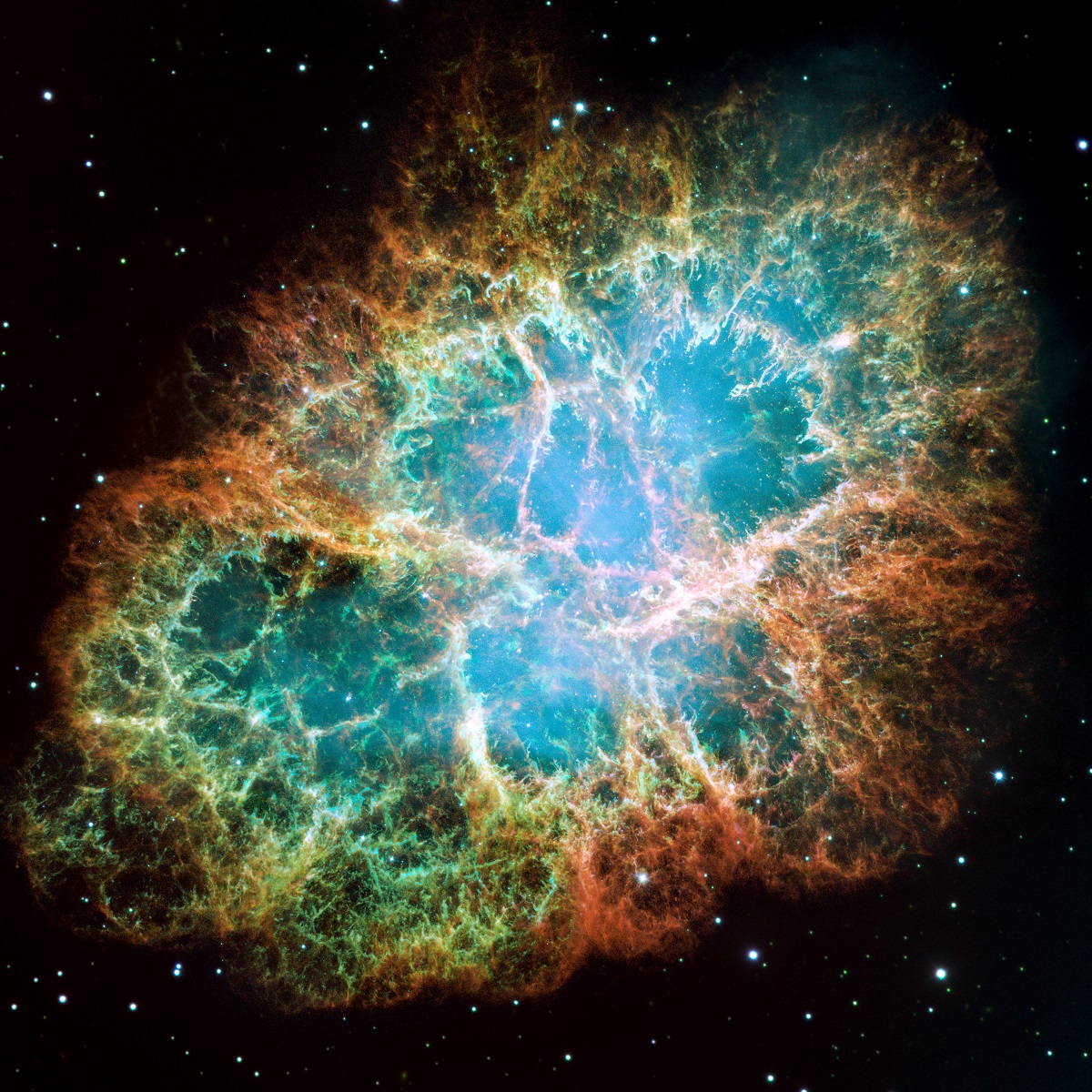
Deep within the Taurus constellation, a stellar explosion from centuries ago left behind a celestial mosaic—the Crab Nebula. The remnants of a supernova witnessed by ancient astronomers, this ethereal masterpiece showcases the tremendous forces unleashed during the death throes of a massive star.
In this cosmic artwork, vibrant hues and intricate filaments weave a tapestry of destruction and renewal. The pulsar at its heart, a spinning remnant of the exploded star, bathes the nebula in a surreal glow. As we analyze the intricate details of this mosaic, we gain insight into the cataclysmic events that shape the cosmos. The Crab Nebula serves as a haunting reminder of the delicate balance between creation and destruction that permeates the universe.
Earth: A Microcosm of Wonders Amidst the Cosmos
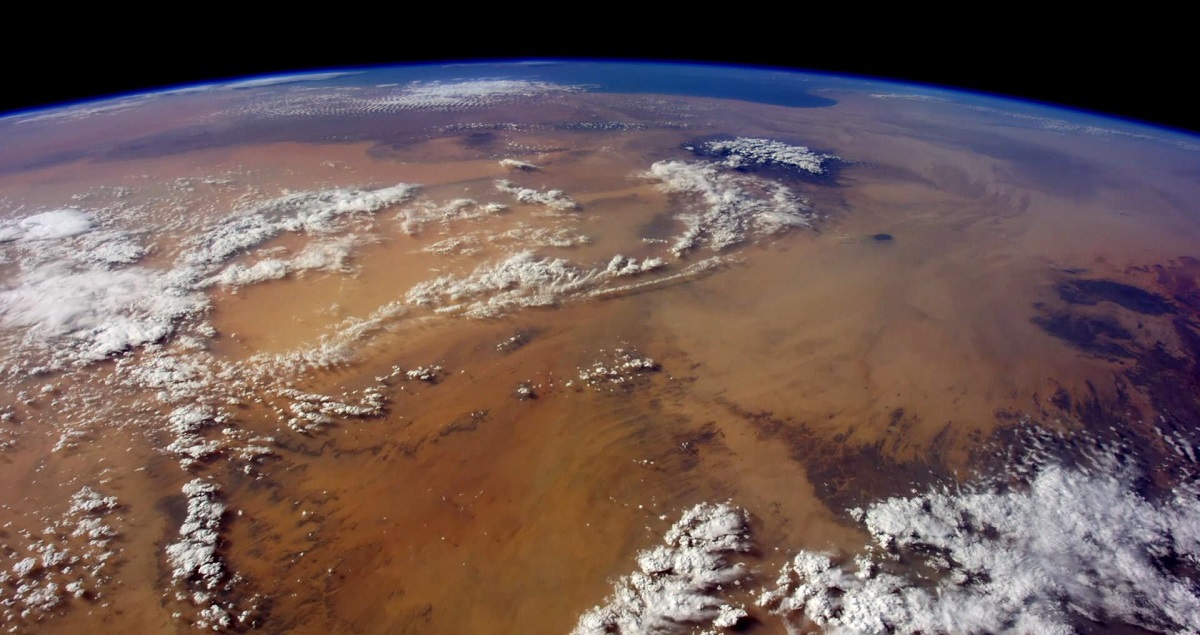
Amidst the wonders of the cosmos, we must not overlook the extraordinary gem that is our home—the planet Earth. From the breathtaking vistas of its vast oceans to the awe-inspiring grandeur of its mountain ranges, Earth is a microcosm of marvels that continue to astonish us.
The intricate web of life that flourishes on our planet, from the towering rainforests to the bustling cities, showcases the incredible diversity and resilience of life itself. The depths of our oceans, with their hidden treasures and mysterious creatures, hold secrets that have yet to be unveiled. From the intricate coral reefs to the dark abyssal plains, these watery realms house a wealth of biodiversity and geological wonders that captivate scientists and explorers alike.
Spiral Galaxy NGC 1300: A Celestial Whirlwind of Beauty and Mystery
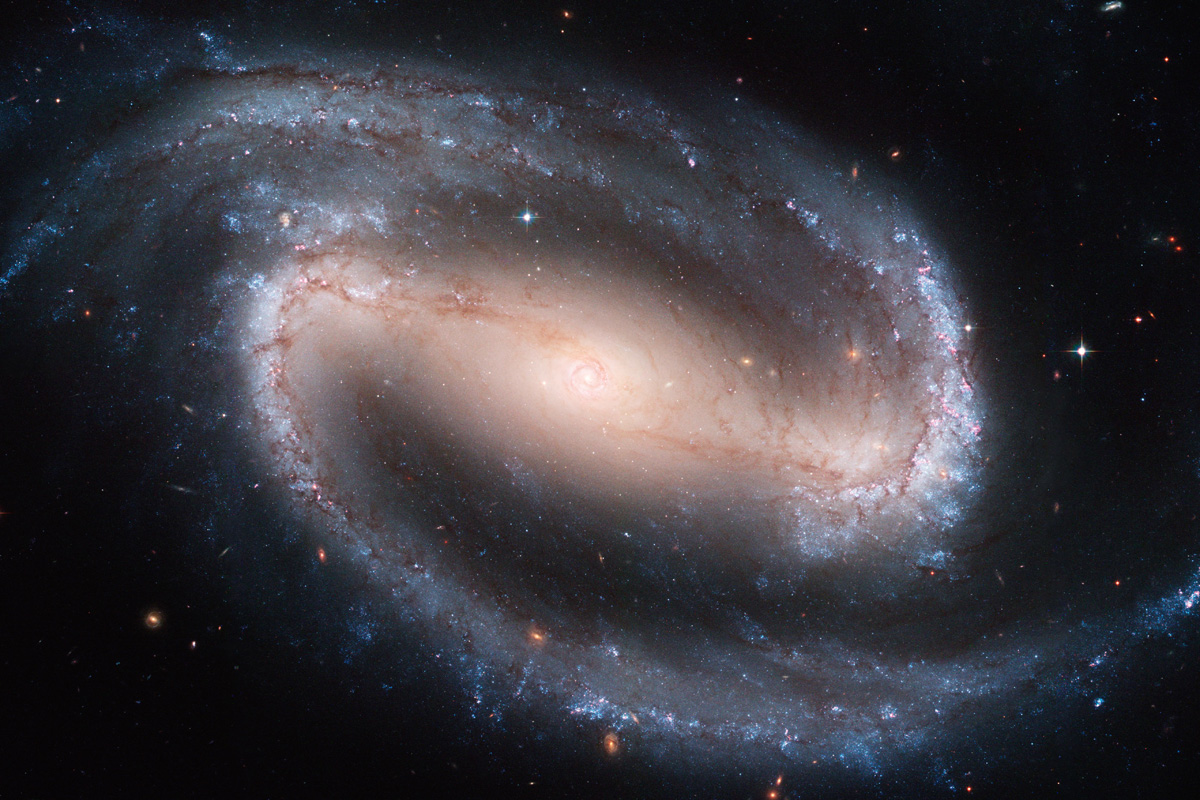
In the vast canvas of the cosmos, the Spiral Galaxy NGC 1300 stands as a testament to cosmic grandeur. With its graceful spiral arms, adorned with bright clusters of stars and interstellar dust, this magnificent galactic masterpiece mesmerizes astronomers and stargazers alike. Spanning a colossal 110,000 light-years, NGC 1300 holds within its spiraling arms the secrets of stellar formation and galactic evolution.
As we delve deeper into the heart of NGC 1300, we uncover its enigmatic core, where a supermassive black hole lurks, exerting its gravitational influence on the surrounding stars and gas. The intricate dance between gravity and cosmic forces shapes the destiny of galaxies, and NGC 1300 invites us to witness this cosmic ballet, captivating us with its beauty and mystery.
Petermann Glacier: A Frozen Gateway to Earth’s Past and Future
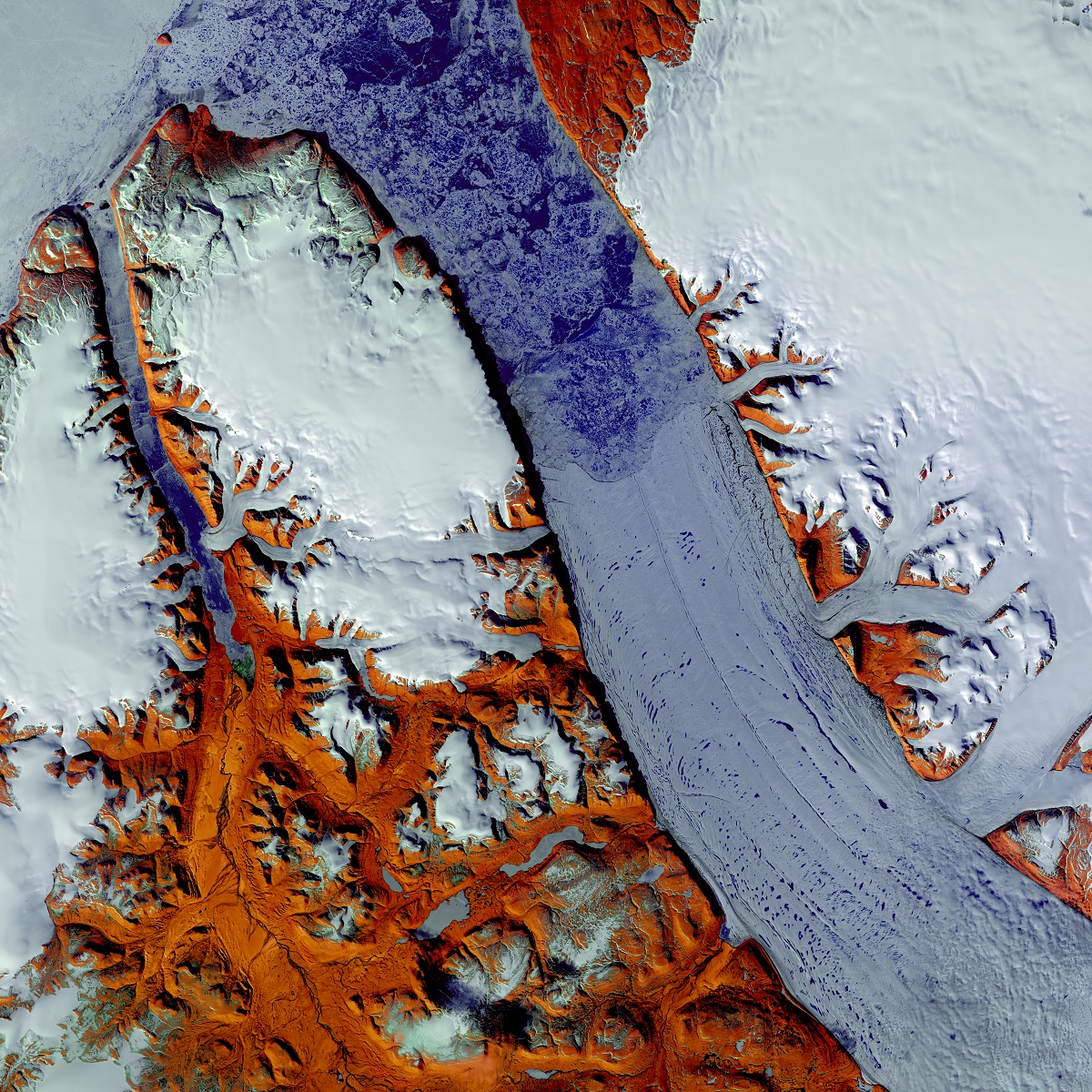
Amidst the frigid landscapes of the Arctic, the Petermann Glacier emerges as a colossal icy behemoth. Stretching over 70 kilometers in length, this massive river of ice holds within it the secrets of Earth’s climate history. Layers of ancient ice trapped within its frozen depths provide scientists with invaluable insights into past climates and environmental changes.
Cosmic Reef: Unveiling a Celestial Underwater Wonderland
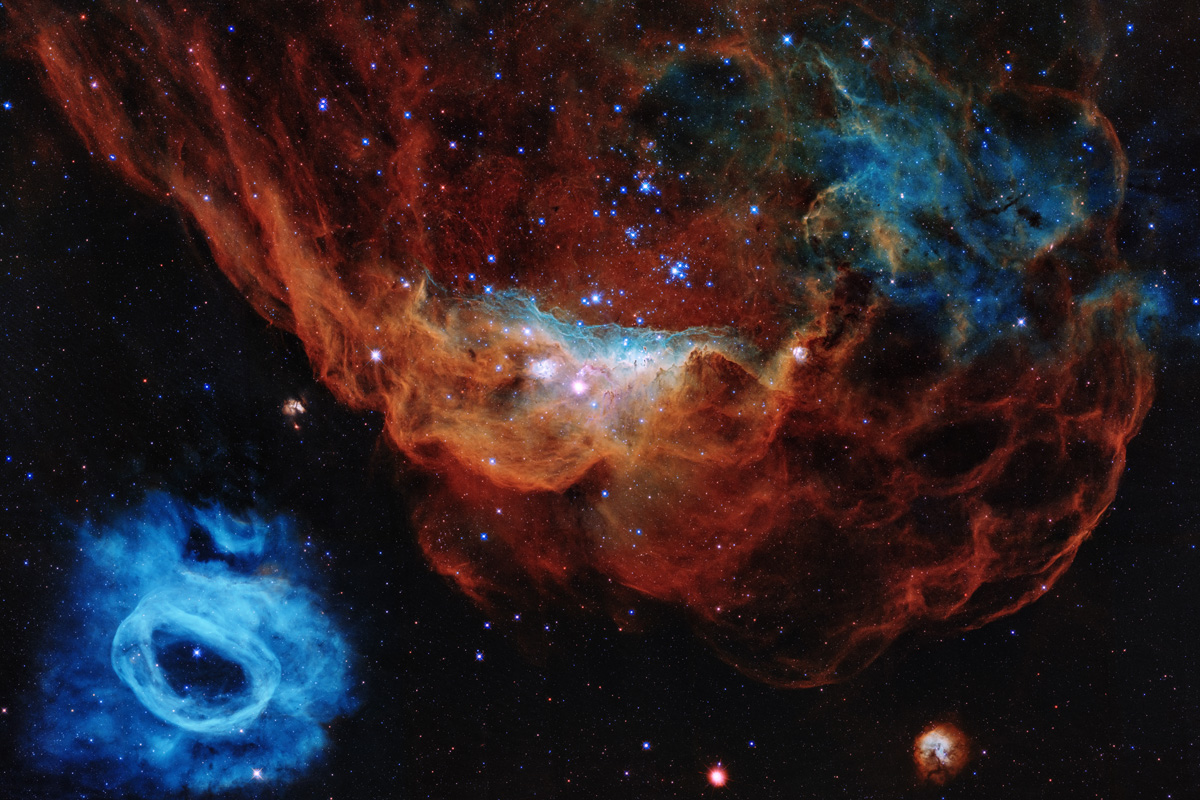
Within the depths of space lies an awe-inspiring marvel—the Cosmic Reef. This celestial spectacle resembles an ethereal underwater paradise, with vibrant nebulas and celestial corals mirroring the beauty of our own oceans. Bursting with colors and intricate patterns, it challenges our understanding of the universe and showcases the interconnectedness of celestial formations. The Cosmic Reef is unraveling the birth of new stars amidst cosmic clouds and exploring the cosmic seas that lie beyond. This Hubble image commemorates the observatory’s 30 years in space, capturing the magnificence of NGC 2014 and NGC 2020, a celestial masterpiece known as the “Cosmic Reef.”
Pelican Nebulae Mosaic: Wings of Creation in the Stellar Sky
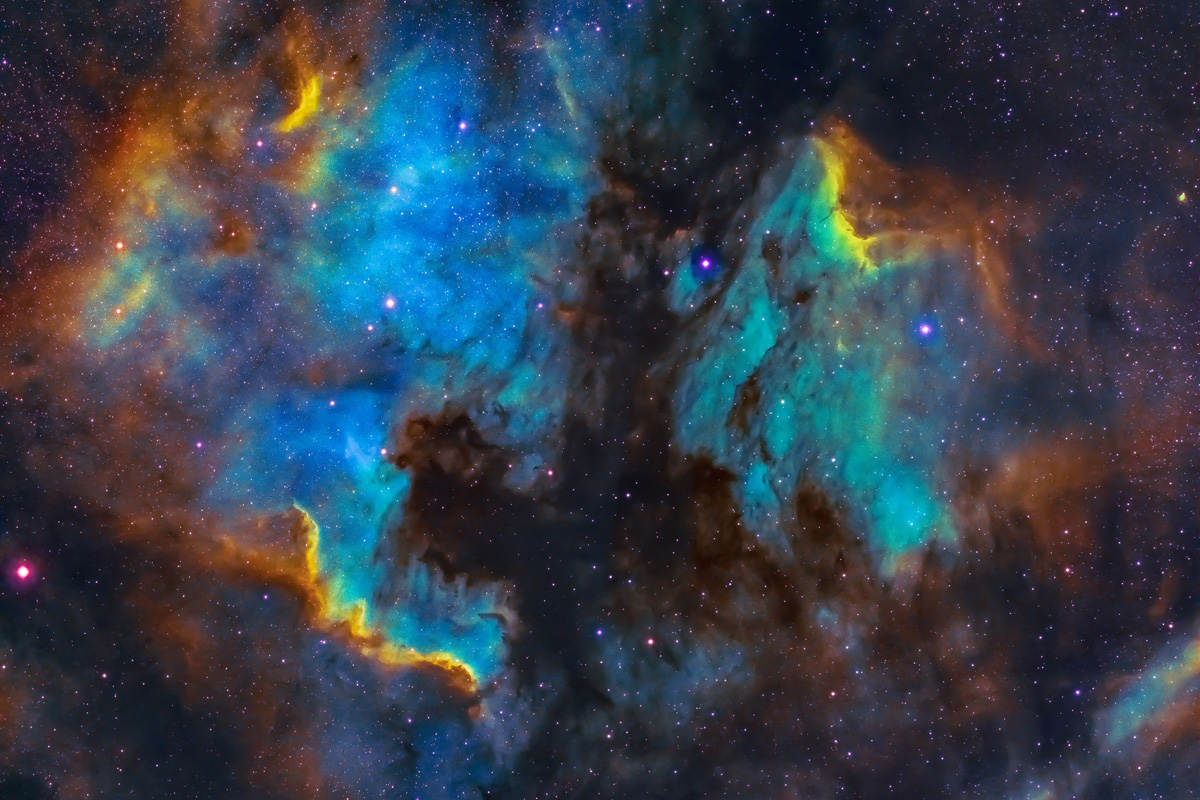
Nestled within the constellation Cygnus, the Pelican Nebulae Mosaic presents a celestial artwork that stirs the soul. Resembling a celestial pelican in flight, its vibrant hues and delicate structures symbolize the birth of new stars and the forces that shape the cosmos.
As we gaze upon the Pelican Nebulae Mosaic, we witness the fiery birth of stars within colossal clouds of gas and dust. The intense radiation and stellar winds carve intricate shapes and sculpt the cosmic landscape, weaving a tale of creation and transformation. It serves as a poignant reminder that amidst the vastness of space, with its boundless expanse and infinite possibilities, continues to astound and inspire us. Within its depths, the Spiral Galaxy NGC 1300, the Petermann Glacier, the Cosmic Reef, and the Pelican Nebulae Mosaic beckon us to unravel their mysteries. These enigmatic cosmic treasures remind us of the wonders that remain undiscovered, pushing the boundaries of our knowledge and igniting our curiosity.
Mystic Mountain: A Majestic Pillar of Creation
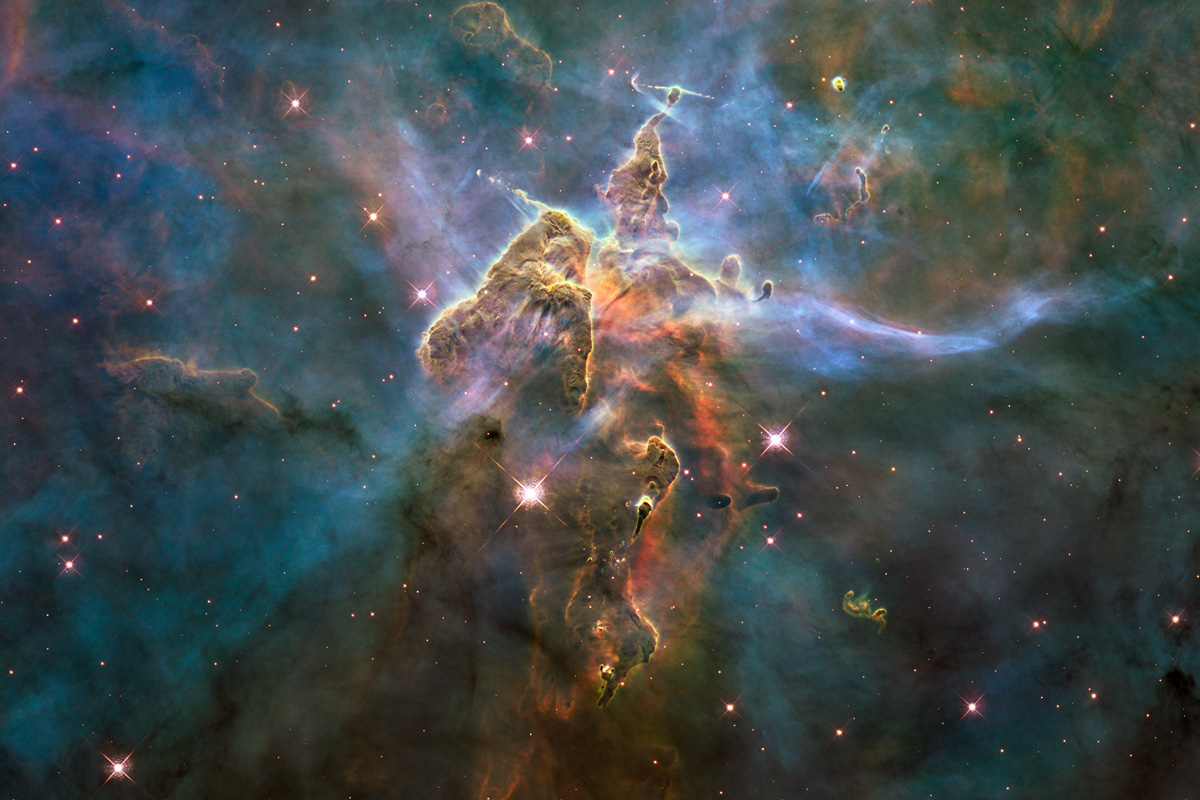
Within the vast reaches of the Carina Nebula, the Mystic Mountain stands is an awe-inspiring power of cosmic forces. Rising like an ethereal giant amidst stellar chaos, this colossal pillar of gas and dust stretches hundreds of light-years into space. Its intricate structure, sculpted by stellar winds and radiation, evokes a sense of wonder and mystery.
Navigating the labyrinthine depths of the Mystic Mountain, we see the birth of new stars, hidden within the dense clouds of interstellar material. The delicate balance between destruction and creation, chaos and order, unfolds before our eyes, reminding us of the dynamic nature of the cosmos. The Mystic Mountain beckons us to explore the secrets of stellar birth and the cosmic symphony that shapes the universe.
Centaurus: A Celestial Menagerie of Wonders
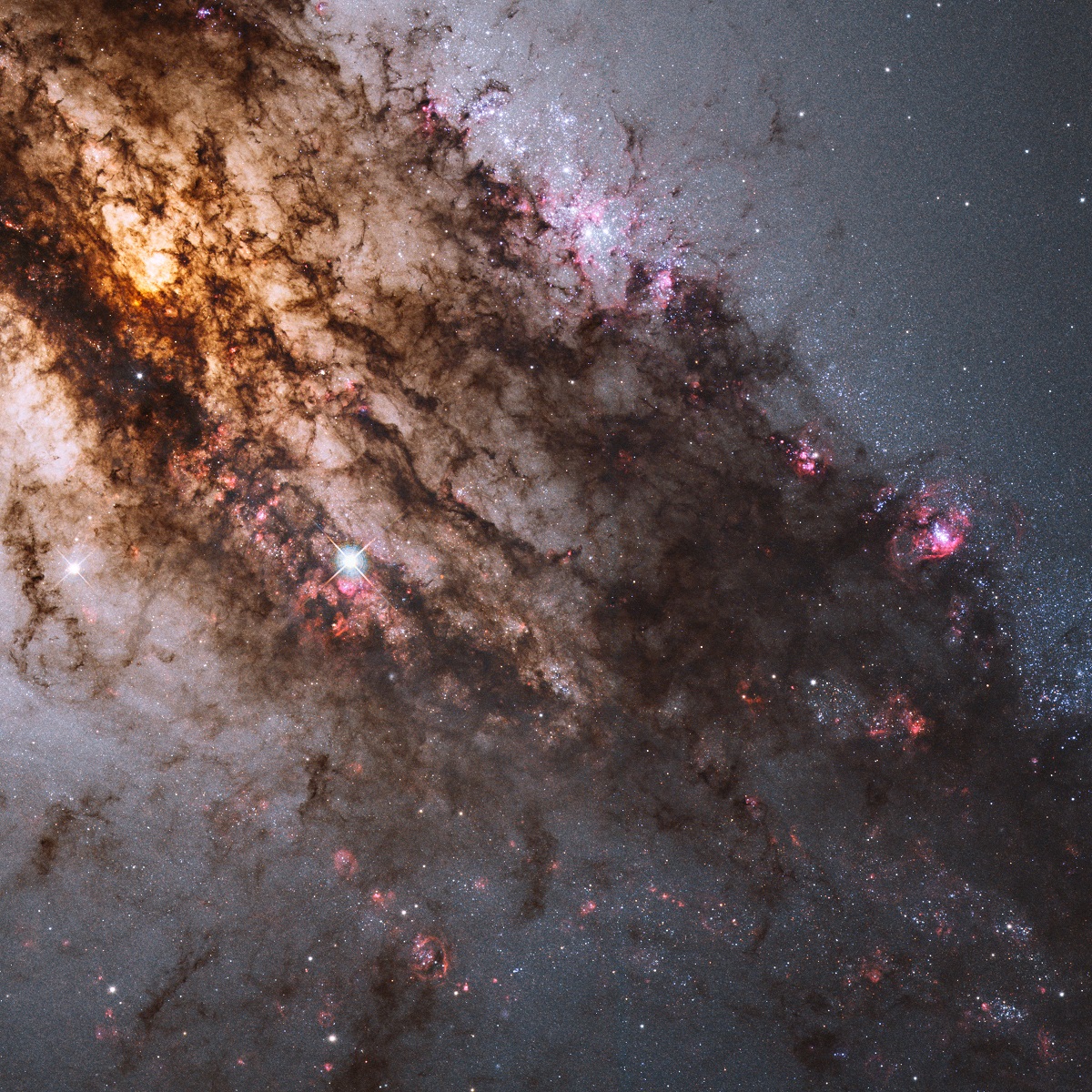
Among the myriad constellations that adorn the night sky, Centaurus stands out as a celestial menagerie. With its diverse collection of stars, galaxies, and nebulae, this captivating constellation invites us to embark on a journey through the cosmic tapestry.
Within the boundaries of Centaurus, we encounter stellar treasures such as Alpha Centauri, our nearest stellar neighbor, and Omega Centauri, a dazzling globular cluster home to millions of stars. The enigmatic Centaurus A, a hybrid galaxy with a peculiar dust lane, captivates astronomers with its unique characteristics.
Spiral Galaxy NGC 3147: A Cosmic Elegance in Unexpected Places
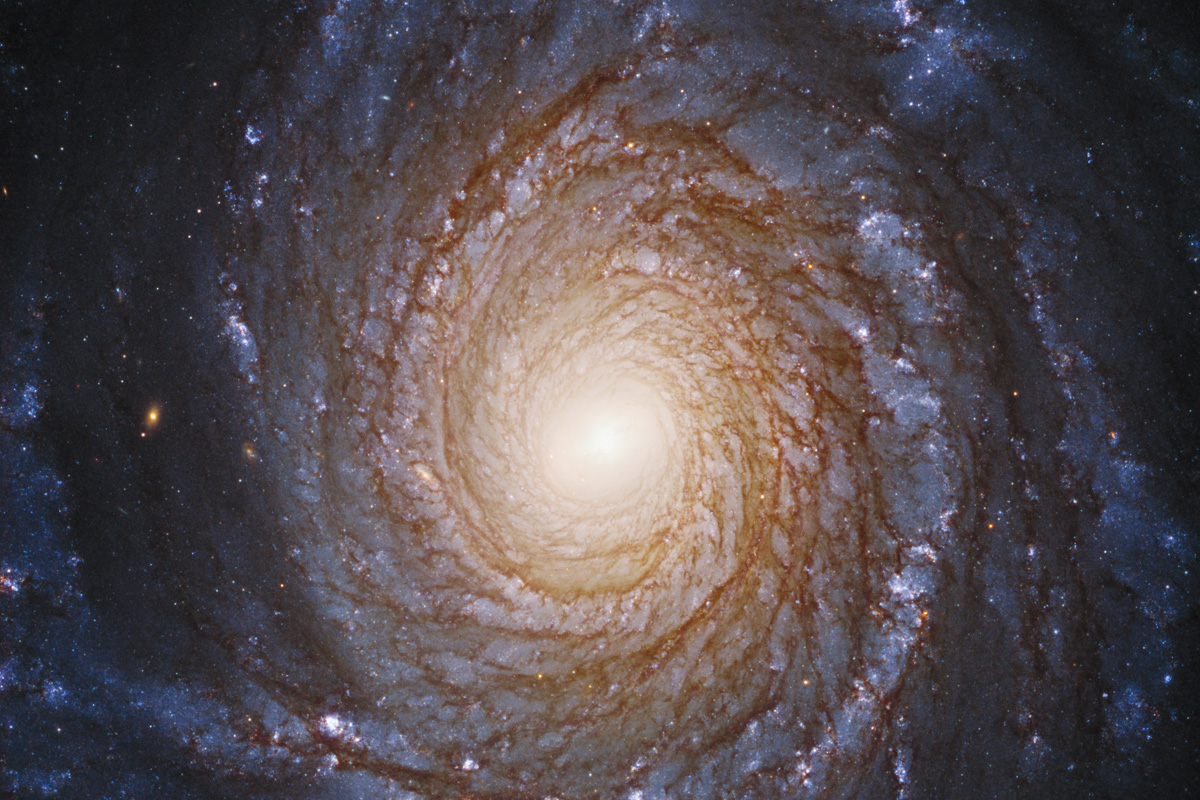
Amidst the vast cosmic sea of galaxies, one stands out as a true enigma—the Spiral Galaxy NGC 3147. Defying conventional wisdom, this celestial wonder exhibits a compact and tightly wound structure, challenging our understanding of galactic evolution.
NGC 3147 holds the fascination of scientists, providing invaluable insights into the intricate formation and dynamics of spiral galaxies. By delving into its mysteries, we unravel the complex interplay of gravity, gas, and stars that shapes the cosmic landscape. Its unexpected elegance serves as a powerful reminder that the universe is a treasure trove of surprises, patiently awaiting our discovery.
Behold the graceful spiral arms of NGC 3147, resembling a celestial staircase suspended in space. These exquisite lanes are adorned with young blue stars, pinkish nebulas, and silhouetted dust. However, hidden within its beauty lies a malnourished black hole, encircled by a thin, compact disk of stars, gas, and dust—an enthralling gravitational maelstrom. The intensity of the black hole’s gravity ensnares anything that ventures too close, resulting in a mesmerizing dance within the disk.
This cosmic wonder offers a unique opportunity for astronomers to observe the dynamic processes unfolding near a black hole. The profound influence of gravity on the gas disk modifies the light, providing a glimpse into the intricate mechanisms predicted by Einstein’s theories of relativity. NGC 3147, located 130 million light-years away in the constellation Draco the Dragon, reminds us of the boundless beauty and mysteries that abound in our ever-expanding universe.
Earth’s Moon: Our Loyal Celestial Companion
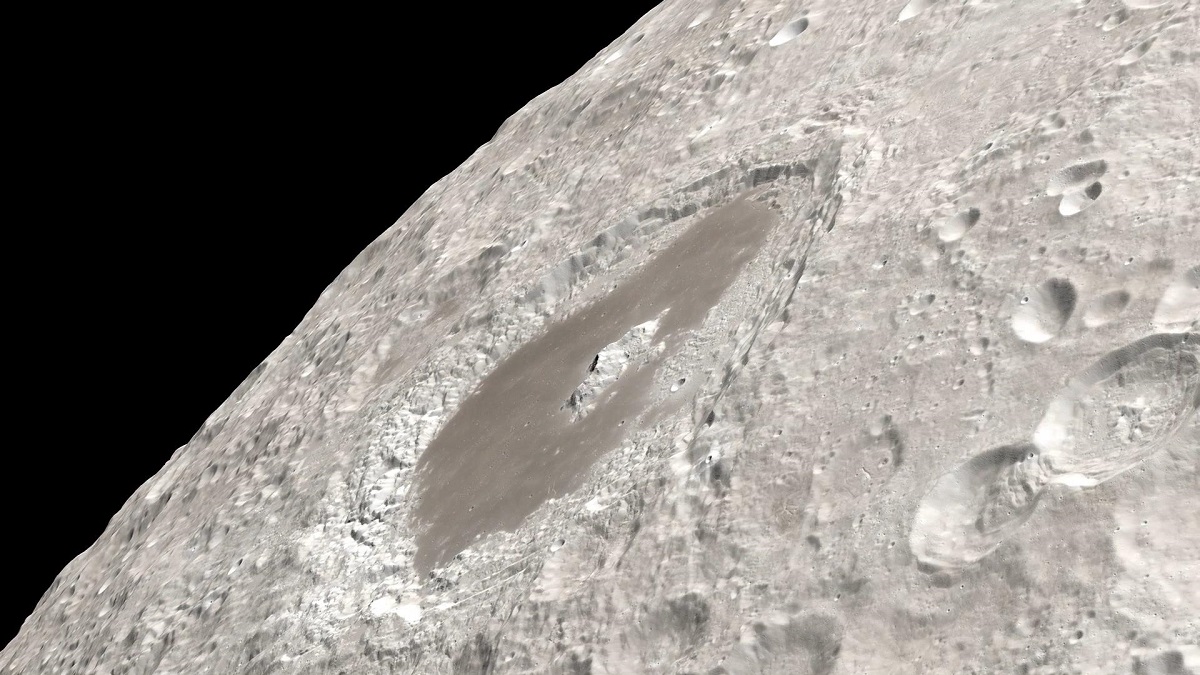
Amidst the wonders of the cosmos, we must not forget the celestial jewel that orbits our planet—Earth’s Moon. This steadfast companion has long captured the human imagination, inspiring myths, dreams, and scientific exploration.
The Moon, with its rugged surface and tranquil beauty, holds secrets that continue to intrigue and fascinate us. Its craters and basins bear witness to ancient cosmic collisions, preserving a record of the solar system’s tumultuous past . The Moon’s geology, with its lunar mare and towering mountain ranges, provides a glimpse into the volcanic activity that once shaped its landscape.
Doradus 30: A Stellar Titan in the Heart of Tarantula Nebula
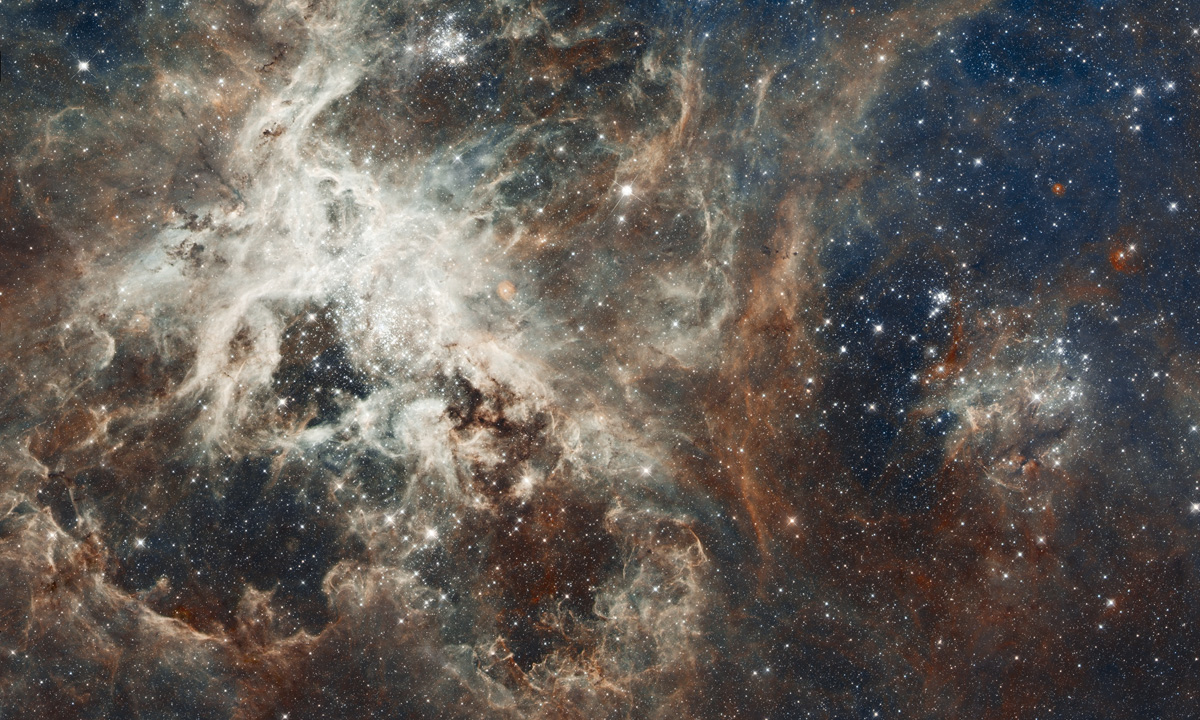
In the depths of the Tarantula Nebula, nestled within the Large Magellanic Cloud, lies a cosmic powerhouse known as Doradus 30. This massive star, a true celestial titan, shines with an extraordinary brilliance that defies imagination. Its luminosity surpasses that of millions of suns combined, making it one of the most luminous stars known to humanity.
As we gaze upon Doradus 30, we witness the awe-inspiring forces at play in the cosmos. The immense energy radiated by this stellar giant illuminates its surroundings, revealing the intricate dance of gas and dust within the Tarantula Nebula. Exploring the mysteries of Doradus 30 unravels the secrets of stellar evolution and offers a glimpse into the extreme conditions that shape the cosmos.
Light Echo Around V838: A Stellar Spectacle Frozen in Time
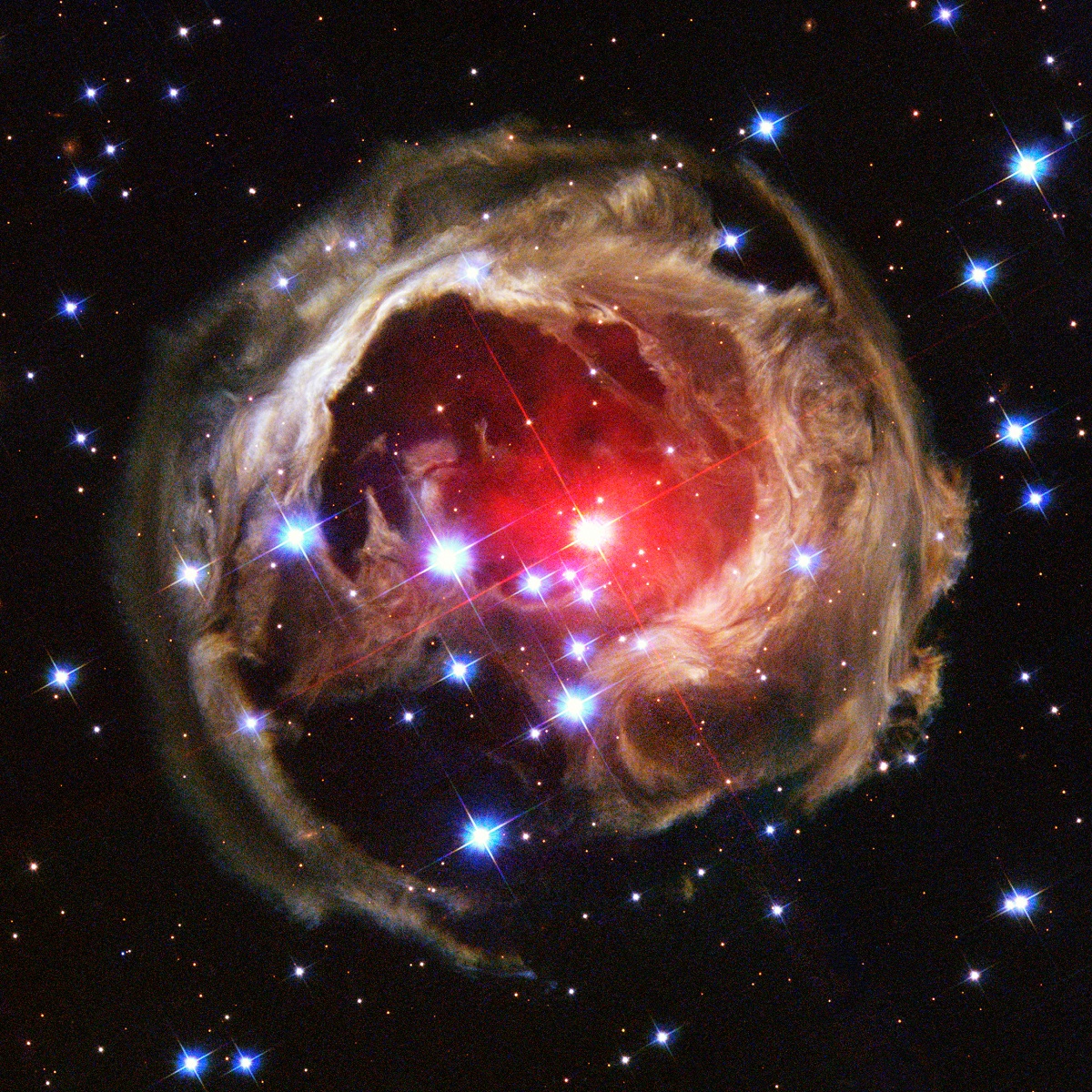
Deep within the constellation Monoceros, a stellar event of extraordinary beauty and intrigue unfolded. V838 Monocerotis, a red supergiant star, experienced a cataclysmic outburst, resulting in the creation of a captivating phenomenon known as a light echo. The light emitted during the eruption continues to reverberate through the surrounding cosmic dust, creating a mesmerizing tapestry frozen in time.
The light echo around V838 Monocerotis invites us to witness the transient nature of cosmic events. It serves as a reminder that the universe is in a constant state of change, with celestial occurrences that occur on timescales beyond human comprehension. Exploring the intricacies of the light echo unravels the dynamics of stellar explosions and provides insights into the life cycles of massive stars.
Ius Chasma on Mars: A Martian Gorge of Geological Marvels
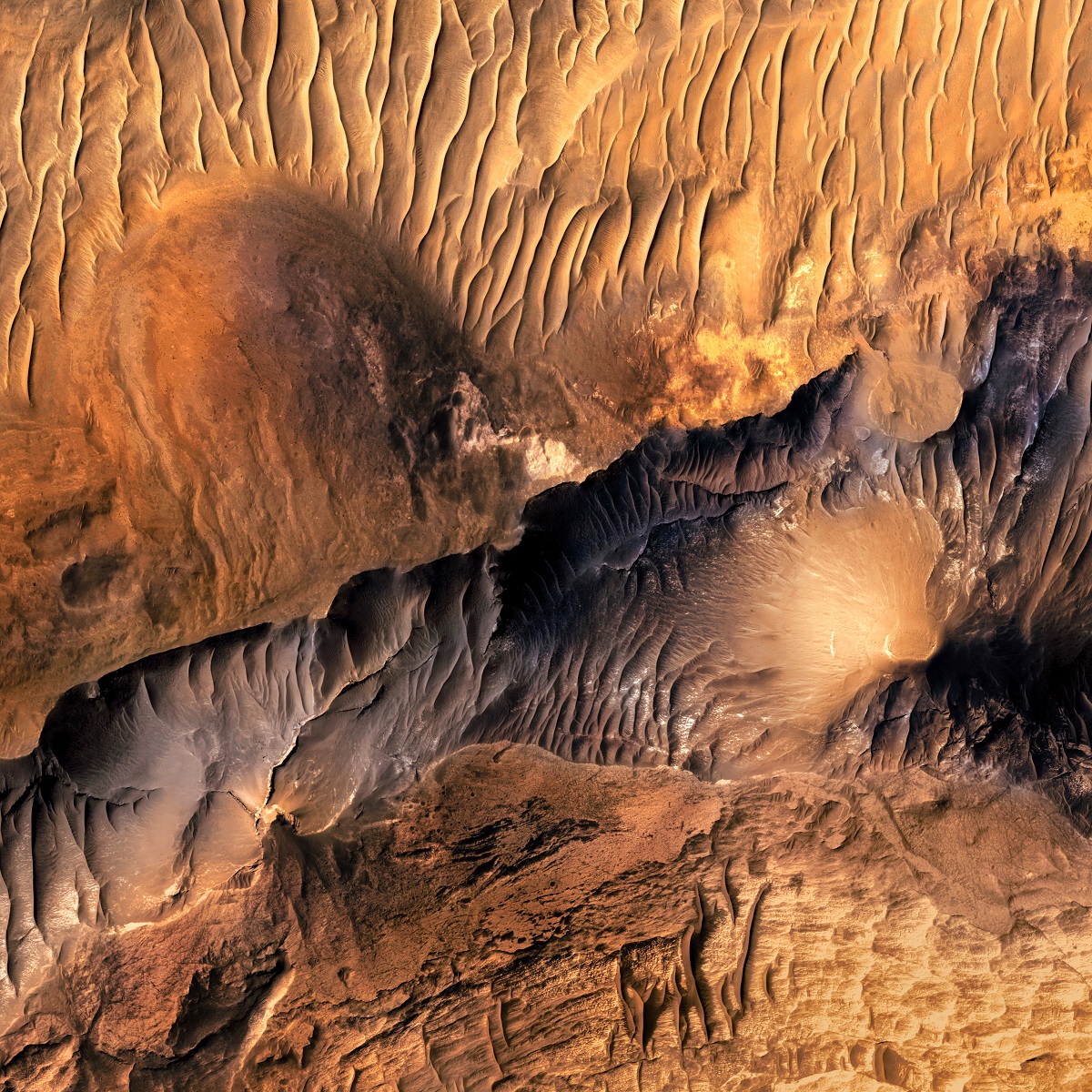
The Red Planet, Mars, holds within its dusty embrace a multitude of geological wonders that continue to baffle scientists. One such marvel is Ius Chasma, a colossal gorge that stretches across the Martian landscape. With its towering cliffs, jagged rock formations, and intricate network of valleys, Ius Chasma presents a geological tapestry unlike anything seen on Earth.
Exploring Ius Chasma offers a glimpse into the geological history of Mars and the powerful forces that have shaped its surface. The towering cliffs and deep chasms bear witness to ancient volcanic activity and tectonic forces that have sculpted the Martian landscape over billions of years. Unraveling the mysteries of Ius Chasma helps us better understand the geological evolution of rocky planets beyond our own.
Mercury Lowlands in the North: Unveiling the Secrets of the Solar System’s Smallest Planet
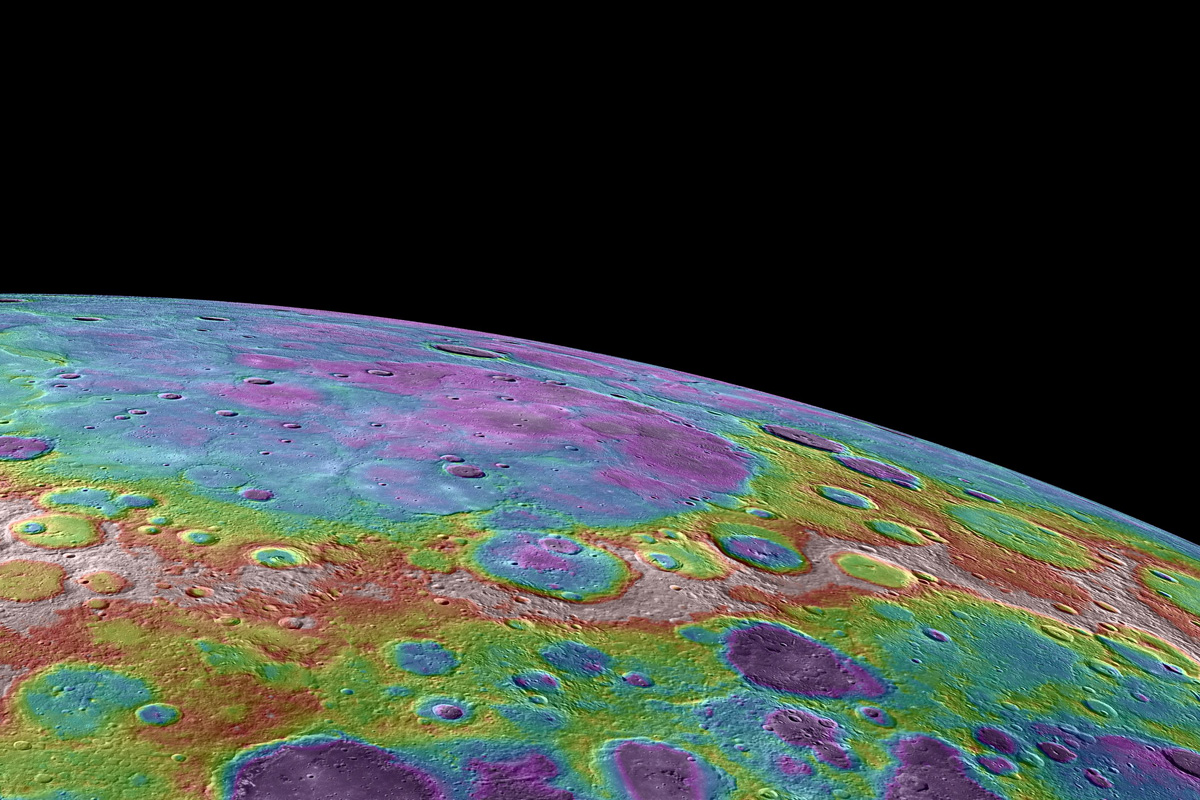
Mercury, the closest planet to the Sun, harbors its own mysteries waiting to be unraveled. The lowlands in the northern hemisphere of Mercury stand out as vast plains, characterized by smooth surfaces and intriguing geological features. These enigmatic lowlands offer a glimpse into the planet’s geological history and the processes that have shaped its surface.
As we delve into the mysteries of Mercury’s lowlands, we discover evidence of volcanic activity and the remnants of ancient impact craters. The smooth plains suggest past volcanic eruptions that blanketed the surface with molten lava, erasing the scars of previous impacts. Unraveling the secrets of Mercury’s lowlands provides valuable insights into the planet’s geological past and the dynamic forces that have shaped its surface.
Butterfly in Nebula NGC 6302: An Ethereal Dance of Stellar Evolution
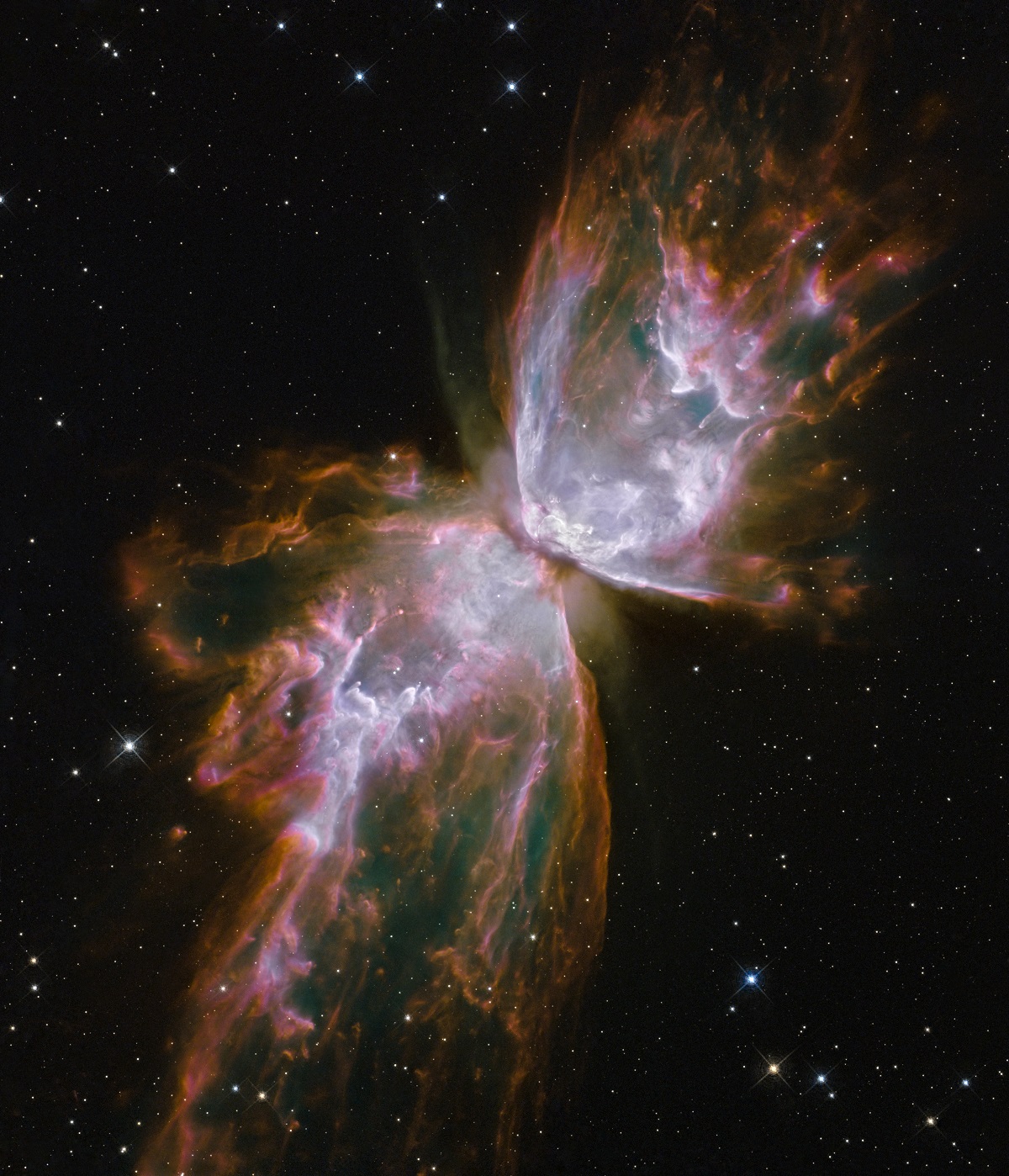
In the vast cosmic tapestry, a mesmerizing phenomenon unfolds—a celestial masterpiece known as the Butterfly Nebula, nestled within the depths of NGC 6302. This breathtaking nebula, with its delicate wings outstretched, tells a cosmic tale of stellar evolution and profound metamorphosis. Embarking on a journey through the intricate labyrinth of the Butterfly Nebula, we see the extraordinary cycle of star birth and death, the ceaseless ebb and flow of interstellar matter, and the transformative forces that shape the fabric of the cosmos. Its resplendent hues and intricate structures beckon us to contemplate the extraordinary beauty that emerges from the cauldron of cosmic upheaval.
At first glance, the Butterfly Nebula appears delicate, like the graceful wings of its namesake. However, beneath its fragile facade lies a tempestuous maelstrom. The seemingly tranquil wings are in fact tumultuous cauldrons of gas, heated to staggering temperatures surpassing 36,000 degrees Fahrenheit. The furious gas hurtles through space at astonishing speeds, exceeding 600,000 miles per hour—an incredible velocity that would carry one from Earth to the Moon in a mere 24 minutes!
At the heart of this cosmic turmoil resides a dying star, once a colossal entity five times the mass of our Sun. Having shed its outer layers, the star now radiates a stream of intense ultraviolet radiation, causing the cast-off material to shimmer and glow. Known as a planetary nebula, this celestial marvel showcases a round appearance reminiscent of a planet when observed through a modest telescope.
Captured by the Wide Field Camera 3 (WFC3) aboard NASA’s Hubble Space Telescope, this stunning image unveils the planetary nebula cataloged as NGC 6302, affectionately dubbed the Bug Nebula or the Butterfly Nebula . Installed during a historic servicing mission in 2009, the WFC3 represents the cutting edge of space imaging technology, enabling us to explore the wonders of the universe with unprecedented clarity. NGC 6302 resides within our own Milky Way galaxy, its ethereal glow emanating from a distance of approximately 3,800 light-years in the constellation Scorpius. Stretching for over two light-years—equivalent to half the distance between our Sun and the nearest star, Alpha Centauri—the resplendent “wings” comprise the expelled outer layers of the central star over a span of 2,200 years.
Curiously, the central star eludes our gaze, concealed within a ring of dust resembling a doughnut, casting a dark band that delicately pinches the heart of the nebula. This dense dust belt restricts the star’s outflow, contributing to the distinctive hourglass or “bipolar” shape commonly observed in planetary nebulae. Bathed in intense heat, the surface temperature of the central star is estimated to reach a staggering 400,000 degrees Fahrenheit, ranking it among the hottest known stars in our galaxy. Ground-based spectroscopic observations have revealed that the surrounding gas maintains an unusually scorching temperature of approximately 36,000 degrees Fahrenheit.
Spiral Galaxy M101: A Stellar Tapestry of Cosmic Splendor
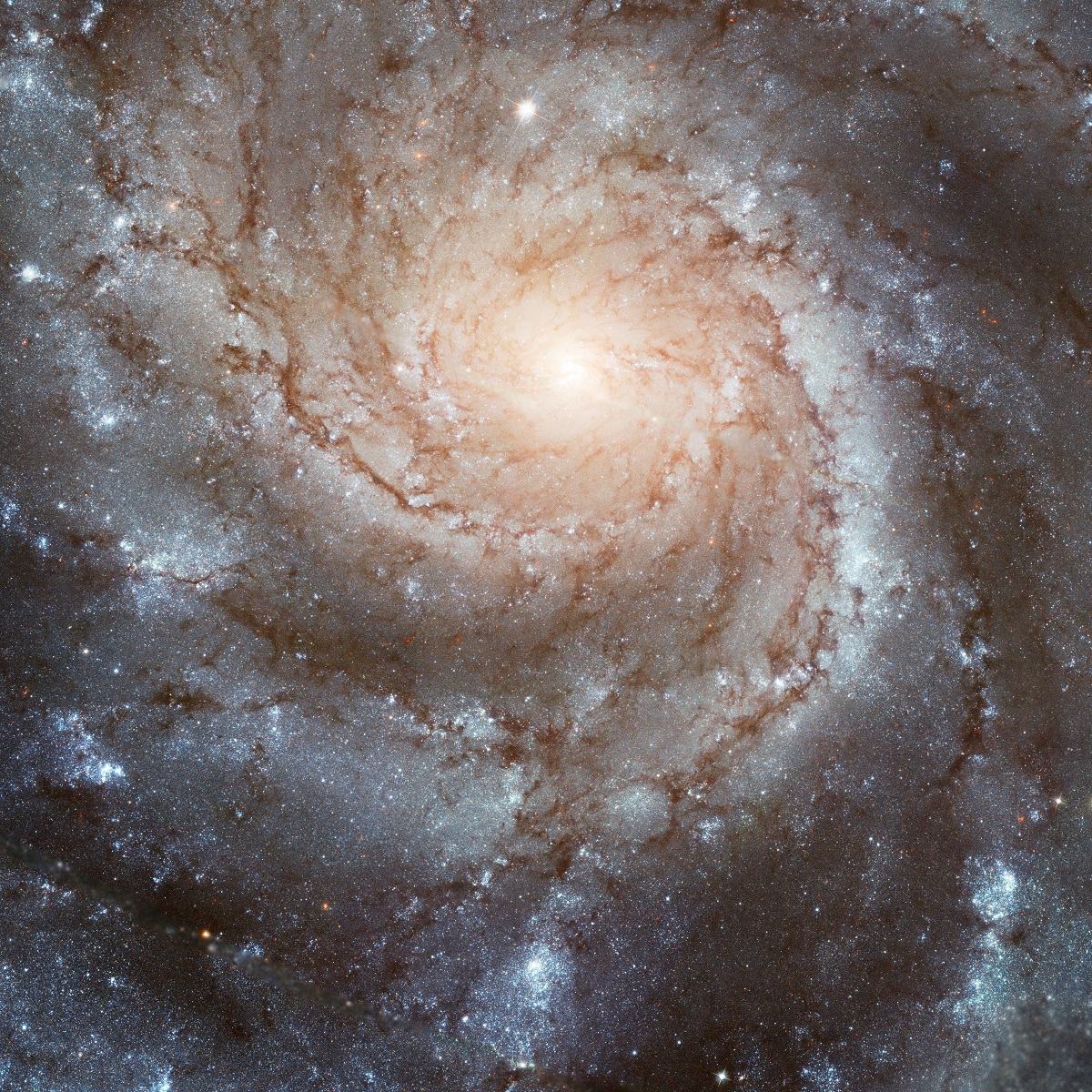
Among the countless galaxies scattered throughout the universe, Spiral Galaxy M101 stands as a masterpiece of celestial artistry. With its sprawling arms, intricate dust lanes, and clusters of brilliant stars, M101 invites us to witness the grandeur of a spiral galaxy in all its splendor.
As we gaze upon the mesmerizing spiral arms of M101, we begin to unravel the secrets of galactic dynamics and the majestic dance of gravity, gas, and stellar birth. Its ethereal beauty reminds us of the vast cosmic tapestry that stretches across the cosmos, with each galaxy telling its own unique story of cosmic evolution.
MACS J0717: A Cosmic Collision of Epic Proportions

In the vast cosmic arena, a titanic clash unfolds in the form of MACS J0717. This galaxy cluster, located billions of light-years away, bears witness to a cataclysmic collision between multiple galaxies on an unprecedented scale.
As we delve into the tumultuous chaos of MACS J0717, we witness the dramatic interplay of gravity, dark matter, and cosmic forces. The collision of galaxies within this cluster creates a cosmic spectacle, distorting space and time, and offering a glimpse into the complex dynamics that shape the large-scale structure of the universe.
Spiral Galaxy M100 WIC3: A Celestial Beacon of Illumination
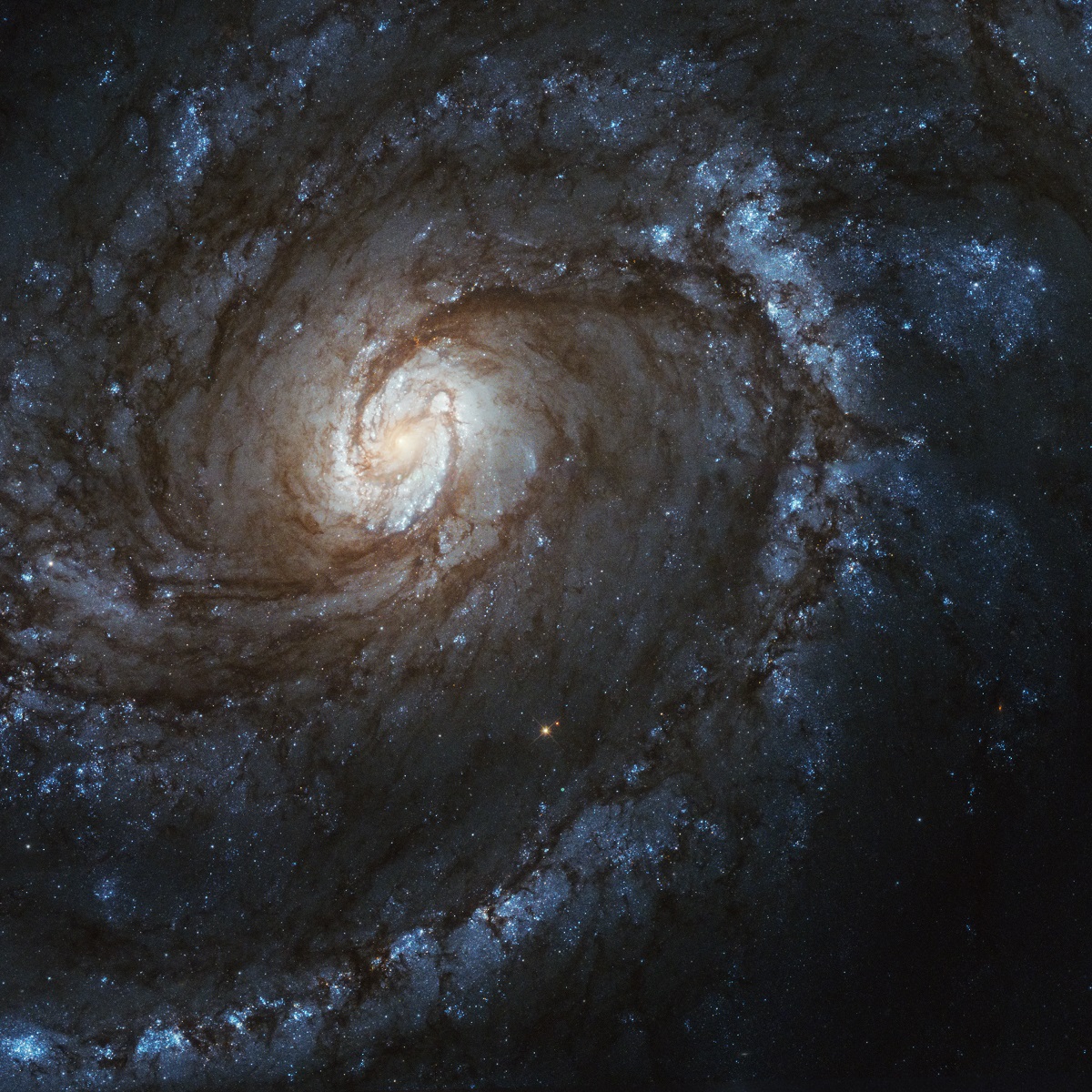
Nestled within the vast cosmic expanse, Spiral Galaxy M100 WIC3 shines as a celestial beacon, captivating astronomers with its radiant beauty and intricate allure. Its spiral arms, adorned with brilliant stars and ethereal interstellar clouds, we see the harmonious balance that pervades the cosmos. Journeying into the depths of M100 WIC3 unveils the enigmatic secrets of galactic evolution, allowing us to witness the mesmerizing interplay between stellar nurseries and the birth of new stars. Its resplendent luminosity and gracefully structured form inspire profound contemplation of the delicate equilibrium that sustains the cosmic order.
As we marvel at the beauty of Spiral Galaxy M100 WIC3 and the remarkable journey of the Hubble Space Telescope, we are reminded of the boundless wonders that await our exploration. From the intricate patterns of star formation to the dance of celestial bodies across the vast cosmic canvas, these cosmic marvels inspire us to venture deeper, embracing the mysteries that lie beyond and fostering a profound appreciation for the profound interconnectedness and balance that permeate the universe.
Juno Spacecraft Flies Past Jupiter: Peering Into the Depths of the Giant
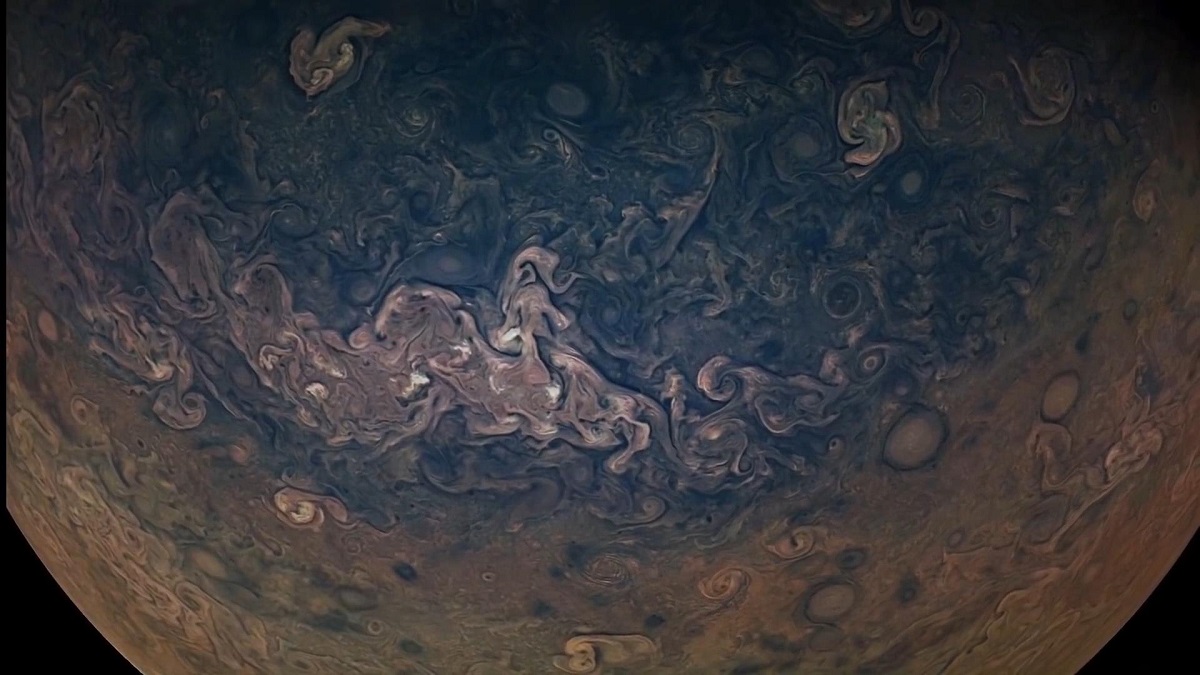
In a daring mission of exploration, NASA’s Juno spacecraft embarked on a journey to unravel the secrets of the largest planet in our solar system—Jupiter. As Juno swooped through the planet’s turbulent atmosphere, it captured breathtaking images and gathered invaluable data that shed light on Jupiter’s composition, magnetic field, and enigmatic weather patterns.
The Juno mission is an example of our insatiable thirst for knowledge and the audacious spirit of exploration. By unraveling the mysteries of Jupiter, we gain a deeper understanding of the formation of our solar system and the mechanisms at play in the giant gas planets that inhabit the cosmos.
Westerlund 2: A Stellar Nursery of Unparalleled Magnitude
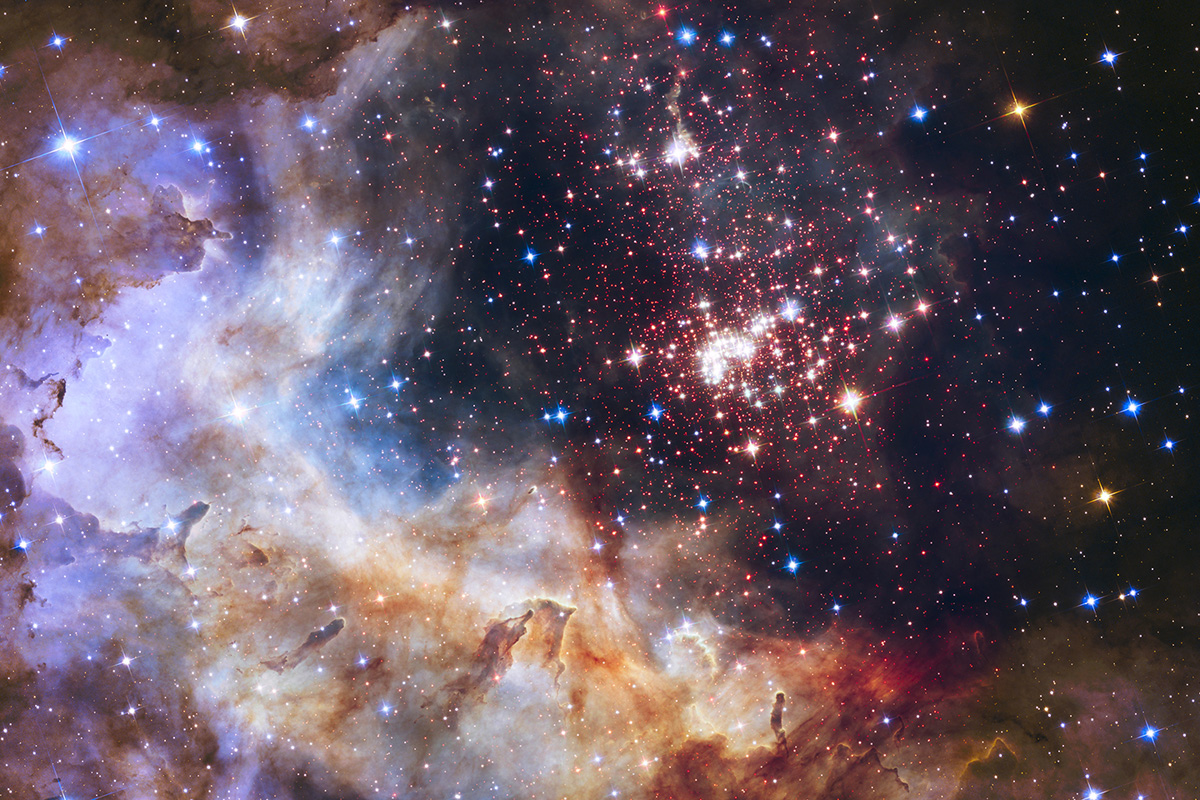
Deep within the Carina Nebula, a celestial cradle of star formation known as Westerlund 2 beckons us with its dazzling display of stellar birth. This young cluster, teeming with massive stars and intricate nebulae, presents a cosmic masterpiece that has eluded our understanding for centuries.
As we peer into the heart of Westerlund 2, we witness the birth of stars that will shape the future of the galaxy. The intense radiation, stellar winds, and dynamic interactions within this stellar nursery provide vital insights into the processes that give birth to massive stars and shape the evolution of galaxies.
Spiral Galaxy M83: A Whirlwind of Galactic Splendor
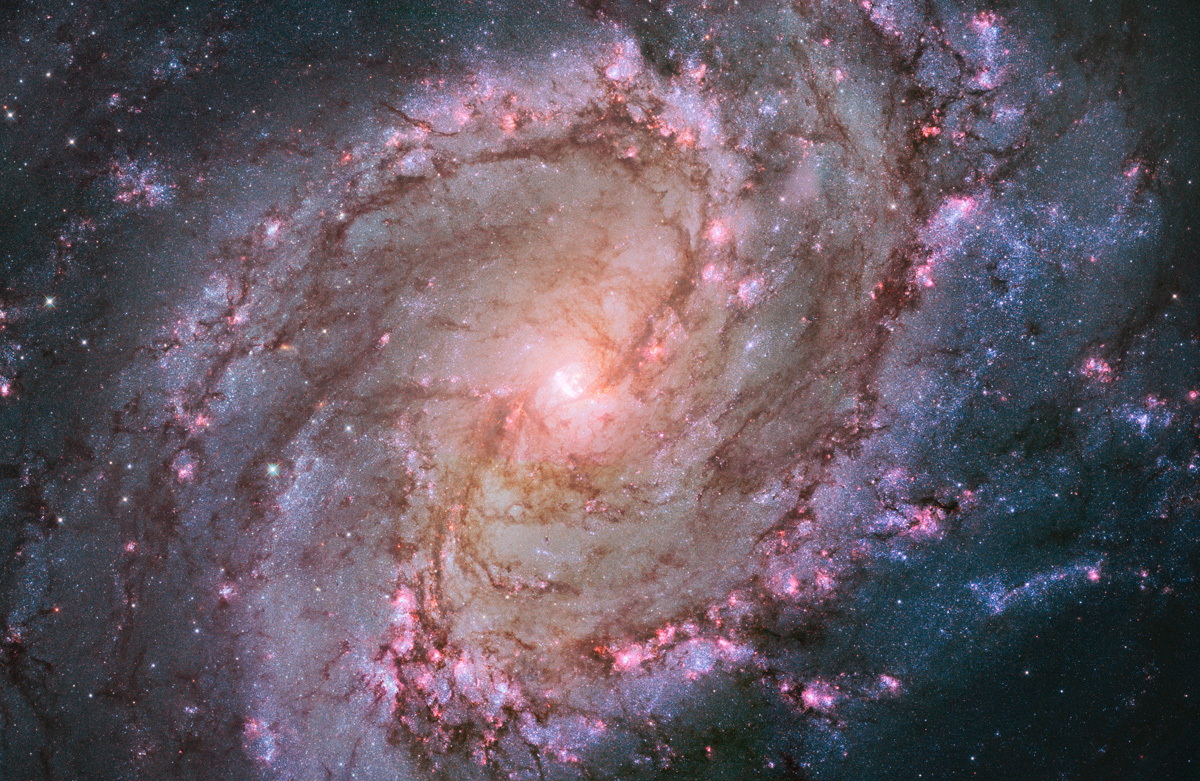
Among the myriad galaxies that dot the cosmos, Spiral Galaxy M83 stands out as a captivating masterpiece of cosmic artistry. Its elegant spiral arms, punctuated by stellar clusters and shimmering dust lanes, beckon us to delve into the mysteries of galactic dynamics.
Exploring the grandeur of M83 unveils the intricate dance of gravity, dark matter, and stellar evolution that shapes the cosmos. Its vibrant colors and intricate structure serve as a reminder of the vast cosmic tapestry in which our own galaxy, the Milky Way, is but a minuscule thread.
AG Carinae: A Luminous Stellar Titan
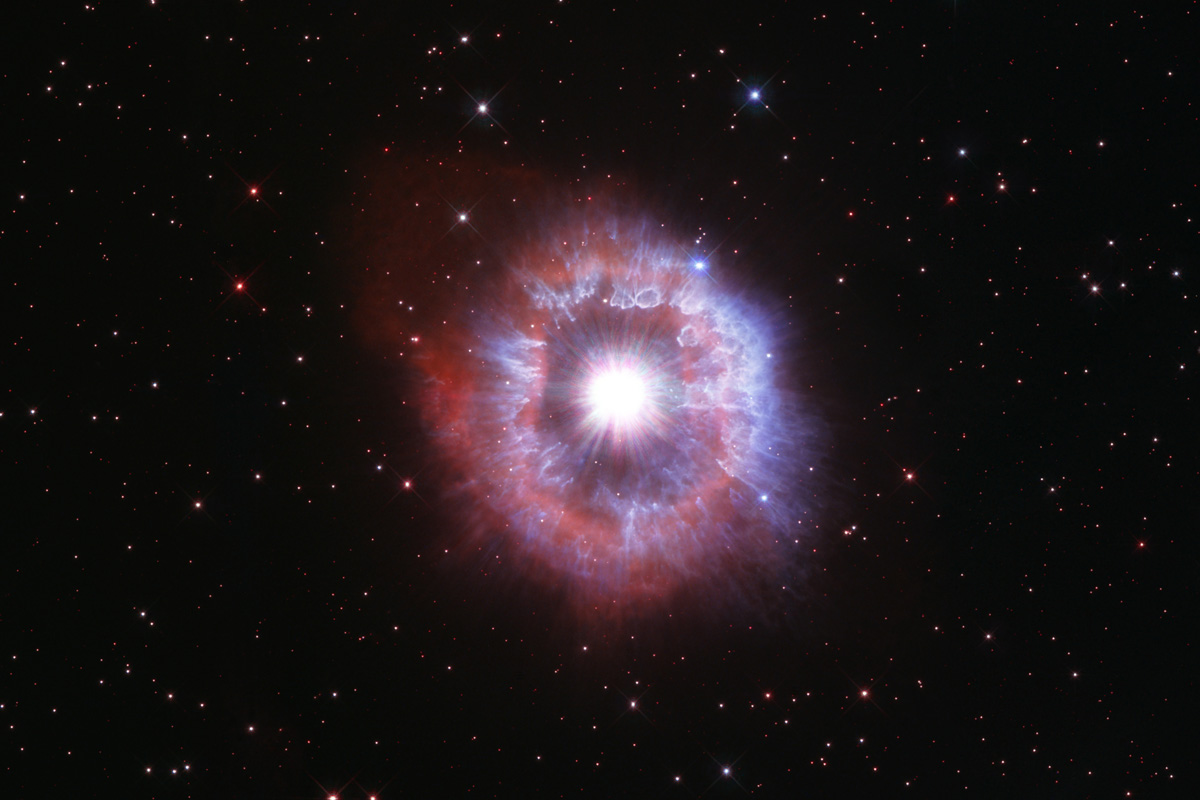
In the constellation Carina, AG Carinae, a massive and unstable star, captivates astronomers with its luminosity and pulsations, shaping its surrounding nebula. The study of AG Carinae provides valuable insights into the explosive nature and complex evolution of massive stars.
AG Carinae is a brilliant star surrounded by a halo of gas and dust. This celestial titan, known as a luminous blue variable, oscillates between gravity and radiation, avoiding self-destruction. AG Carinae resides 20,000 light-years away in our Milky Way galaxy, boasting a lifespan of 5 to 6 million years. This mesmerizing star, up to 70 times more massive than our Sun, offers a glimpse into the fascinating and unstable world of these extraordinary stellar beings.
NGC 3972: A Celestial Jewel in the Coma Berenices
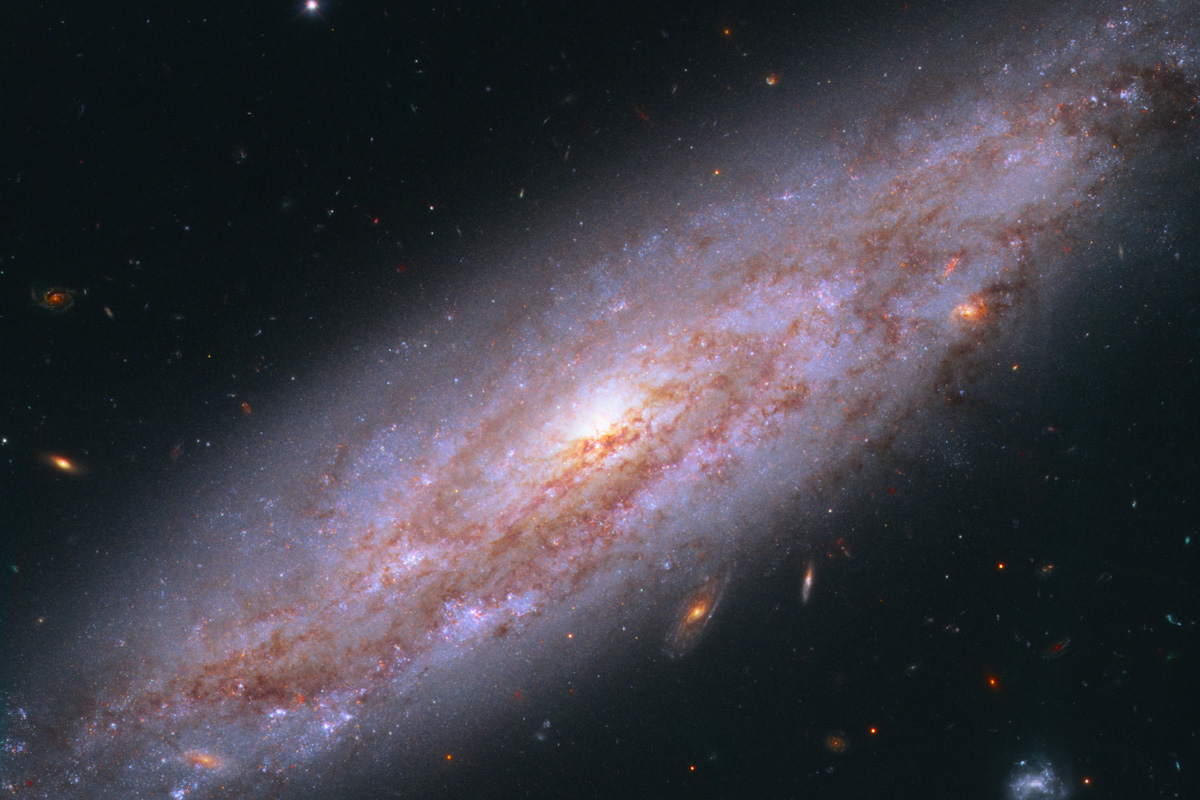
NGC 3972, nestled in Coma Berenices, enchants astronomers with its ethereal allure. This spiral galaxy, adorned with swirling arms and intricate dust lanes, invites us to explore the mysteries of galactic evolution.
As we unravel NGC 3972’s enigmatic nature, we uncover the interplay of gravitational forces, stellar dynamics, and cosmic evolution. Its vibrant colors and delicate structure offer a glimpse into the dance of stars and gas that shapes the cosmos.
These Hubble images capture NGC 3972 (left) and NGC 1015 (right), aiding a project to improve the precision of the universe’s expansion rate. Yellow circles mark Cepheid variables, ideal for measuring distances, while cross-shaped features denote Type Ia supernovae. By calibrating their brightness, astronomers refine distance calculations and the universe’s expansion rate.
Curious Galaxy: A Cosmic Riddle of Intrigue
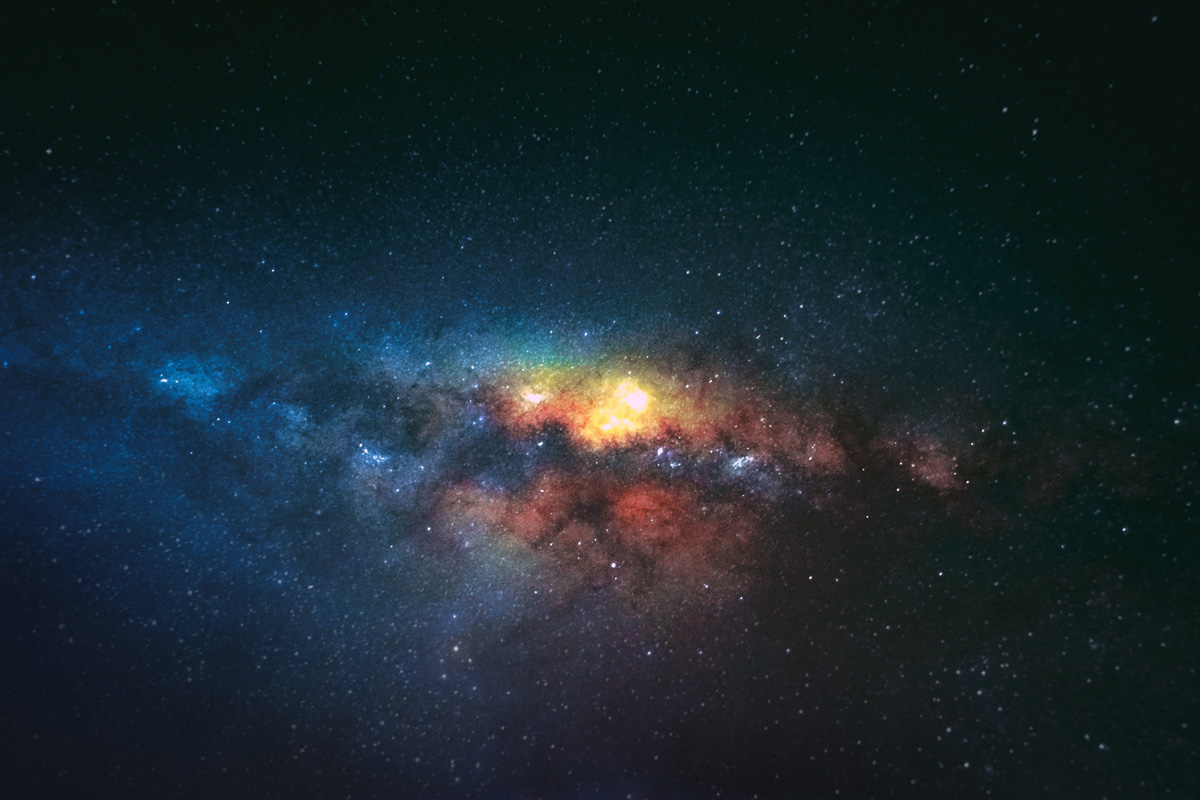
In the vast cosmic tapestry, one galaxy stands out as a peculiar and enigmatic entity—the Curious Galaxy. This irregular galaxy defies conventional classification, boasting a unique shape and an uncanny arrangement of stars and gas clouds.
The Curious Galaxy challenges our understanding of galactic evolution, urging us to question the forces and mechanisms that have shaped it over billions of years. Its irregularity presents a cosmic riddle waiting to be solved, offering insights into the diverse array of galactic forms that populate the universe.
NGC 3627: Delving into the Secrets of the Triangulum Galaxy
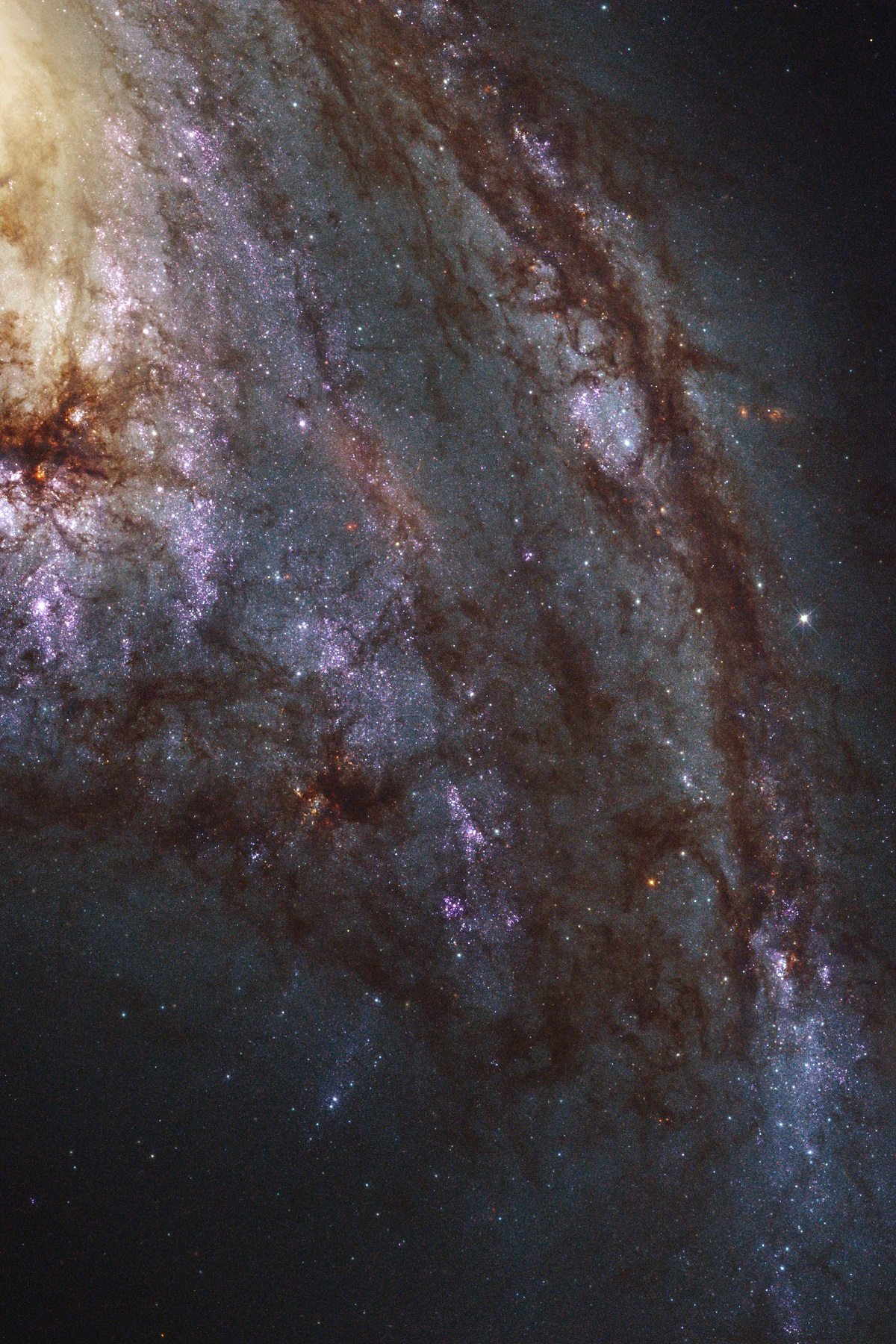
As we embark on a journey through NGC 3627, we unravel the mechanisms that govern the formation and evolution of spiral galaxies. From stellar birth to the complex dynamics of interstellar gas and dust, this galactic wonder offers a window into the intricate processes that shape our universe.
Galaxy ESO 137-001: A Cosmic Clash of Titans
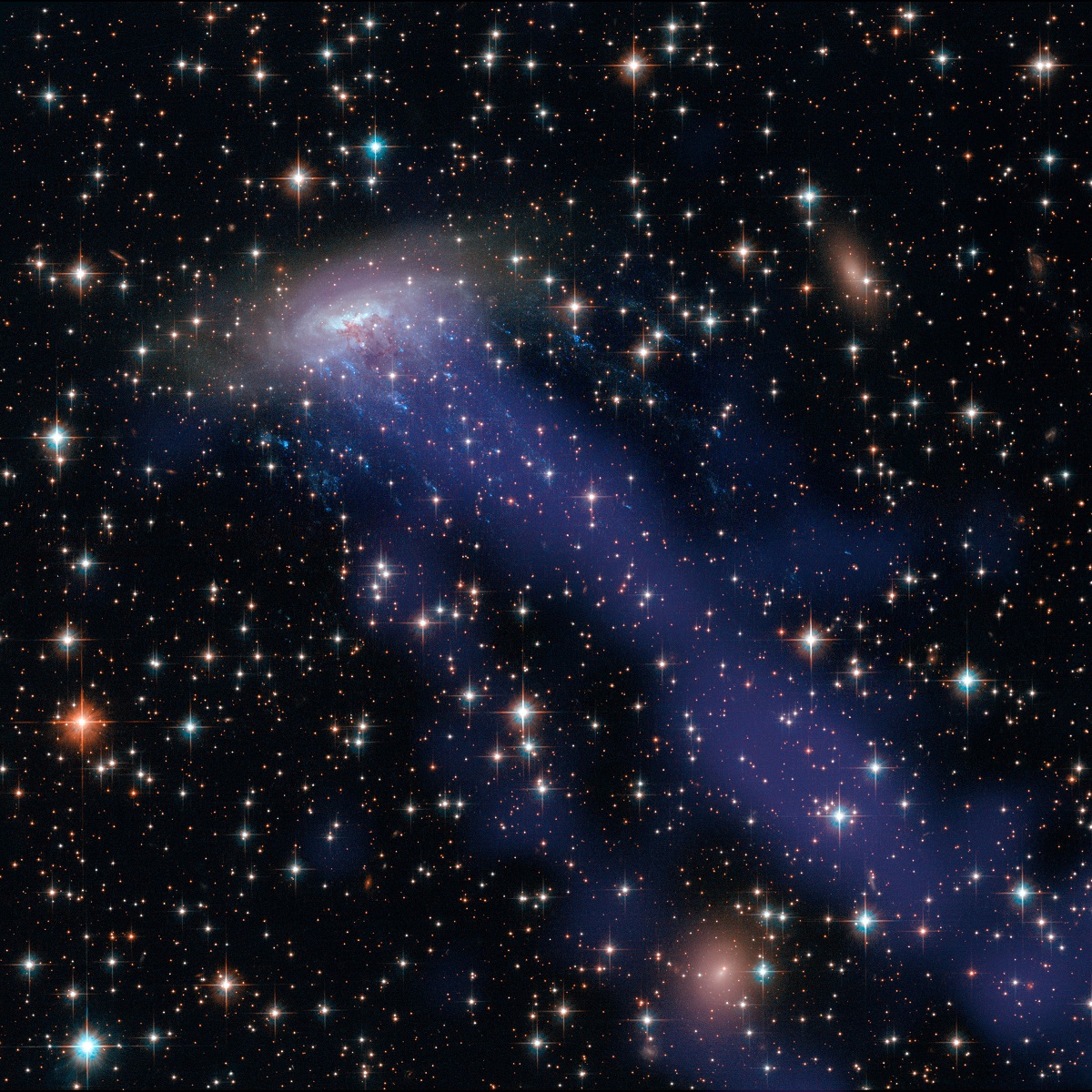
In the depths of the universe, a titanic clash unfolds as two galaxies, ESO 137-001 and its smaller companion, engage in a cosmic dance of gravity and destruction. This galactic collision produces a breathtaking spectacle, with vibrant colors and intricate structures illuminating the cosmic battlefield.
Exploring the collision of ESO 137-001 provides invaluable insights into the consequences of galactic interactions and the transformative power of cosmic collisions. The gravitational forces at play reshape the galaxies, triggering bursts of star formation and shaping the destiny of celestial objects.
Valles Marineris on Mars: Descending into the Red Planet’s Epic Chasm
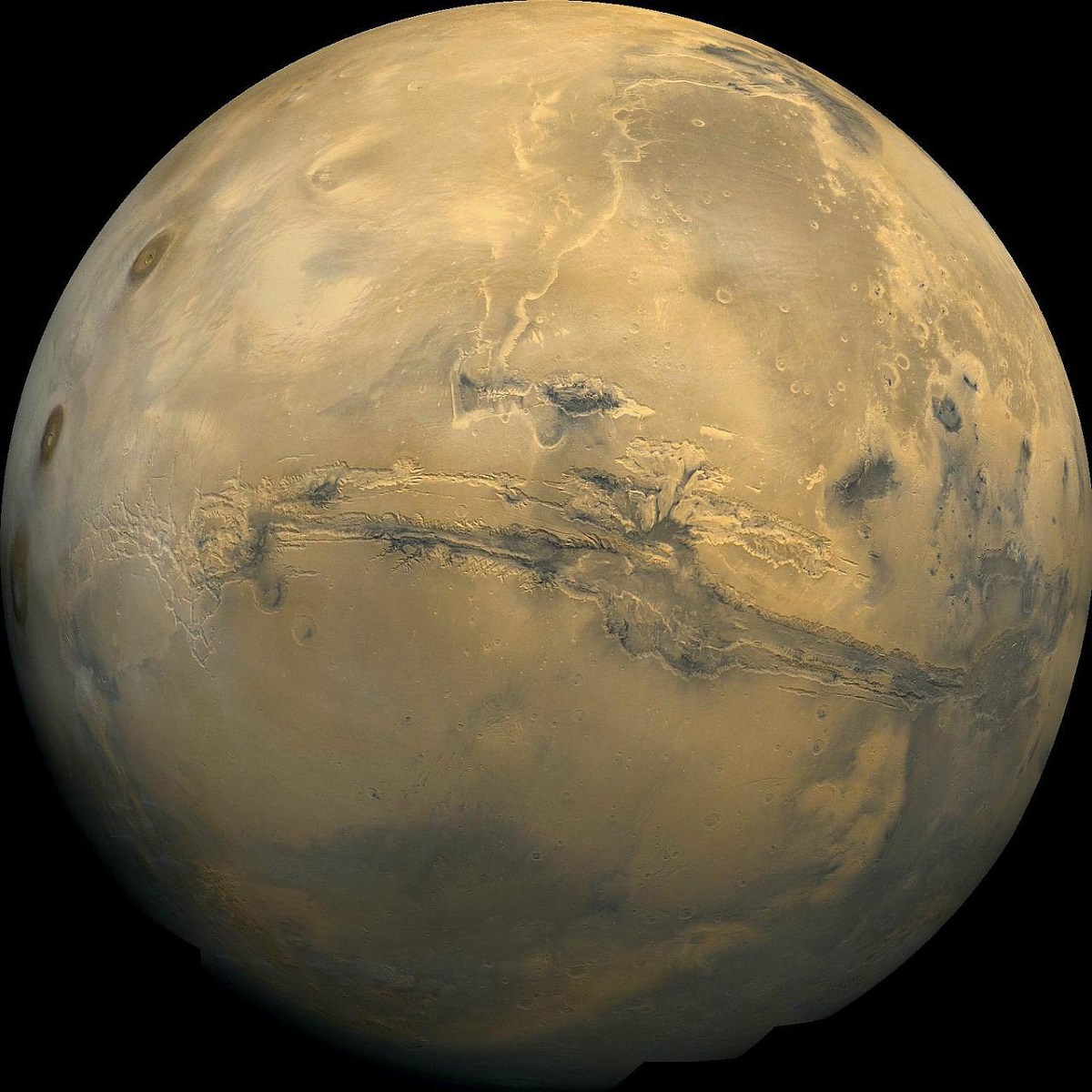
On the surface of Mars lies a colossal rift that stretches over 4,000 kilometers—a chasm known as Valles Marineris. This immense geological formation dwarfs the Grand Canyon and offers a window into Mars’ tumultuous past.
Descending into Valles Marineris, we witness towering cliffs, ancient riverbeds, and vast canyons that hint at a complex history of Martian geology. Unraveling the mysteries of this awe-inspiring chasm provides invaluable insights into the planet’s geological evolution and the potential for past or present life on Mars.
Double Quasars: Cosmic Duets of Supermassive Black Holes
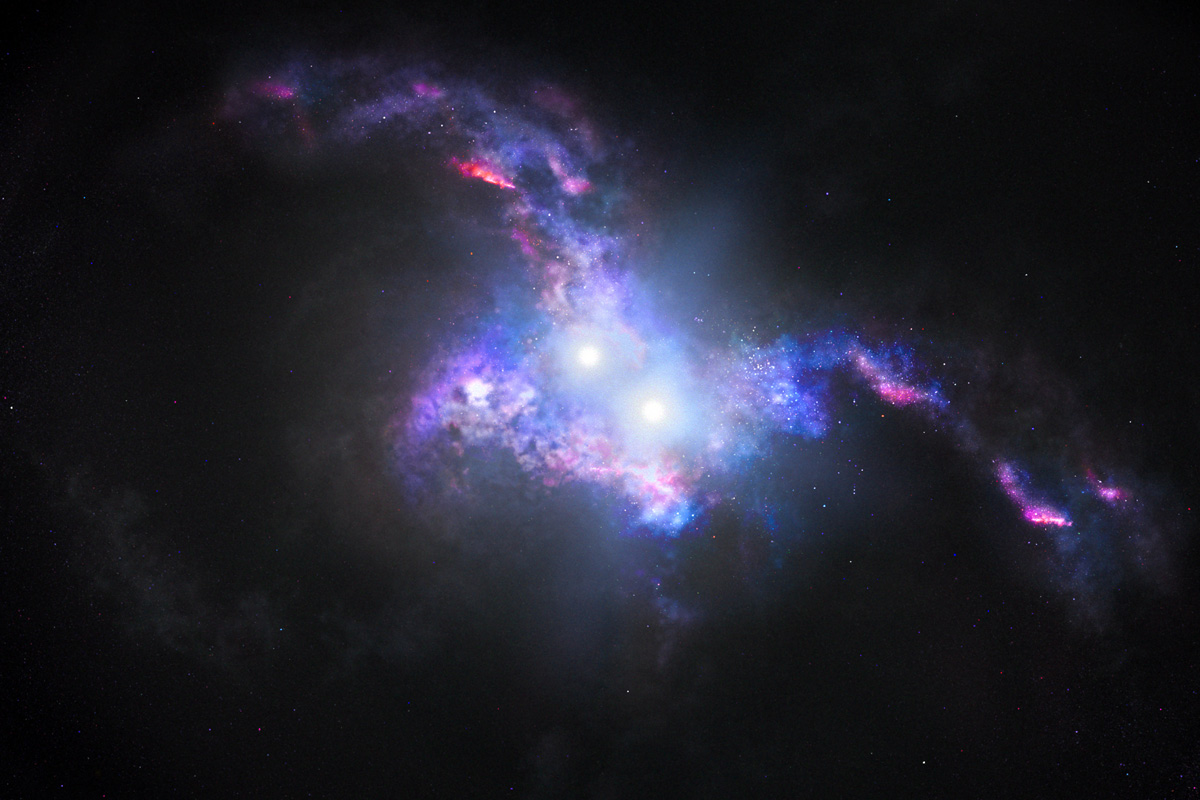
In the depths of space, a captivating phenomenon awaits—double quasars. These rare celestial entities consist of two supermassive black holes locked in a cosmic dance, emitting brilliant beams of energy that pierce the fabric of space-time.
Exploring the intricacies of double quasars allows us to probe the nature of gravity, black holes, and the dynamics of galactic mergers. These cosmic duets offer a unique opportunity to witness the cataclysmic events that shape the evolution of galaxies.
Starry Wreath in Pegasus: A Celestial Halo of Stellar Beauty
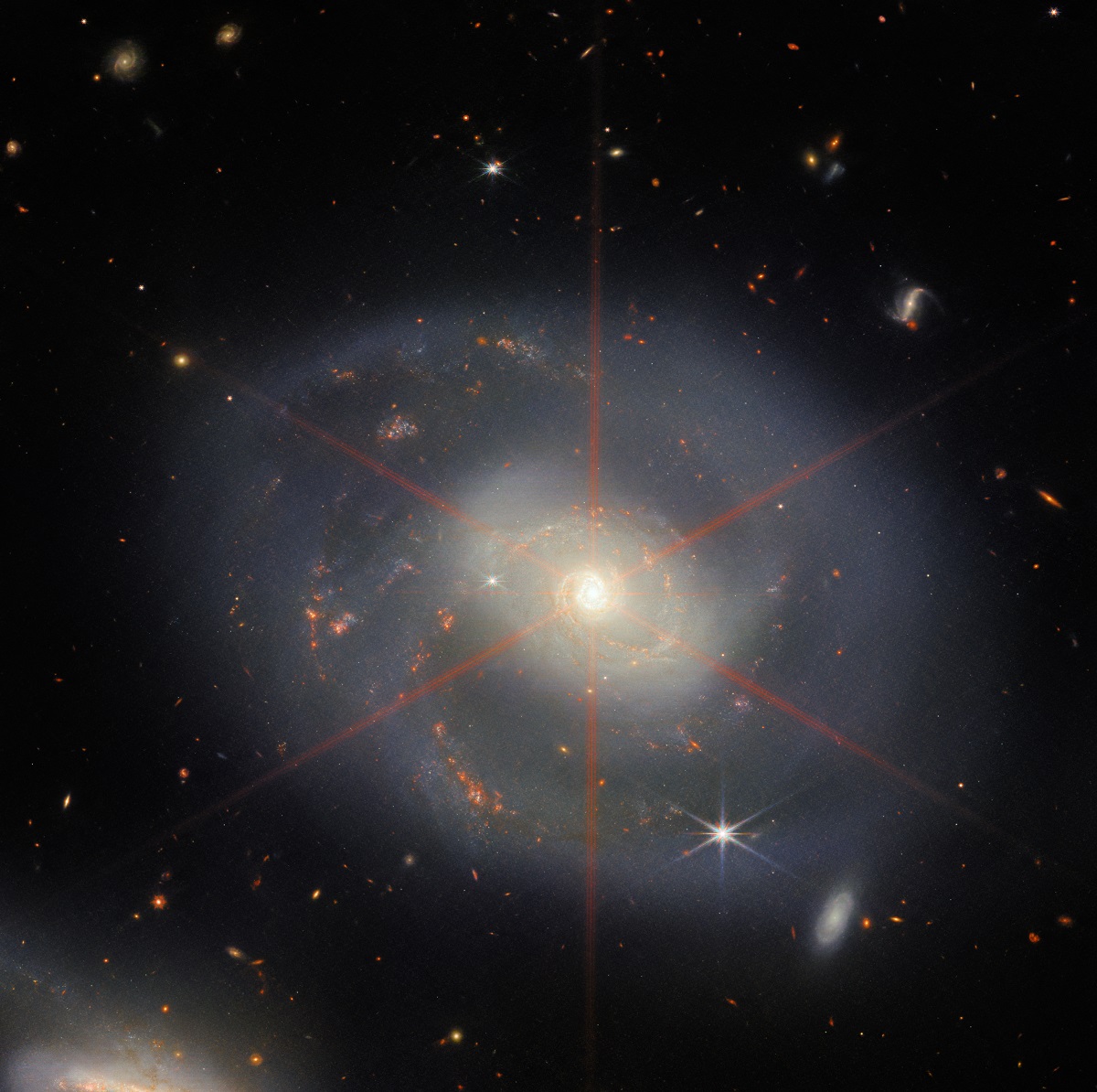
Nestled within the constellation Pegasus, a breathtaking sight unfolds—the Starry Wreath. This ethereal formation comprises a dazzling array of stars that form a halo, casting a captivating glow across the cosmic canvas.
As we gaze upon the Starry Wreath, we contemplate the intricate beauty and complexity of stellar clusters, their formation, and their significance in the grand tapestry of the universe.
Blue Stars Ring of Galaxy AM 0644-741: A Radiant Celestial Jewel
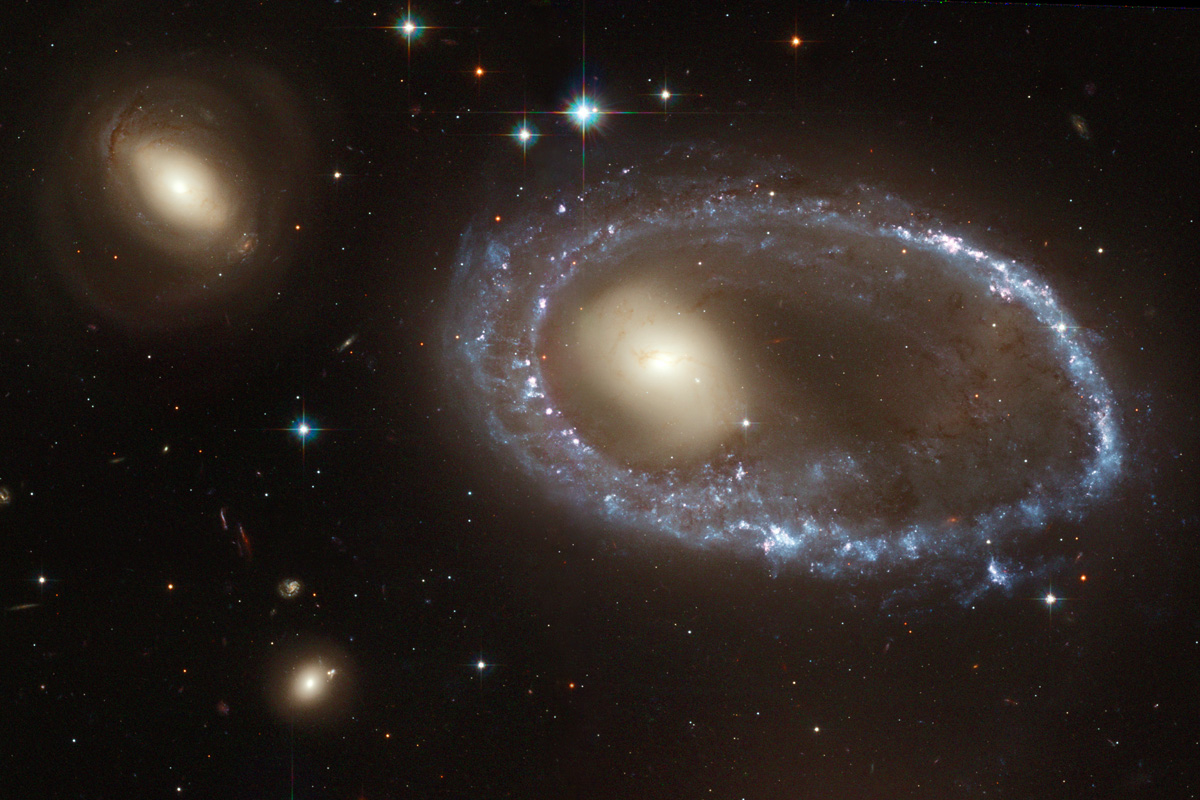
In the depths of the cosmos, the galaxy AM 0644-741 reveals a mesmerizing secret—a ring of brilliant blue stars encircling its core. This celestial jewel captivates our imagination with its luminosity and intricate structure.
Exploring the Blue Stars Ring of Galaxy AM 0644-741 unveils the dynamics of star formation, galactic interactions, and the mysteries of cosmic collisions. Its radiant beauty reminds us of the cosmic forces that shape galaxies and create breathtaking celestial phenomena.
Heart of the Phantom Galaxy: Unraveling the Mysteries of a Celestial Enigma
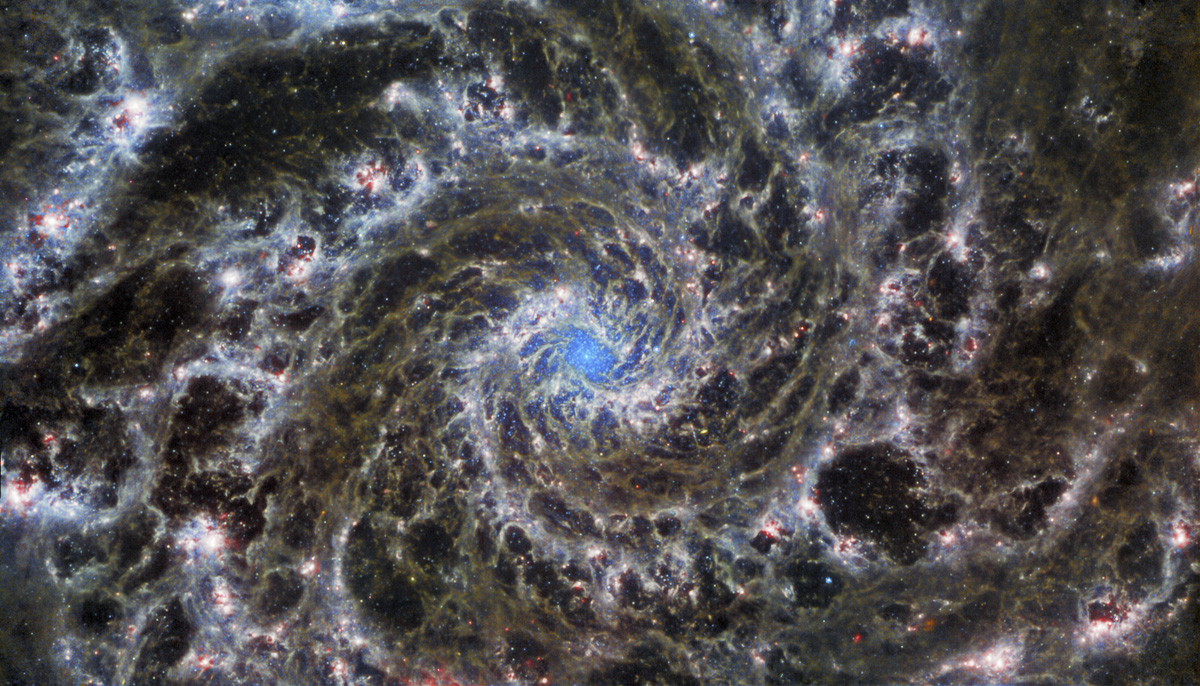
Deep within the cosmic abyss, the Heart of the Phantom Galaxy beckons us with its enigmatic allure. This captivating region, shrouded in cosmic dust and stellar intrigue, offers a tantalizing glimpse into the birth and evolution of galaxies.
As we unravel the secrets of the Heart of the Phantom Galaxy, we are propelled into a realm of gravitational interactions, stellar nurseries, and cosmic collisions. This enigmatic wonder fuels our quest to understand the fundamental forces that shape the universe.
Stars in the Cosmos: Jewels of Cosmic Splendor
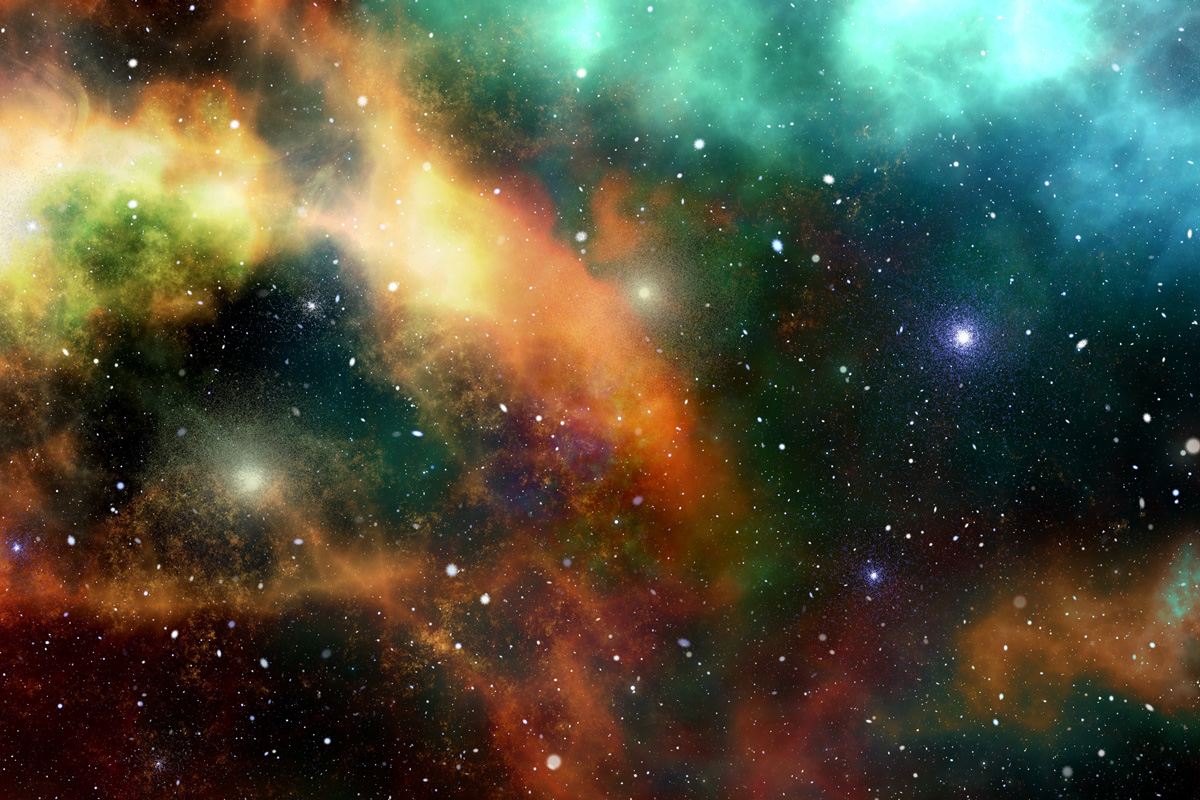
The stars, scattered across the vastness of space, have captivated the human imagination for millennia. From the fiery brilliance of supernovae to the gentle glow of distant suns, the Stars in the Cosmos illuminate the cosmic stage with their dazzling beauty.
Delving into the world of stars reveals a diverse array of celestial phenomena, from pulsars and neutron stars to the birth and death of massive suns. Each stellar entity shows the grandeur and intricacies of the cosmic ballet in which they dance.
NGC 1015: A Celestial Gem in the Galactic Tapestry
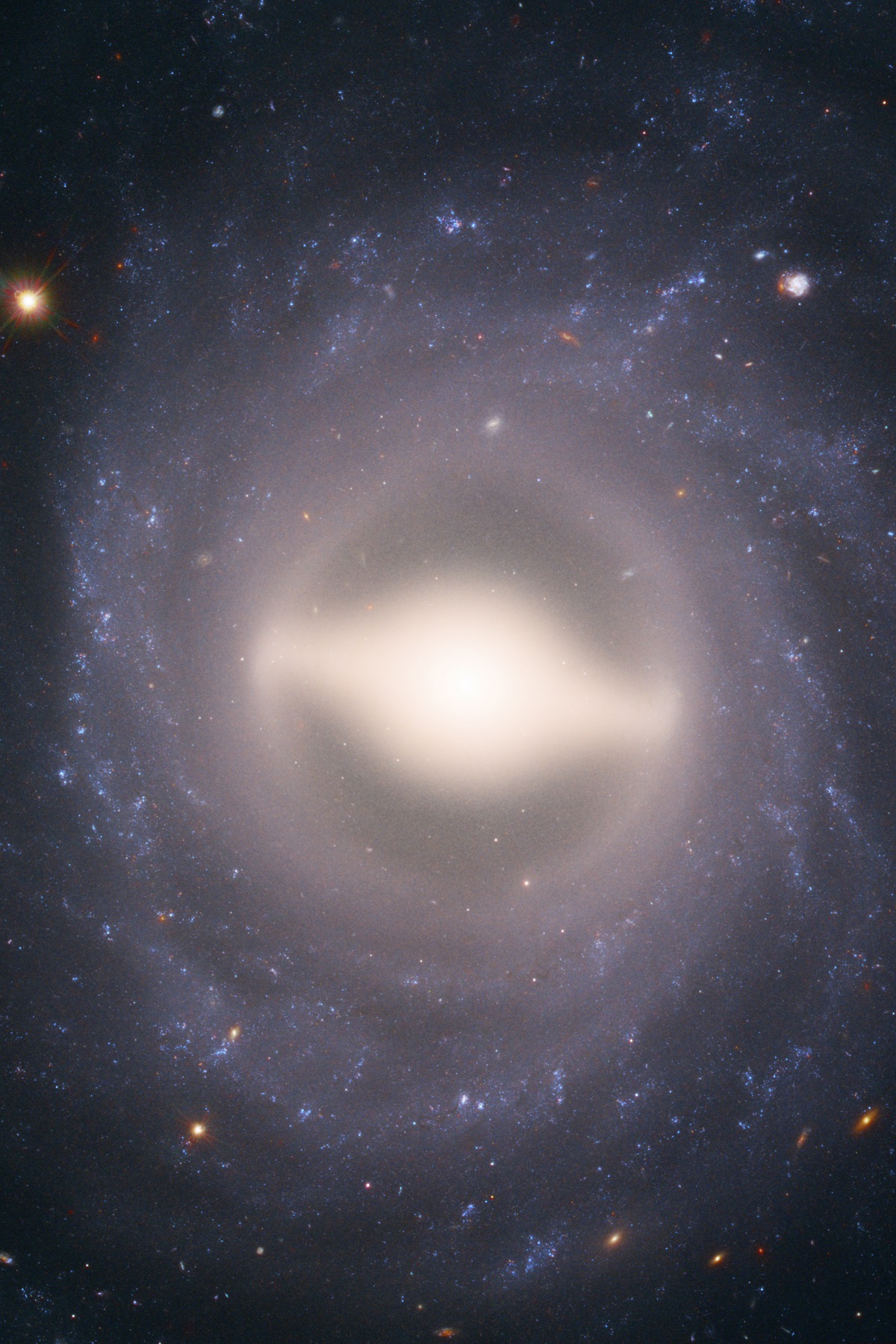
NGC 1015, a celestial gem among countless galaxies, enthralls with its elegant arms and intricate structure, inviting us to explore the cosmic masterpiece of galactic evolution.
Within NGC 1015’s depths, the interplay of gravity, dark matter, and stellar processes shape the destiny of galaxies, reminding us of the vast cosmic tapestry in which our Milky Way humbly exists.
Pluto: Unmasking the Mysteries of the Dwarf Planet
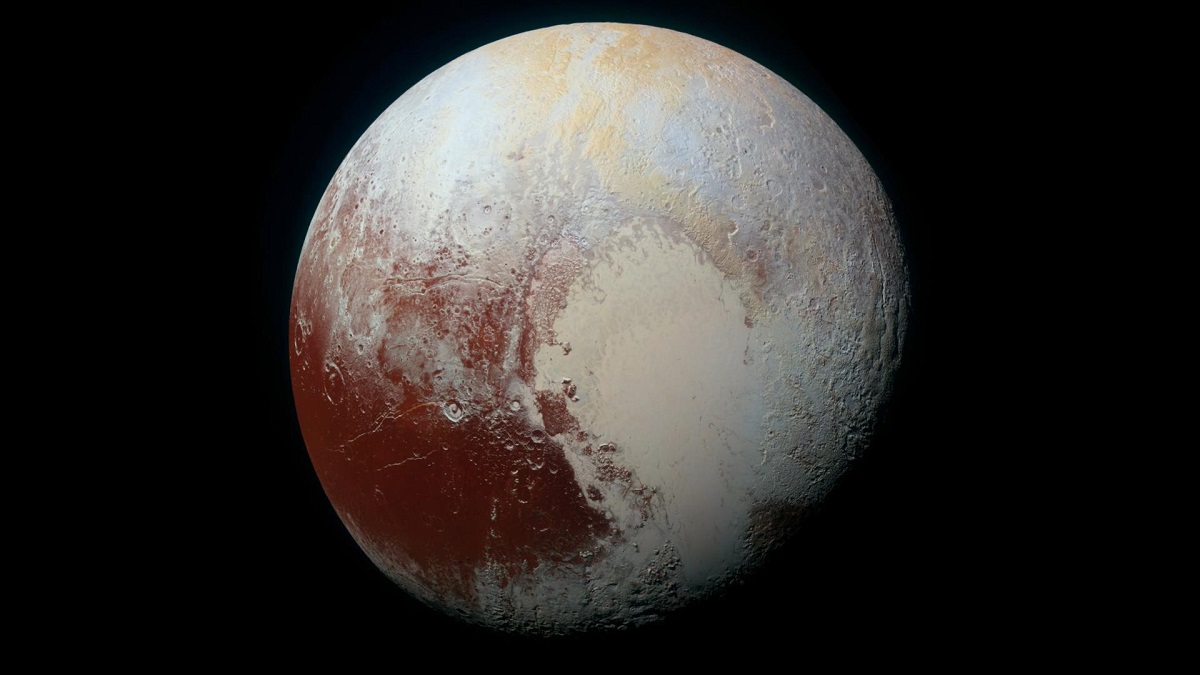
At the fringes of our solar system, the diminutive yet intriguing Pluto orbits in perpetual solitude. Once considered the ninth planet, this dwarf planet holds a wealth of secrets that continue to fascinate astronomers and space enthusiasts alike.
Unmasking the mysteries of Pluto unravels the dynamics of icy worlds, the Kuiper Belt, and the remnants of our solar system’s early history. The exploration of this icy dwarf offers valuable insights into the formation and evolution of planetary bodies in the outer reaches of our cosmic neighborhood.
The Galactic Center in Infrared Light: Peering into the Heart of the Milky Way
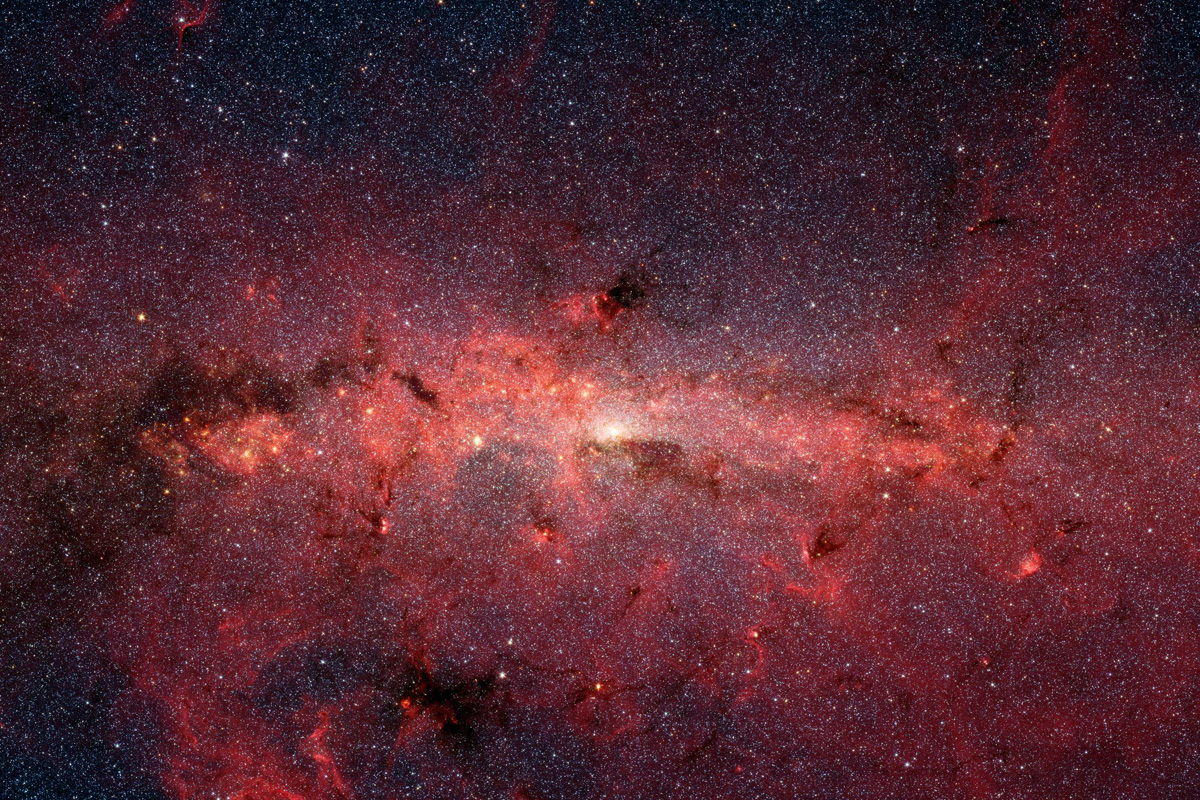
NGC 1015, a celestial gem among countless galaxies, enthralls with its elegant arms and intricate structure, inviting us to explore the cosmic masterpiece of galactic evolution.
Within NGC 1015’s depths, the interplay of gravity, dark matter, and stellar processes shape the destiny of galaxies, reminding us of the vast cosmic tapestry in which our Milky Way humbly exists.
Desert Ribbons in Africa: Nature’s Artistry Reflected in Space
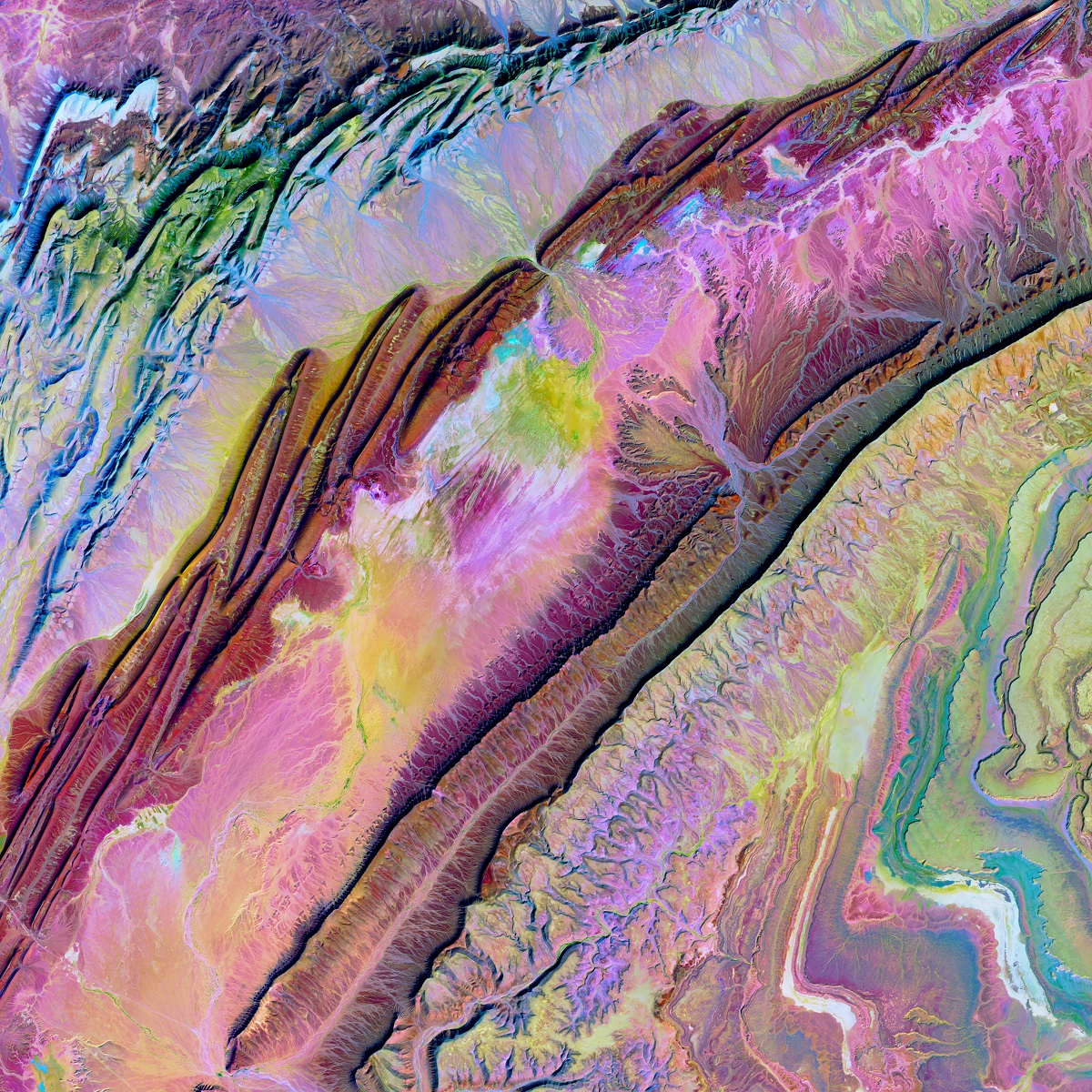
On the arid landscapes of Africa, a mesmerizing phenomenon unfolds—the Desert Ribbons. These striking patterns, etched on the Earth’s surface, bear a striking resemblance to the cosmic wonders we find in space.
Contemplating the Desert Ribbons leads us to ponder the interconnectedness of Earth and the cosmos. They serve as a reminder that the beauty and marvels of the universe can be found not only in the depths of space but also in the intricate and harmonious patterns of our own planet.
Dwarf Starburst Galaxy Henize 2-10: A Stellar Firework of Cosmic Proportions
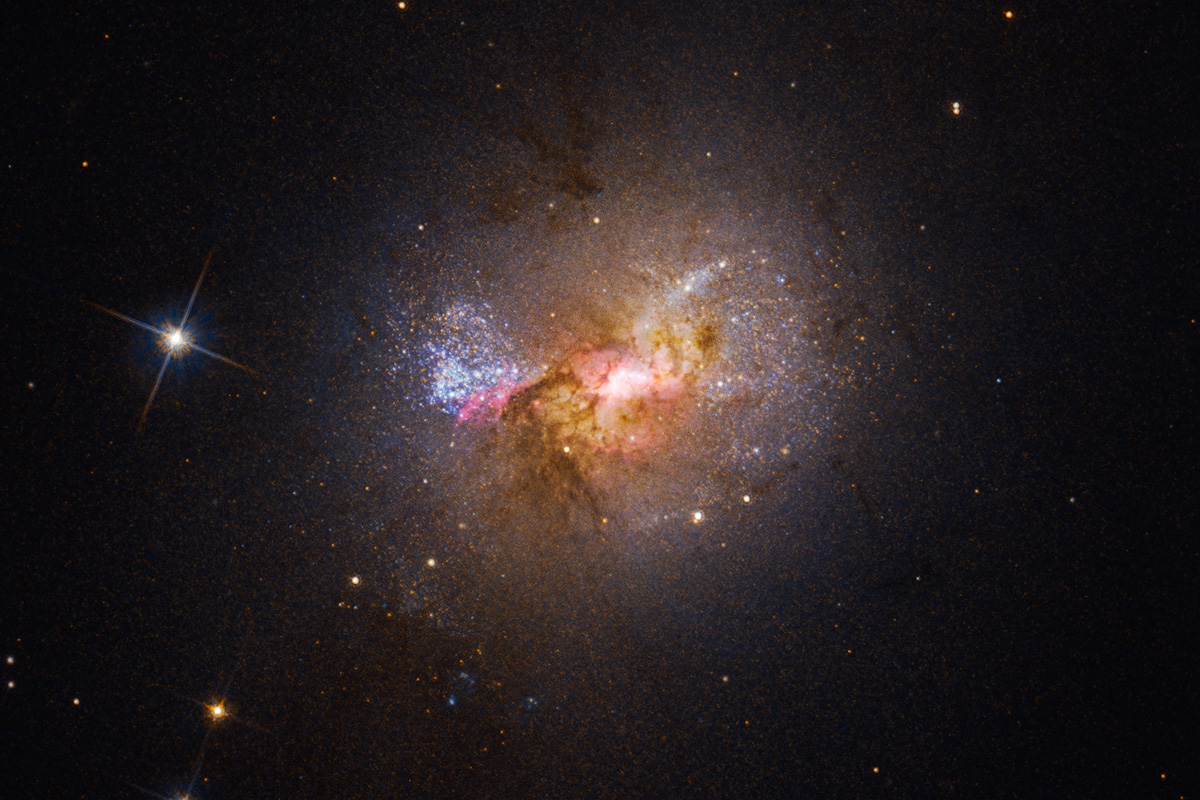
In the vast cosmic sea, the Dwarf Starburst Galaxy Henize 2-10 shines as a celestial firework display. This compact galaxy, characterized by intense star formation, challenges our understanding of the conditions that give rise to such explosive stellar birth.
Studying Henize 2-10 unveils the mechanisms that drive starburst activity, as well as the complex interplay between galactic gas, dust, and gravity. It provides valuable insights into the transformative power of star formation and its role in shaping the destiny of galaxies.
Hubble Captures a Ring: A Celestial Ballet of Beauty
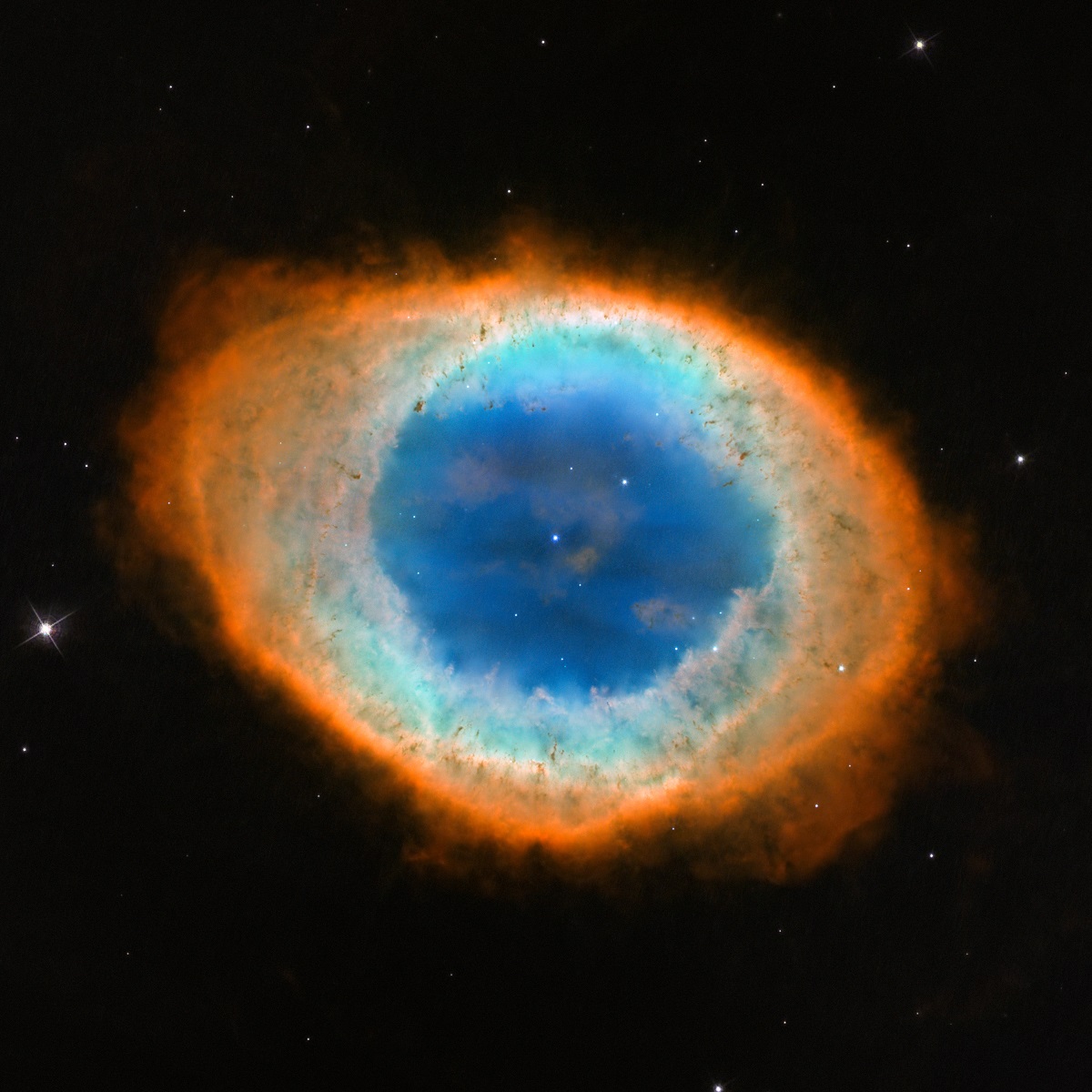
The Hubble Space Telescope, our window into the cosmos, captures an enchanting sight—a celestial ring adorning the vastness of space. This ethereal structure, shaped by cosmic forces and intricate interactions, showcases the delicate balance between gravity and stellar dynamics.
As we gaze upon this celestial ring, we contemplate the grand dance of celestial objects, the ebb and flow of galaxies, and the awe-inspiring beauty that exists beyond the confines of our planet. It serves as a reminder of the infinite wonders that await our exploration.
Core of the Crab Nebula: A Glimpse into the Heart of Stellar Destruction
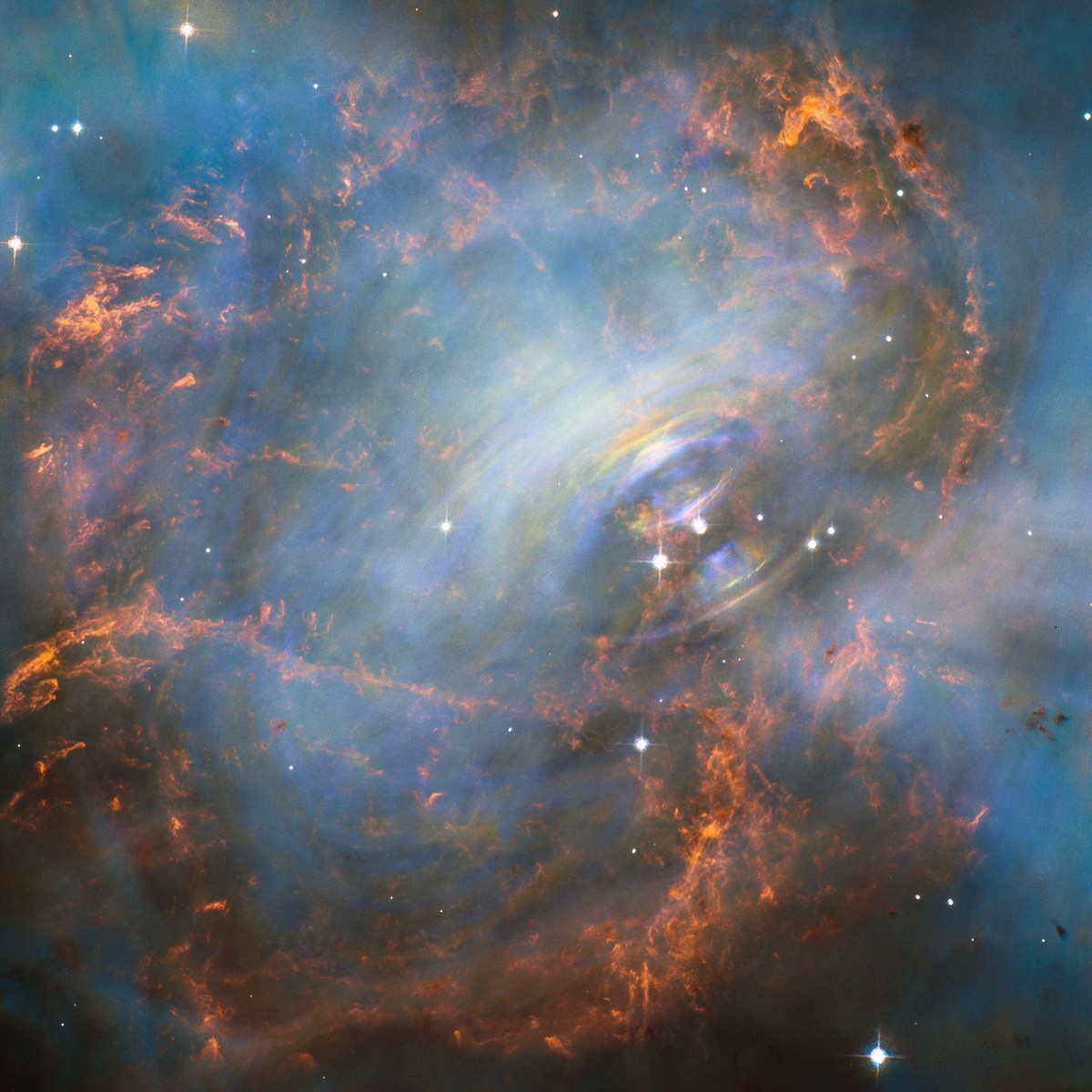
Deep within the remnants of a supernova explosion lies a cosmic wonder—the Core of the Crab Nebula. This pulsar-powered nebula pulsates with intense energy and reveals the aftermath of a celestial cataclysm.
While many other images of the famous Crab Nebula nebula have focused on the filaments in the outer part of the nebula, this image shows the very heart of the Crab Nebula including the central neutron star — it is the rightmost of the two bright stars near the centre of this image. The rapid motion of the material nearest to the central star is revealed by the subtle rainbow of colors in this time-lapse image, the rainbow effect being due to the movement of material over the time between one image and another.
Venturing into the Core of the Crab Nebula takes us on a journey through time, witnessing the explosive death of a massive star and the birth of a pulsar. By studying this energetic phenomenon, we gain valuable insights into the processes that drive stellar evolution and the intricate interplay between gravity, radiation, and magnetic fields.
Waves Breaking in the Stellar Lagoon: An Oceanic Spectacle in the Cosmos
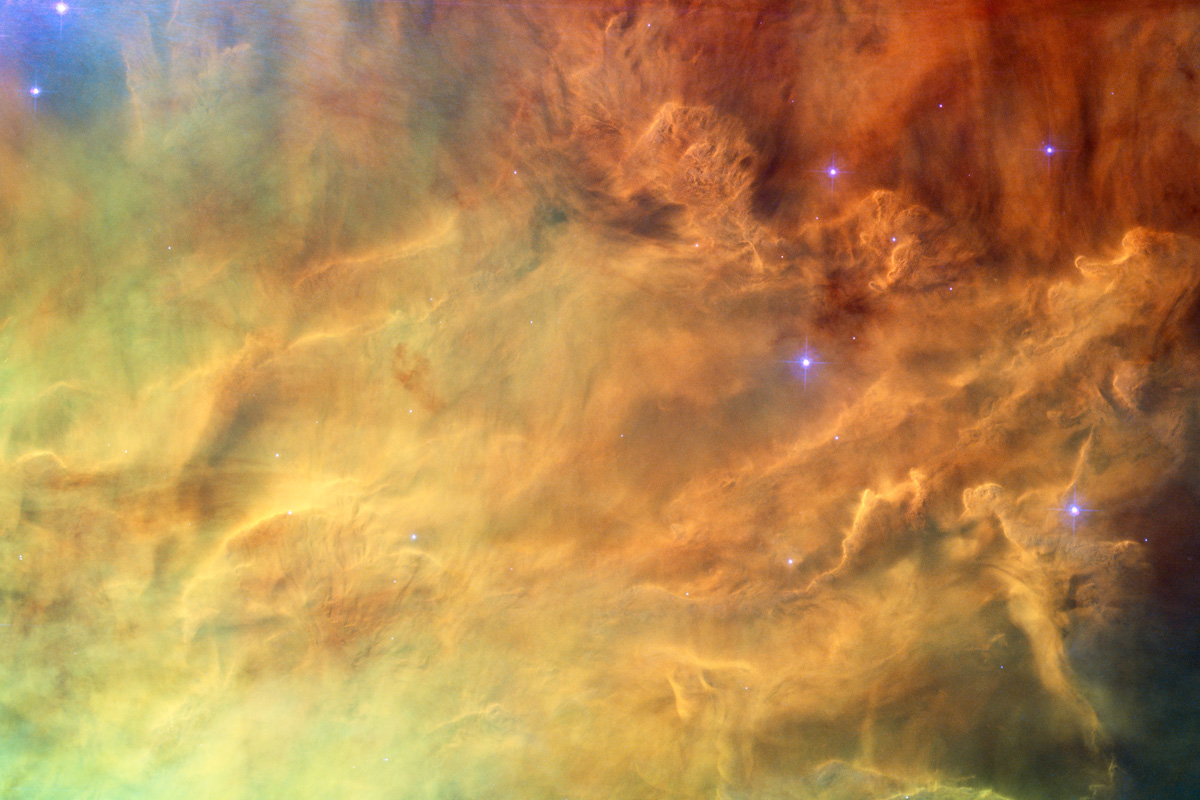
In the depths of the Stellar Lagoon, a breathtaking sight unfolds—a cosmic ocean of waves breaking across a celestial shore. These ethereal ripples, caused by the interaction of stellar winds and cosmic gas, create a mesmerizing display of cosmic artistry.
Exploring the Waves Breaking in the Stellar Lagoon introduces us to the dynamic forces that shape interstellar environments and influence star formation. As we witness this celestial dance, we marvel at the intricate beauty and harmonious patterns that echo the rhythmic pulse of the cosmos.
Candor Chasma on Mars: Unveiling the Secrets of the Martian Abyss
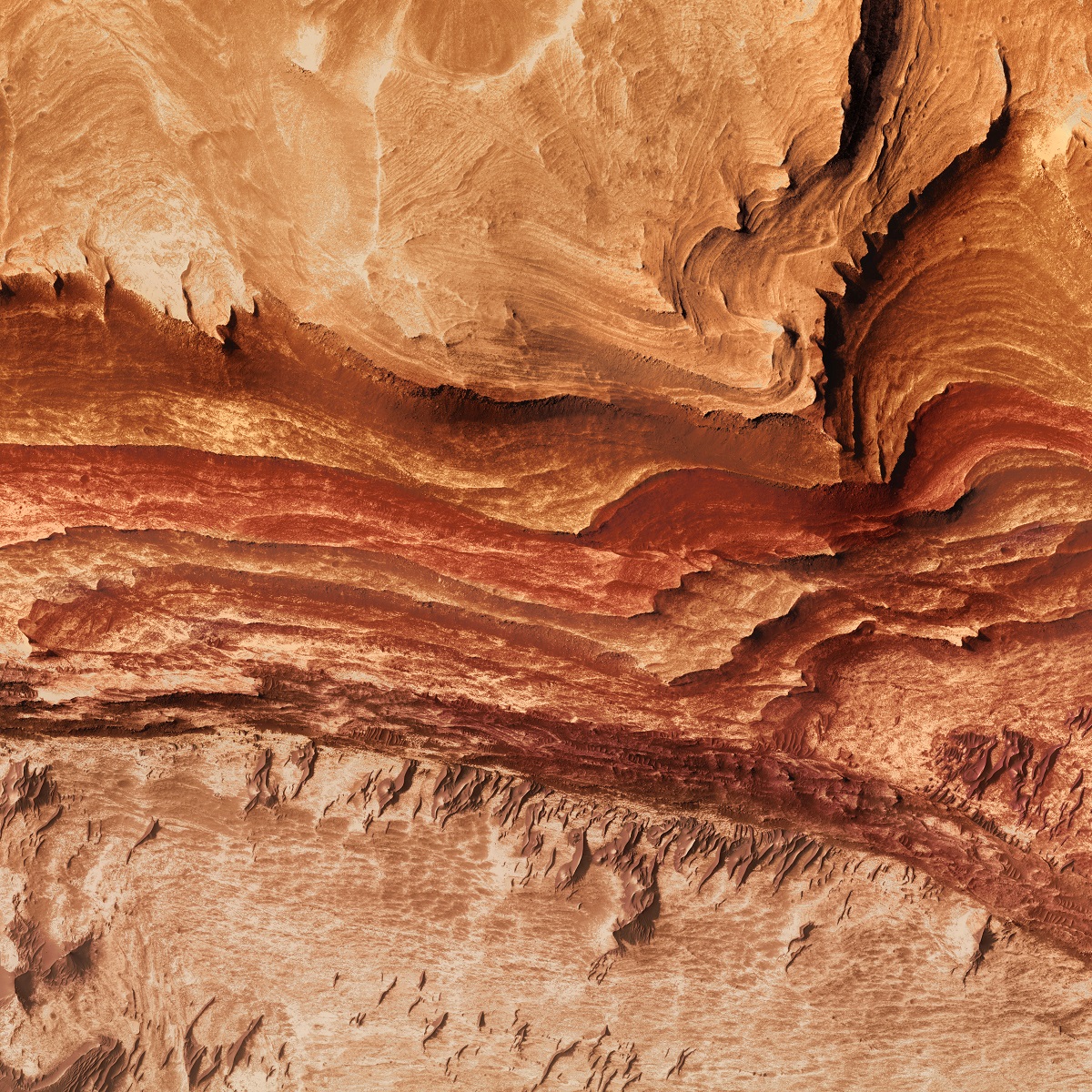
On the rugged Martian surface, an enigmatic chasm awaits our exploration—Candor Chasma. This vast and deep abyss reveals a complex geological history, featuring towering cliffs, ancient riverbeds, and hidden mysteries of the Red Planet.
Descending into the depths of Candor Chasma unveils the untold story of Mars’ geological evolution, from ancient water flows to the potential for signs of past or present life. This Martian marvel challenges our understanding of the universe and opens the door to new possibilities for human exploration and colonization.
IC-63 Ghost Nebula: A Haunting Beauty in the Cosmic Veil
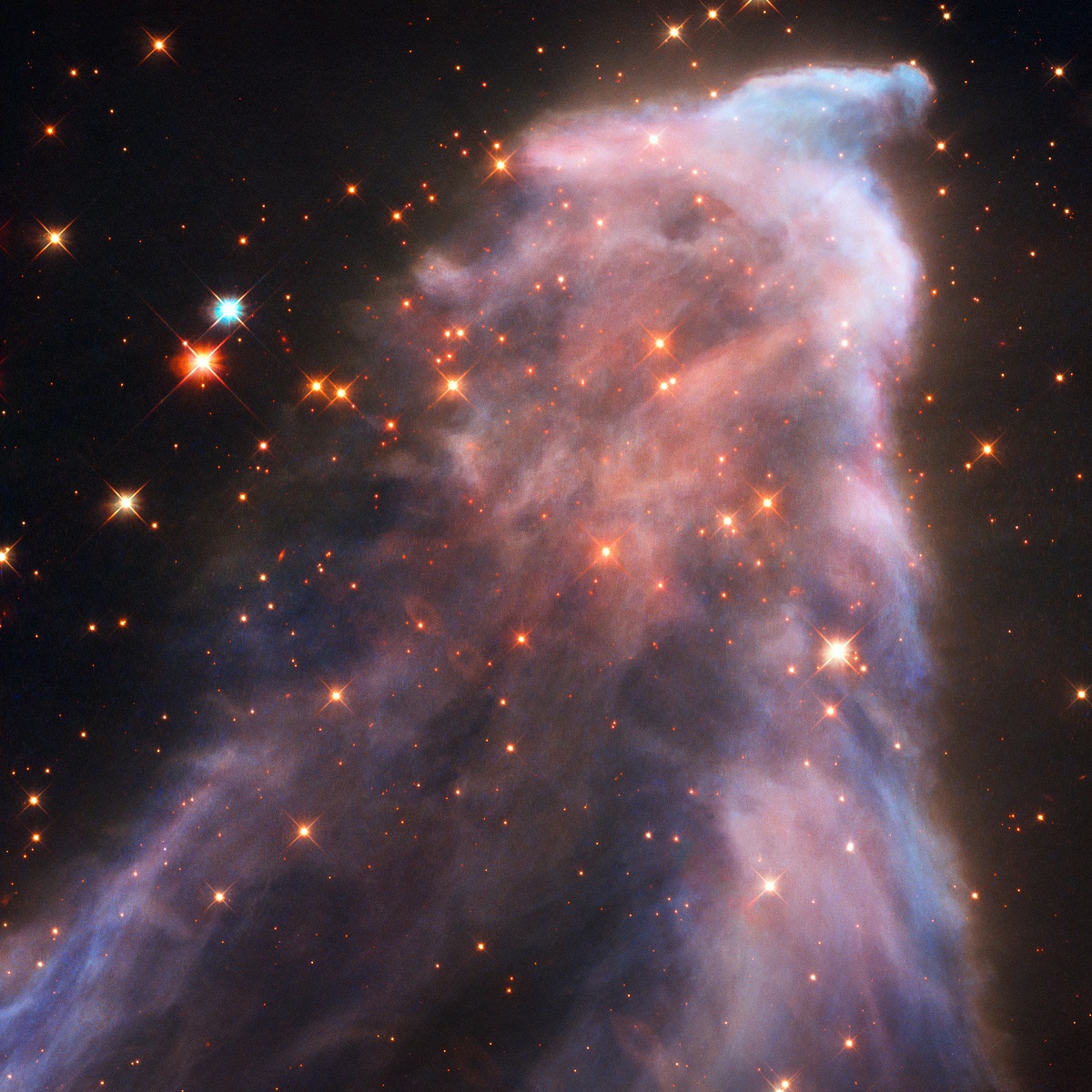
Within the cosmic tapestry, the ethereal IC-63 Ghost Nebula drifts like a celestial specter. This haunting beauty, illuminated by the radiation of nearby stars, captivates our senses and sparks our imagination.
The brightest stars embedded in nebulae throughout our galaxy pour out a torrent of radiation that eats into vast clouds of hydrogen gas – the raw material for building new stars. This etching process sculpts a fantasy landscape where human imagination can see all kinds of shapes and figures. A nebula in the constellation of Cassiopeia has flowing veils of gas and dust that have earned it the nickname “Ghost Nebula.” The nebula is being blasted by a torrent of radiation from a nearby, blue-giant star called Gamma Cassiopeiae, which can be easily seen with the unaided eye at the center of the distinctive “W” asterism that forms the constellation. This Hubble Space Telescope view zooms in on the creepy-looking top of the nebula, material is swept away from it, forming a fantail shape. IC 63 is located 550 light-years away.
Exploring the IC-63 Ghost Nebula immerses us in the intricacies of interstellar gas and dust, stellar nurseries, and the mechanisms that shape these ethereal formations. It serves as a reminder of the fragile and transitory nature of cosmic phenomena, urging us to embrace the wonders of the universe before they fade away.
Elorza Crater on Mars: The Martian Enigma Beckons
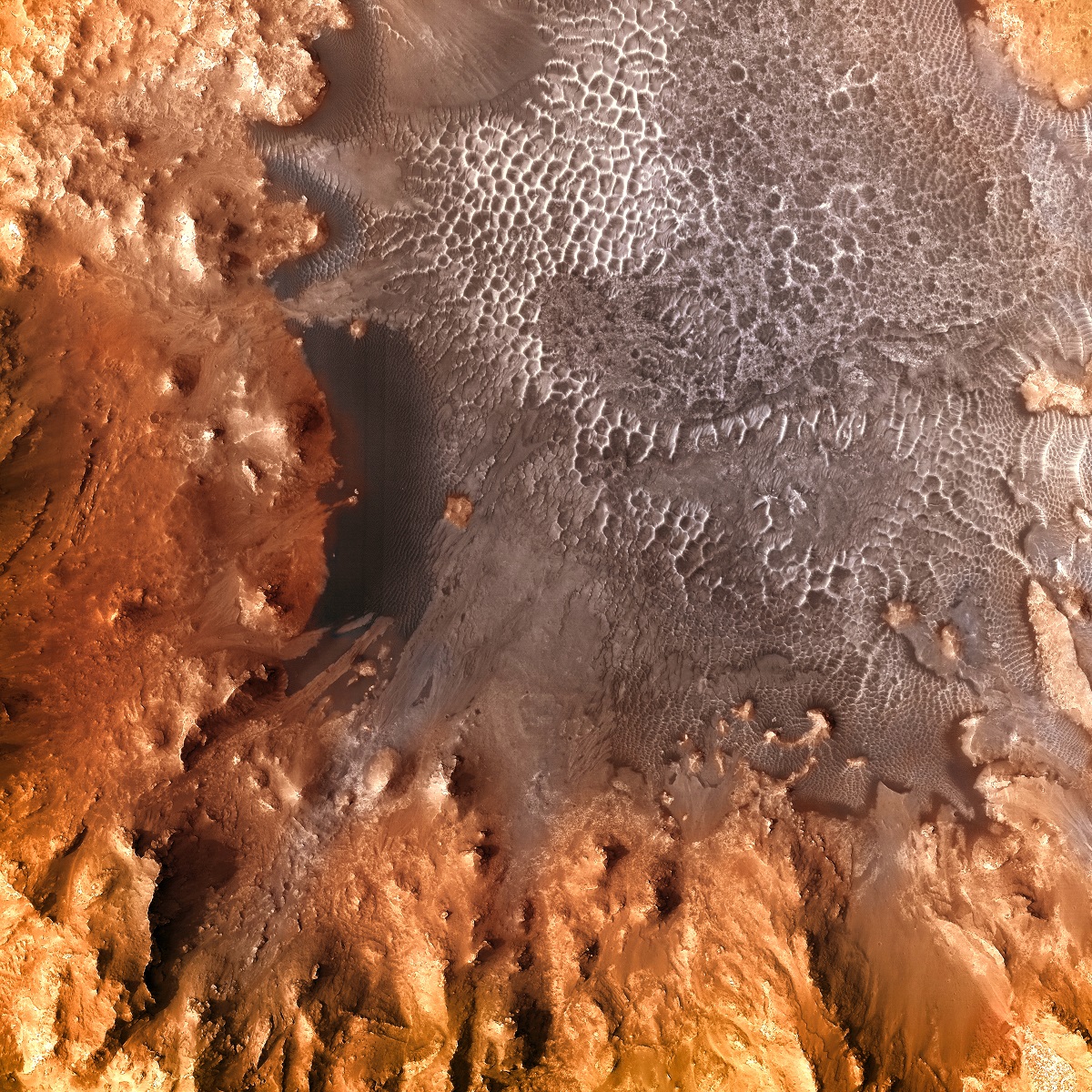
High atop the rusty plains of Mars lies a cosmic enigma—the Elorza Crater. This fascinating crater bears witness to the violent history of the Red Planet, its scars revealing tales of meteoric impacts and volcanic eruptions.
Exploring the Elorza Crater unveils the geological wonders of Mars, offering insights into the planet’s past and present. From ancient water flows to potential signs of life, this Martian enigma ignites our curiosity and propels us further into the mysteries of our neighboring planet.
Celestial Fireworks: Nature’s Spectacular Light Show
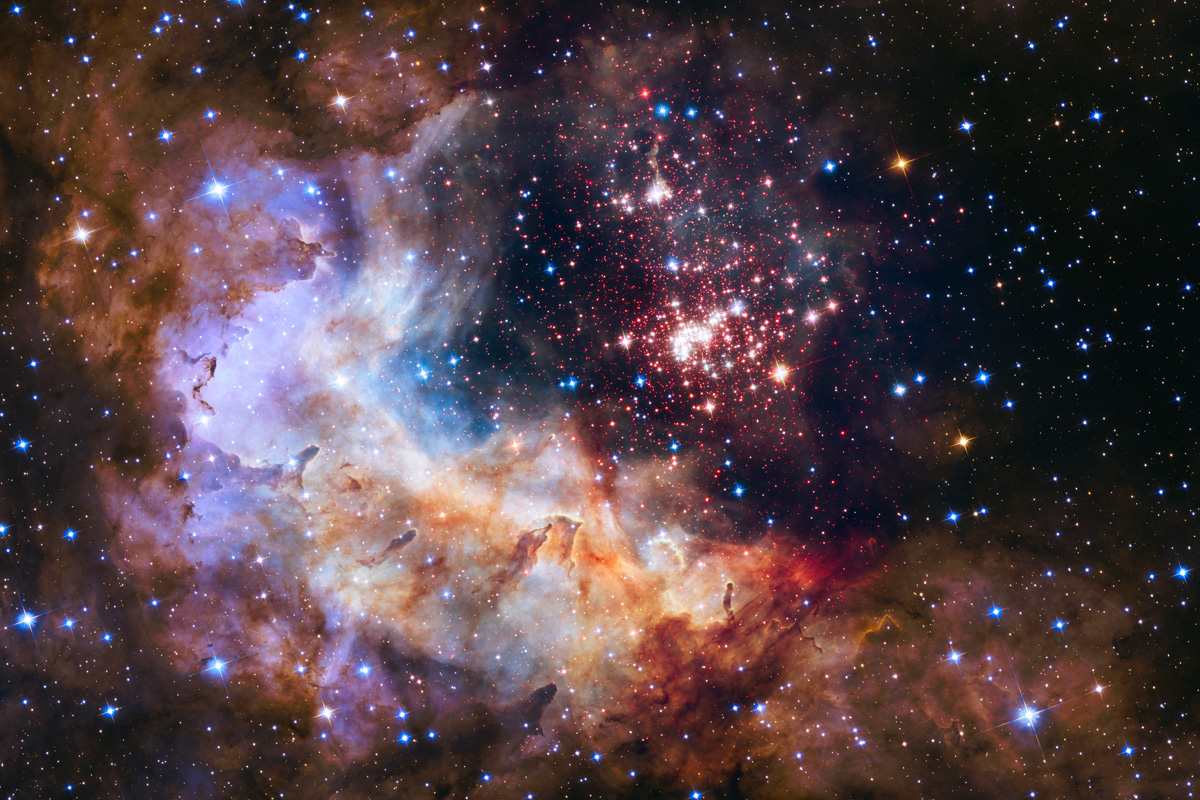
In the vast expanse of space, celestial fireworks ignite the cosmic canvas. Bursting with energy and radiance, these explosive phenomena captivate our senses and leave us in awe of the universe’s power.
From stellar explosions to colliding galaxies, celestial fireworks showcase the immense forces at play in the cosmos. They remind us of the ever-changing nature of the universe, where cataclysmic events give birth to new stars, shape galaxies, and propel us toward a deeper understanding of the cosmic tapestry.
NGC 4151: The Enigmatic Heart of a Seyfert Galaxy
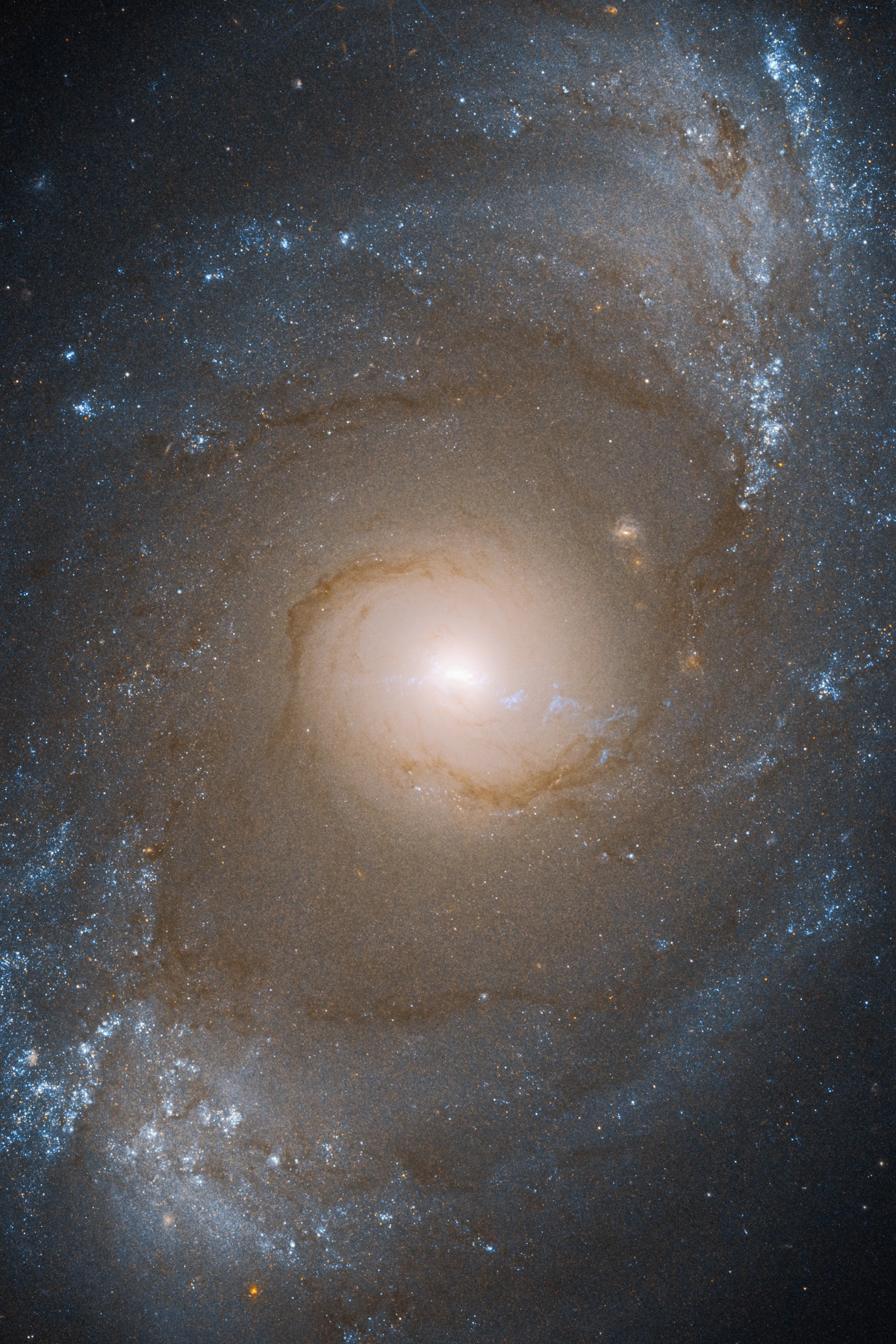
Deep within the cosmic depths, NGC 4151 unveils its enigmatic nature. This Seyfert galaxy harbors a supermassive black hole at its core, creating a cosmic spectacle of swirling gas, dust, and energetic jets.
Peering into NGC 4151, we witness the intricate dance between gravity, radiation, and the cosmic environment. This enigmatic galaxy challenges our understanding of the universe, inspiring astronomers to unravel the mysteries of active galactic nuclei and the profound influence of black holes.
NGC 6946: The Spiral Galaxy That Defies Convention
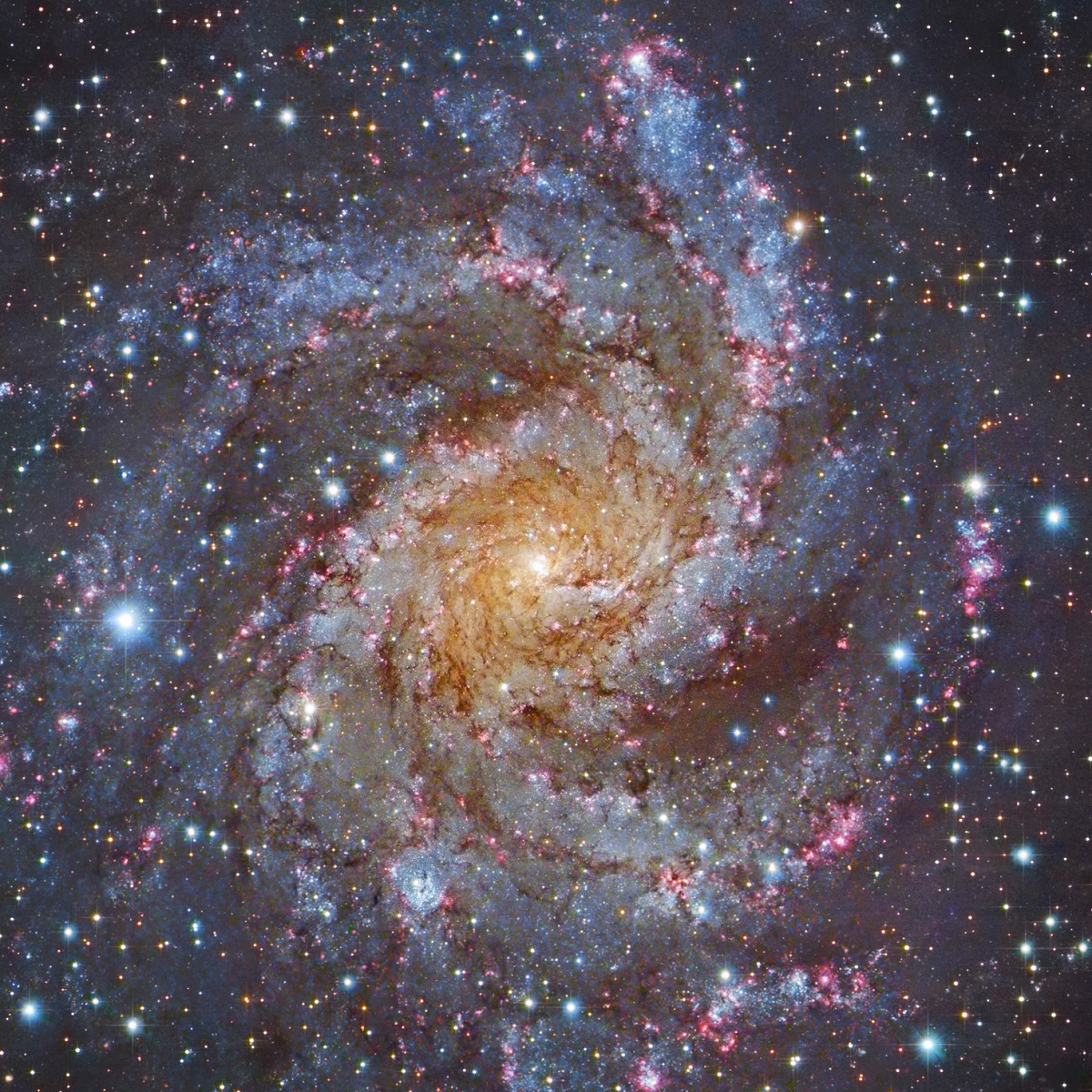
In the tapestry of galaxies, NGC 6946 shines as a cosmic anomaly—a spiral galaxy that defies conventional wisdom. This star-rich beauty, known as the Fireworks Galaxy, bursts with stellar activity and hosts a staggering number of supernovae.
Delving into NGC 6946 opens a window into the dynamic nature of galactic evolution. It challenges our understanding of spiral galaxies, stellar nurseries, and the intricate interplay between stellar birth and death. This captivating beauty fuels our desire to comprehend the immense complexity of the cosmos.
NGC 4258: A Galactic Enigma in the Depths of Space
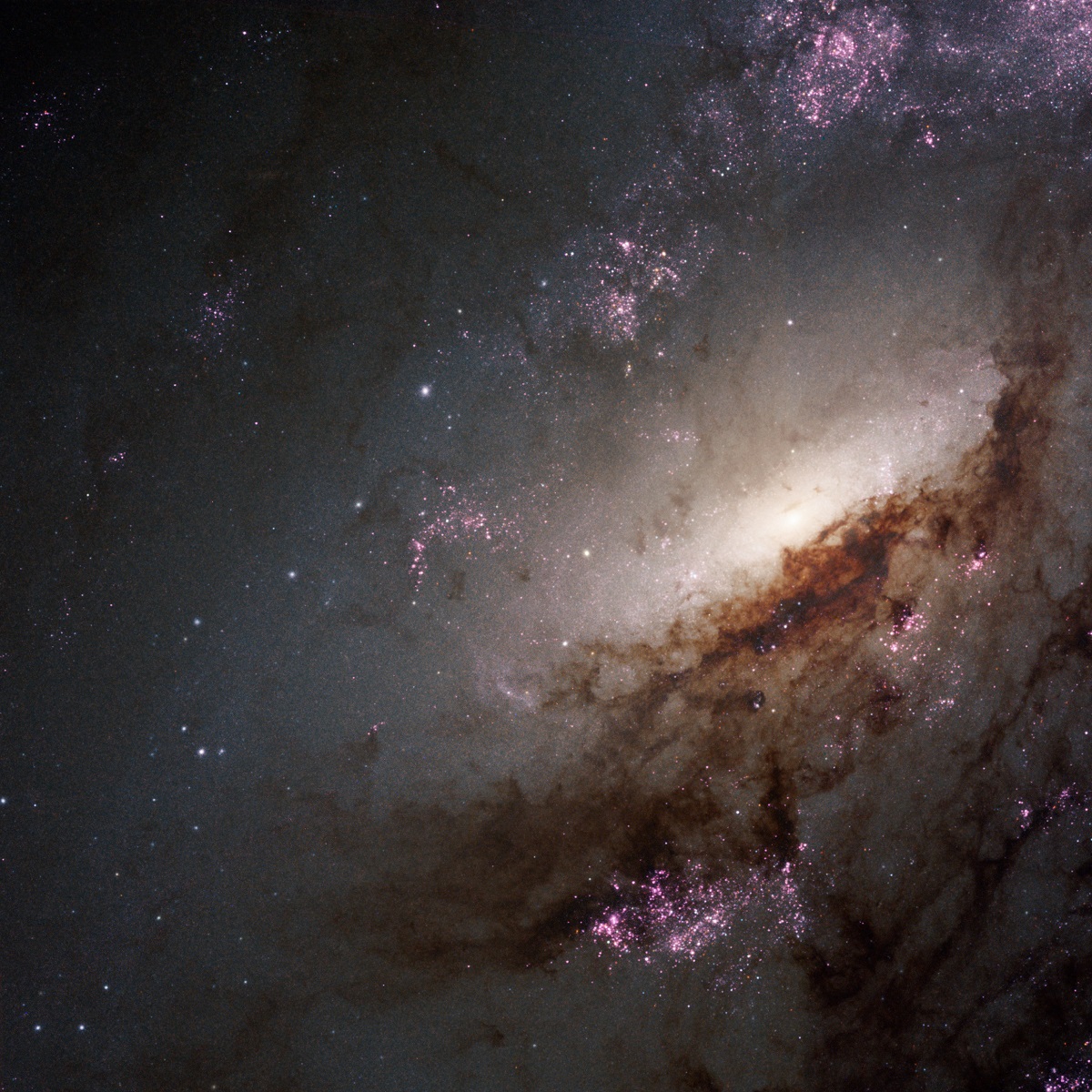
Deep within the cosmic abyss lies the enigmatic NGC 4258, a spiral galaxy that defies conventional understanding. Its intricate structure and peculiar characteristics continue to perplex astronomers, inviting them to unravel the cosmic secrets it holds.
Exploring NGC 4258 offers a glimpse into the complexities of galactic dynamics, the origins of spiral arms, and the role of supermassive black holes in shaping the cosmos. This galactic enigma serves as a reminder of the vastness of the universe and the mysteries that lie beyond our current comprehension.
Mercury Passing the Sun: A Celestial Ballet of Planetary Alignment
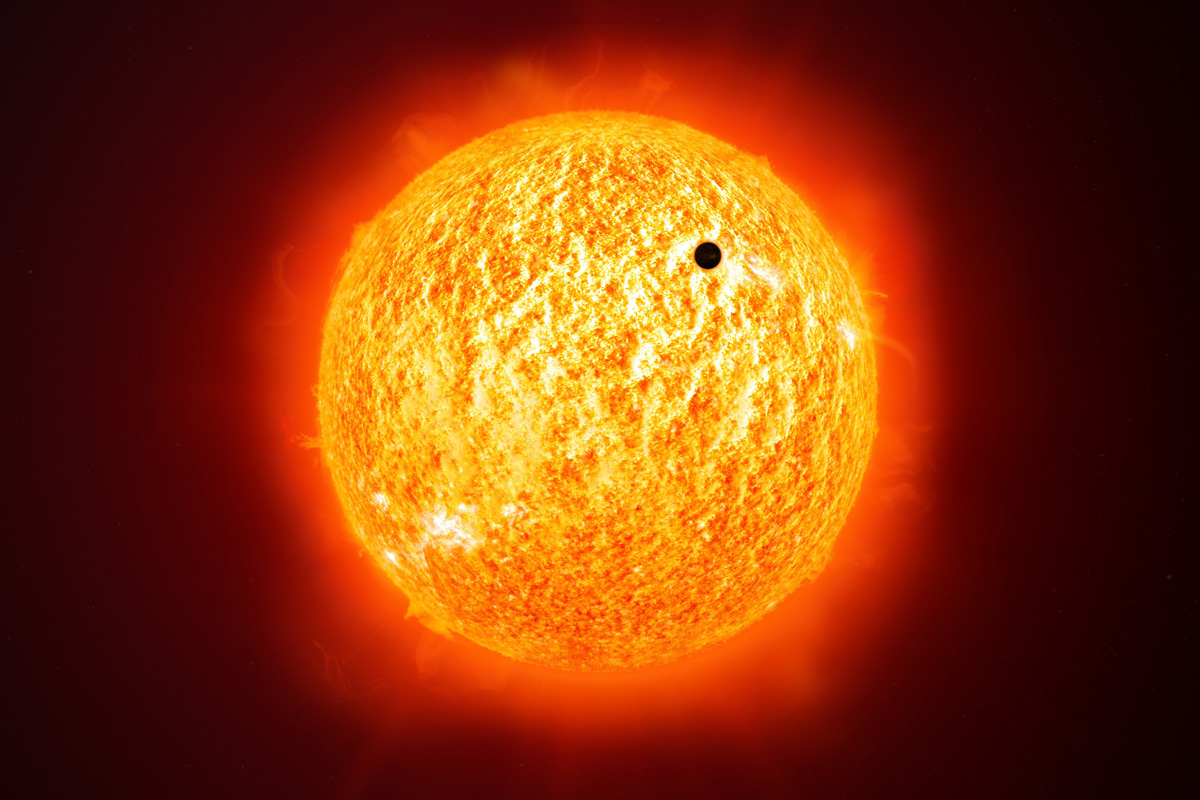
In a rare celestial dance, the planet Mercury gracefully passes in front of the Sun, creating a mesmerizing spectacle that reminds us of the delicate balance of celestial bodies. This cosmic alignment offers a fleeting glimpse into the intricacies of our solar system.
Observing Mercury Passing the Sun provides insights into planetary orbits, gravitational forces, and the dynamics of our solar neighborhood. It is a reminder of the remarkable precision with which celestial bodies move through space, harmoniously choreographed in an ever-evolving cosmic symphony.
Cosmic Cliffs in Carina Nebula: A Majestic Tapestry of Stellar Sculptures
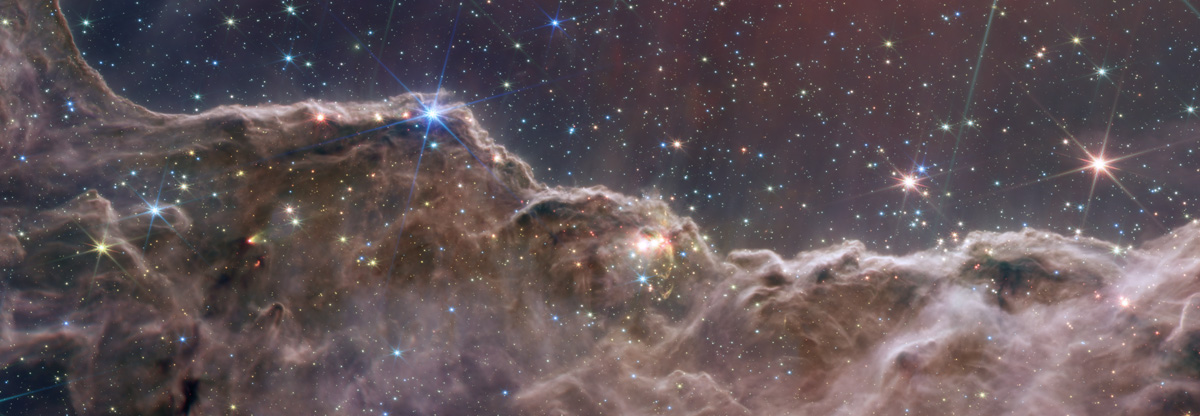
Within the Carina Nebula, a celestial masterpiece unfolds—the Cosmic Cliffs. Towering structures of gas and dust form intricate cliffs and spires, sculpted by the powerful forces of stellar winds and radiation.
Astronomers using NASA’s James Webb Space Telescope combined the capabilities of the telescope’s two cameras to create a never-before-seen view of a star-forming region in the Carina Nebula. Captured in infrared light by the Near-Infrared Camera (NIRCam) and Mid-Infrared Instrument (MIRI), this combined image reveals previously invisible areas of star birth.
Venturing into the Carina Nebula and witnessing the Cosmic Cliffs immerses us in a world of stellar birth and evolution. It offers a glimpse into the creative forces at play, shaping the cosmic landscape and providing the fertile ground for new generations of stars to emerge.
A Rose Made of Galaxies: Nature’s Artistry on a Cosmic Scale
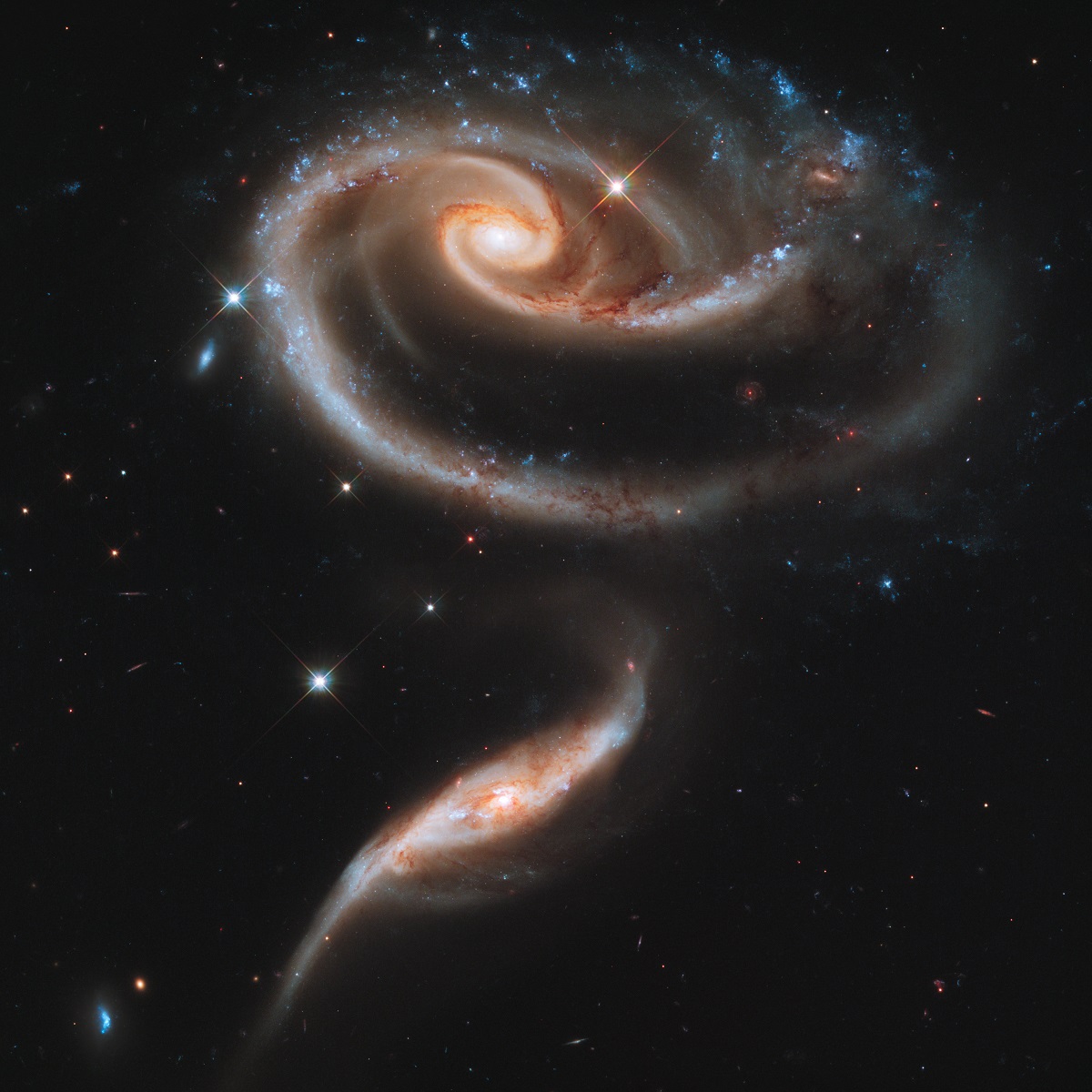
In the vast reaches of the universe, a breathtaking sight emerges—a celestial rose made of galaxies. This cosmic phenomenon, captured through the lens of powerful telescopes, showcases the grandeur and beauty that exists on an unimaginable scale.
Contemplating the Rose Made of Galaxies invites us to reflect on the vastness of the cosmos and the interconnectedness of celestial objects. It serves as a reminder of the incredible diversity and splendor that exists throughout the universe, inspiring us to appreciate the beauty of the cosmic tapestry.
Rosette Nebula Galaxy: A Celestial Rose Blooms
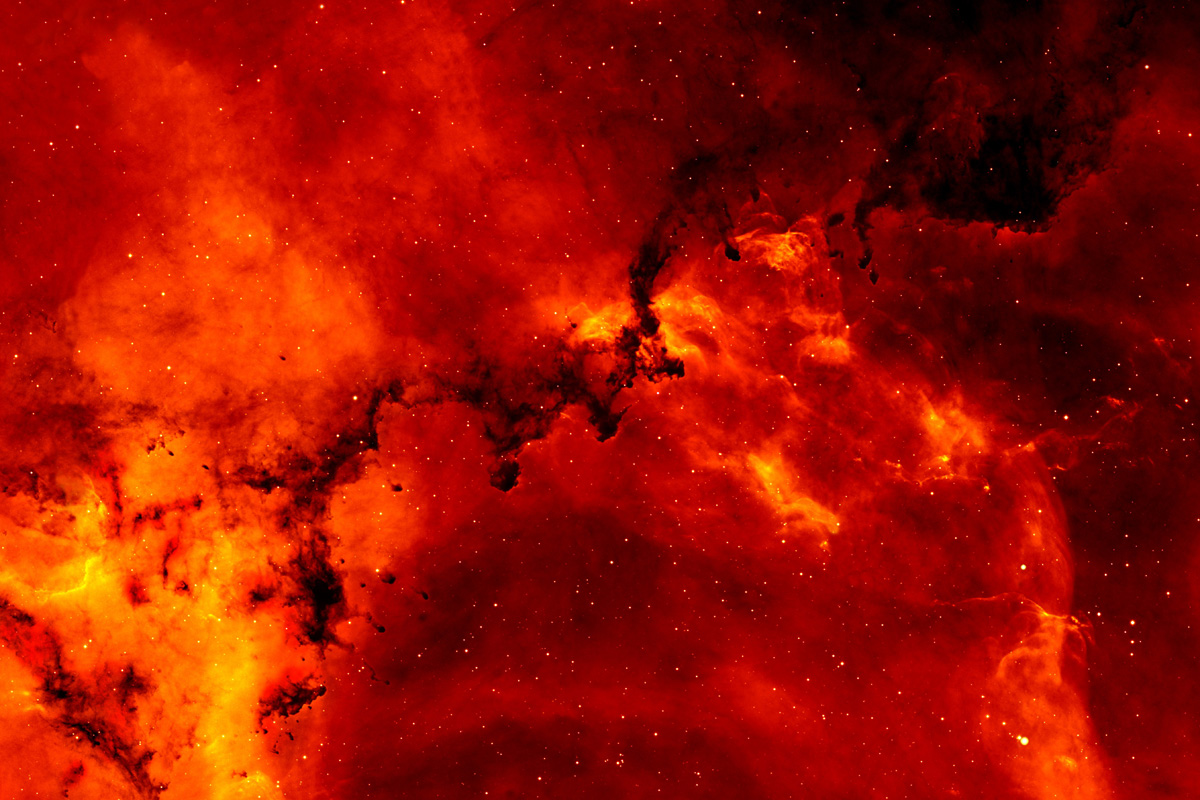
Deep within the cosmos, the Rosette Nebula Galaxy captivates the imagination with its ethereal beauty. Like a celestial rose in bloom, it emanates with vibrant colors and intricate patterns, leaving us in awe of the cosmic artistry.
Exploring the Rosette Nebula Galaxy unlocks the mysteries of stellar nurseries, where new stars are born and the cycle of life unfolds on a cosmic scale. It reminds us of the ceaseless creativity of the universe and its ability to weave breathtaking masterpieces that transcend our wildest dreams.
NGC 6744: A Cosmic Spiral Echoing Our Own
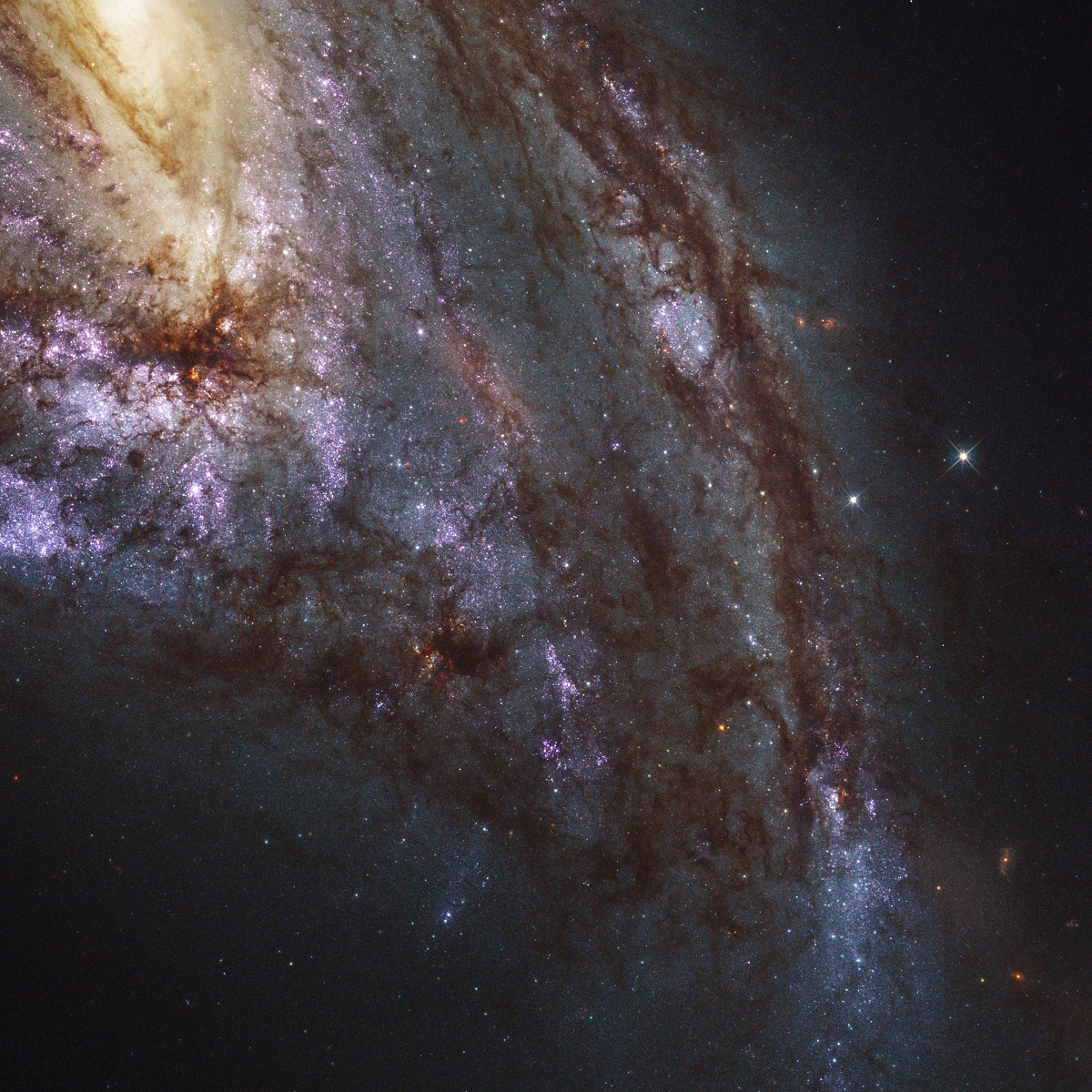
In the vast expanse of space, NGC 6744 stands as a cosmic twin to our own Milky Way galaxy. With its spiral arms and celestial splendor, it offers a glimpse into the intricacies of galactic evolution.
Venturing into NGC 6744 unveils the wonders of spiral galaxies, their structure, and the processes that shape them over billions of years. It sparks our imagination, allowing us to envision the cosmic similarities and differences that exist throughout the universe.
NGC 3368: The Enigma of an Anomalous Galaxy
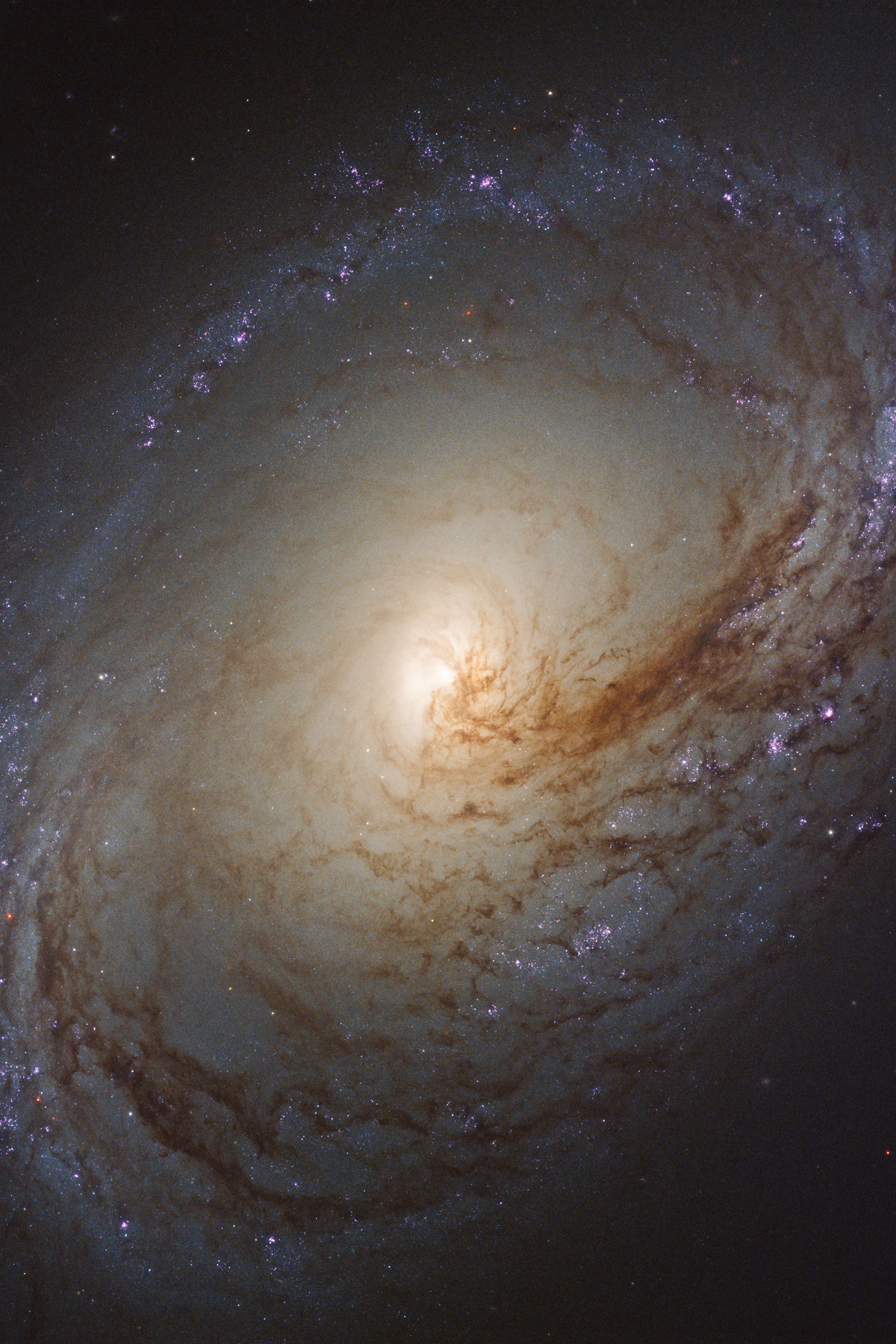
NGC 3368, also known as the Needle Galaxy, defies expectations and challenges our understanding of galactic formations. Its peculiar shape and complex structures raise questions about the mechanisms that have shaped this enigmatic cosmic entity.
Delving into NGC 3368 takes us on a journey of discovery, where we seek to understand the forces that have given rise to its unique characteristics. It serves as a reminder that even within the vastness of space, there are still hidden surprises waiting to be unveiled.
Land on Earth: Exploring Our Own Extraordinary Planet
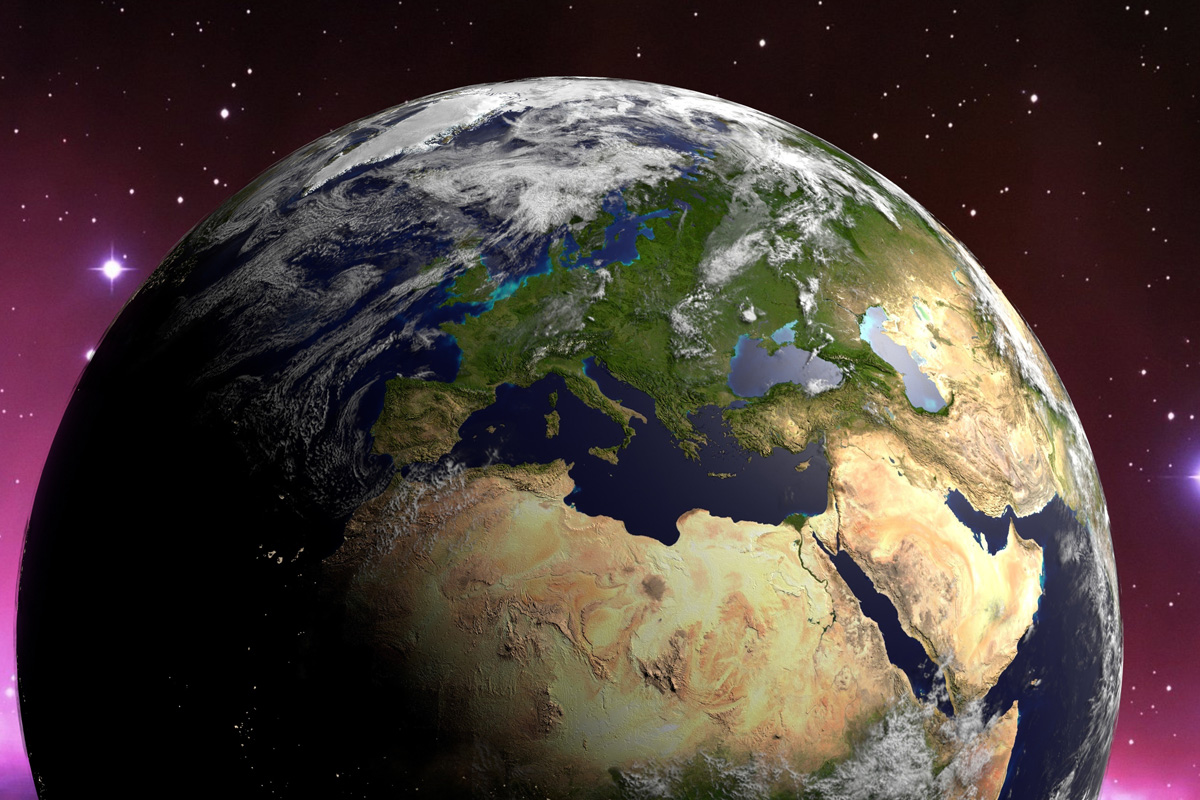
Amidst the wonders of the cosmos, we must not overlook the extraordinary beauty of our own home, Earth. From the depths of the oceans to the soaring peaks of mountains, our planet offers a tapestry of diverse landscapes and ecosystems.
Exploring Earth takes us on an adventure through breathtaking landscapes, diverse wildlife, and the intricate interplay of geological and environmental processes. It reminds us that the mysteries of space are not limited to distant galaxies but also exist right beneath our feet.
Star Cluster R136: A Cosmic Nursery of Stellar Giants
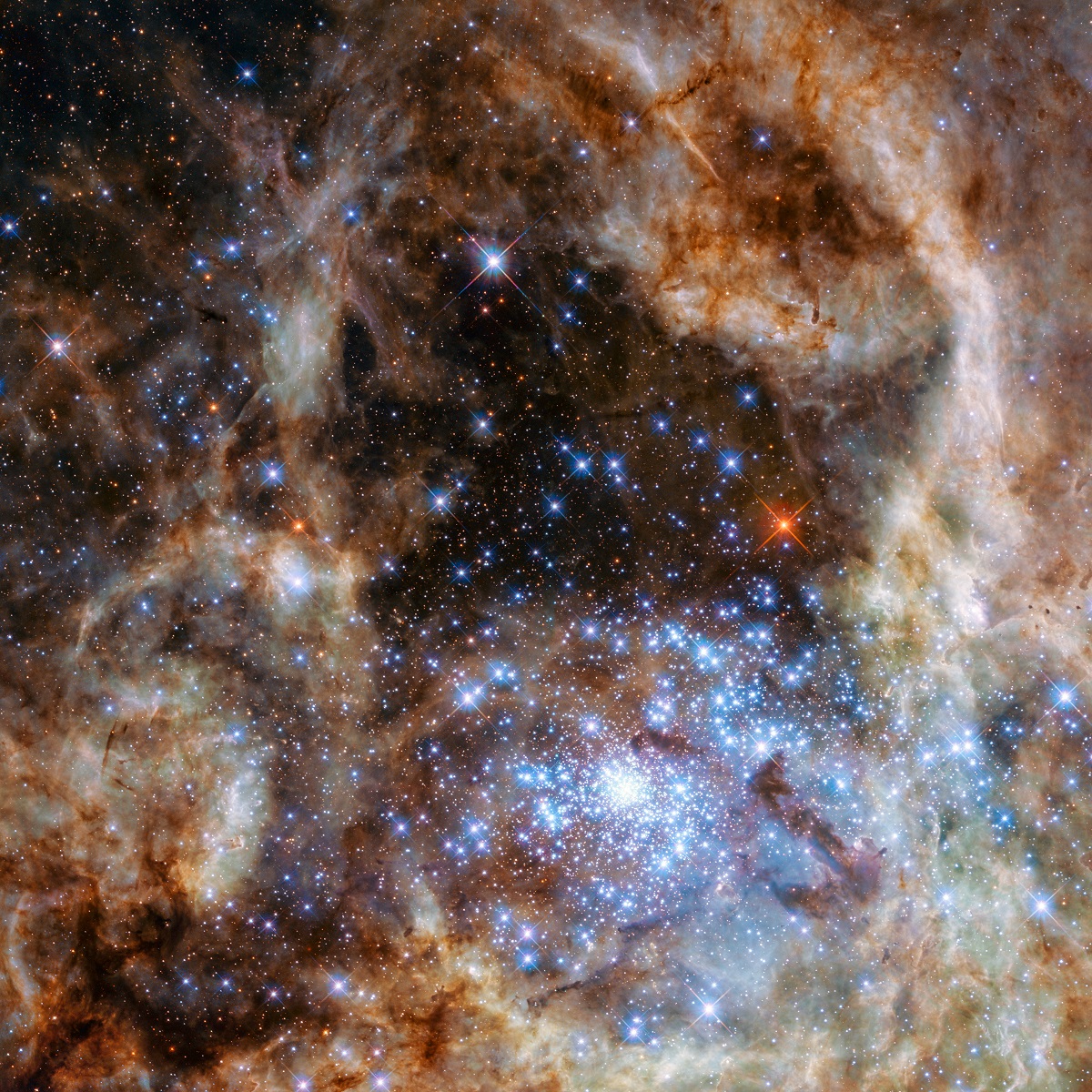
In the heart of the Tarantula Nebula, lies the breathtaking Star Cluster R136, a stellar nursery that defies imagination. Within this dense congregation of massive stars, the cosmic ballet of stellar evolution unfolds with awe-inspiring grandeur.
Venturing into the depths of Star Cluster R136 offers a glimpse into the birth and life cycle of some of the universe’s most massive and luminous stars. It challenges our understanding of stellar formation, gravitational interactions, and the cataclysmic supernovae that shape the cosmos. This celestial jewel captivates our imagination and ignites our passion for unraveling the mysteries of stellar evolution.
Life Along the Nile River: Exploring the Terrestrial Connection to the Cosmos
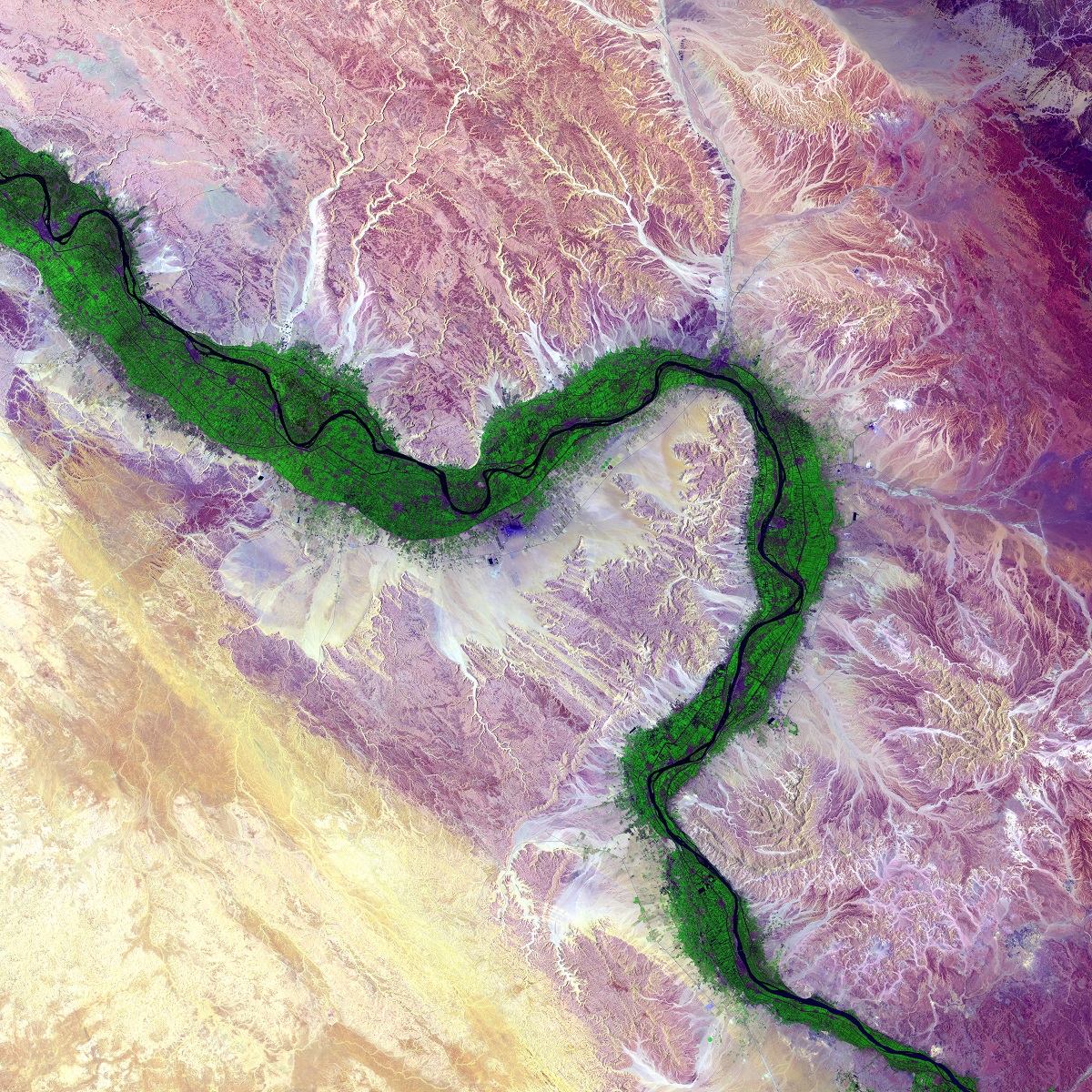
Amidst the cosmic marvels, we turn our gaze towards our own planet, where the Nile River weaves a tale of life and ancient civilizations. Stretching across the African continent, this lifeline has nurtured a rich tapestry of cultures, history, and the interconnectedness of humanity.
Examining life along the Nile River invites us to explore the delicate balance between terrestrial ecosystems and celestial forces. From the cyclical flooding that rejuvenates the land to the celestial influence on climate patterns, this earthly connection to the cosmos offers a new perspective on our cosmic origins and our place in the universe.
Galaxy M60: A Cosmic Time Capsule
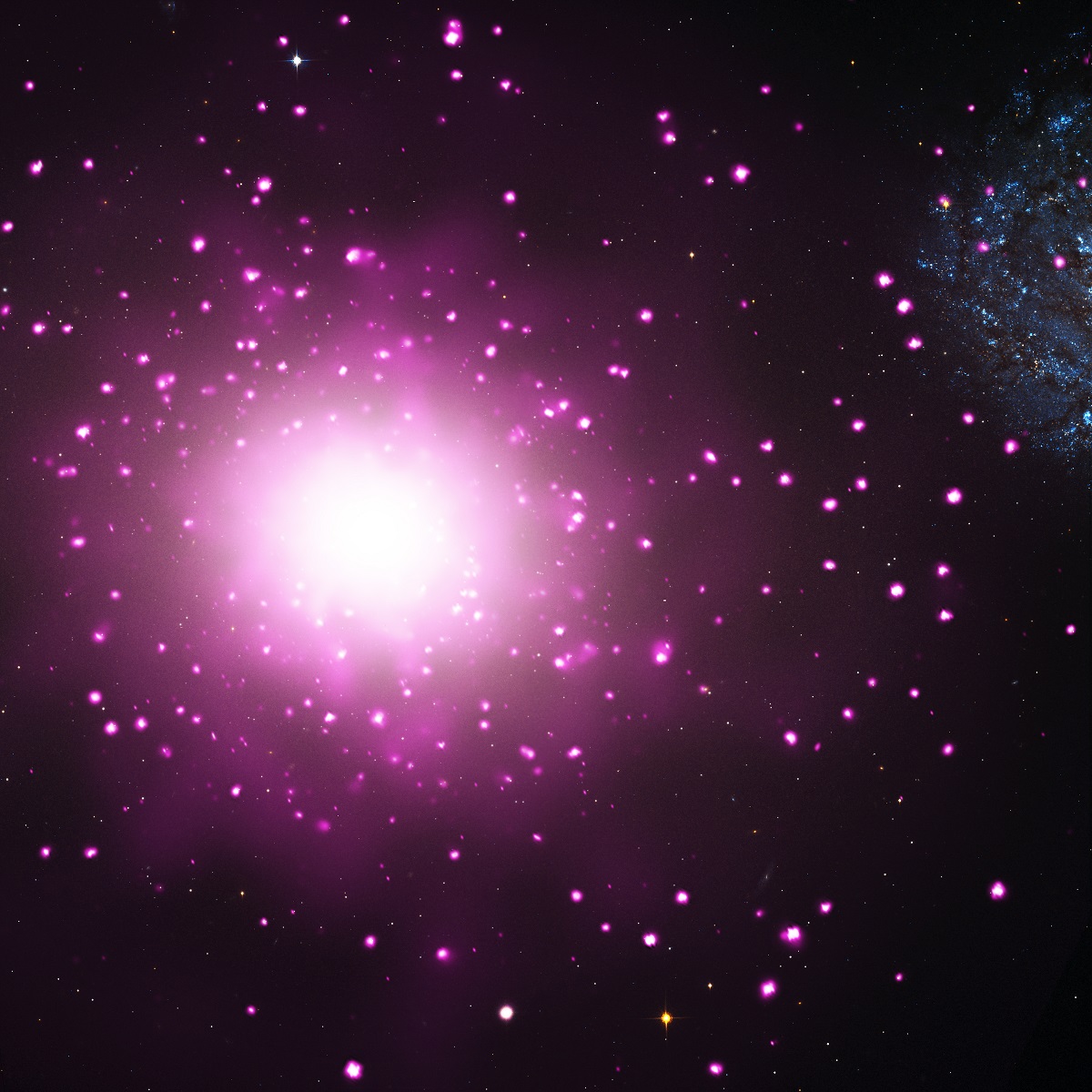
Deep within the expanse of space, Galaxy M60 stands as a cosmic time capsule, carrying the secrets of billions of years of cosmic evolution. Its swirling arms and intricate structures reveal a storied past, intertwining with the cosmic drama unfolding around it.
Delving into the mysteries of Galaxy M60 allows us to witness the cosmic dance of galaxies, the interplay of dark matter, and the enigmatic forces that shape their evolution. This celestial enigma invites us to ponder the vastness of the universe and our place within it.
UGC 5340: The Hidden Jewel in the Cosmic Tapestry
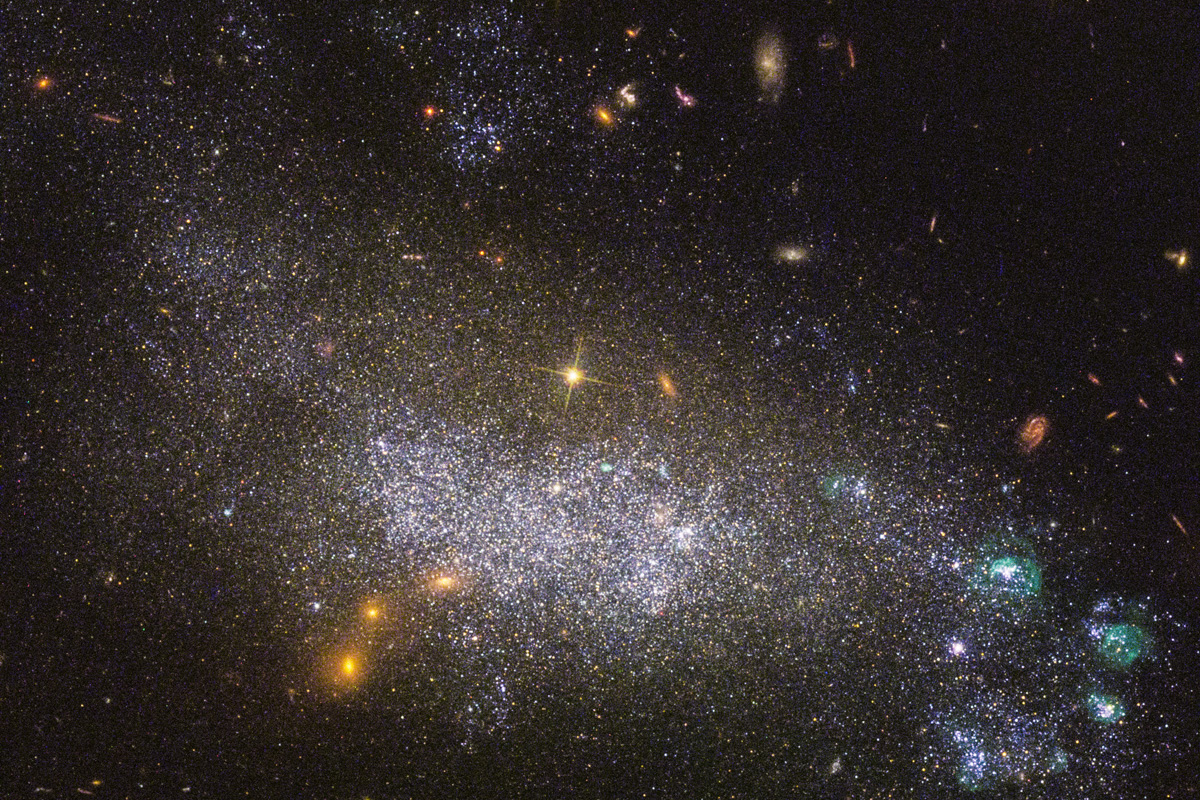
Within the vastness of space, UGC 5340 shines as a hidden gem, an unassuming galaxy with remarkable secrets to unveil. Its intricate spiral arms and stellar populations hold the key to understanding the cosmic web of interactions within galactic communities.
Exploring UGC 5340 leads us to appreciate the intricacies of galactic evolution, the interstellar medium, and the cosmic environment that shapes the destiny of celestial objects. It reminds us that even in the seemingly ordinary, the universe conceals extraordinary tales waiting to be told.
Dark Rays in IC 5063: Illuminating the Shadows
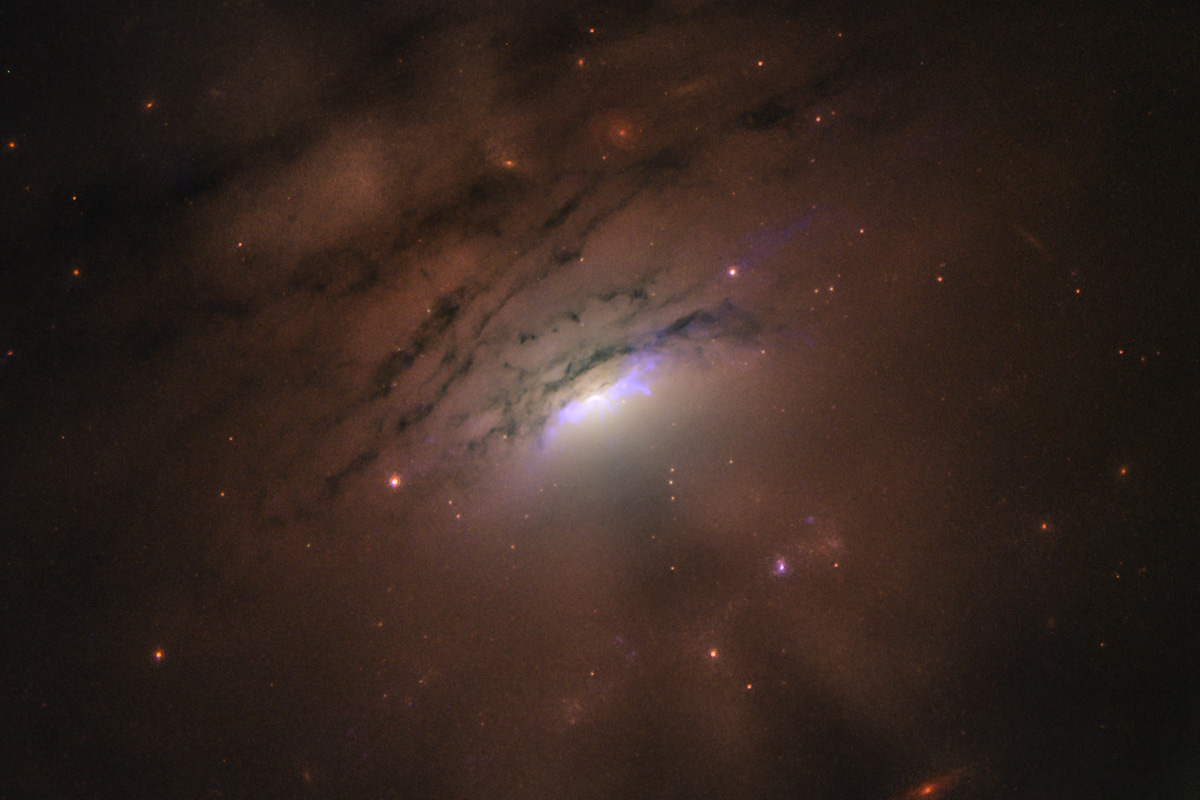
IC 5063, a celestial enigma, presents us with a stunning display of dark rays that slice through the cosmic expanse. These mysterious tendrils, shrouded in shadow, intrigue and challenge our understanding of the forces at play within this galactic wonder.
Exploring the dark rays in IC 5063 propels us into the realm of cosmic mysteries, where light battles darkness and the unknown entices our curiosity. As we peel back the layers of this cosmic puzzle, we inch closer to unraveling the secrets of celestial shadow play.
Centaurus Composites: Celestial Kaleidoscopes
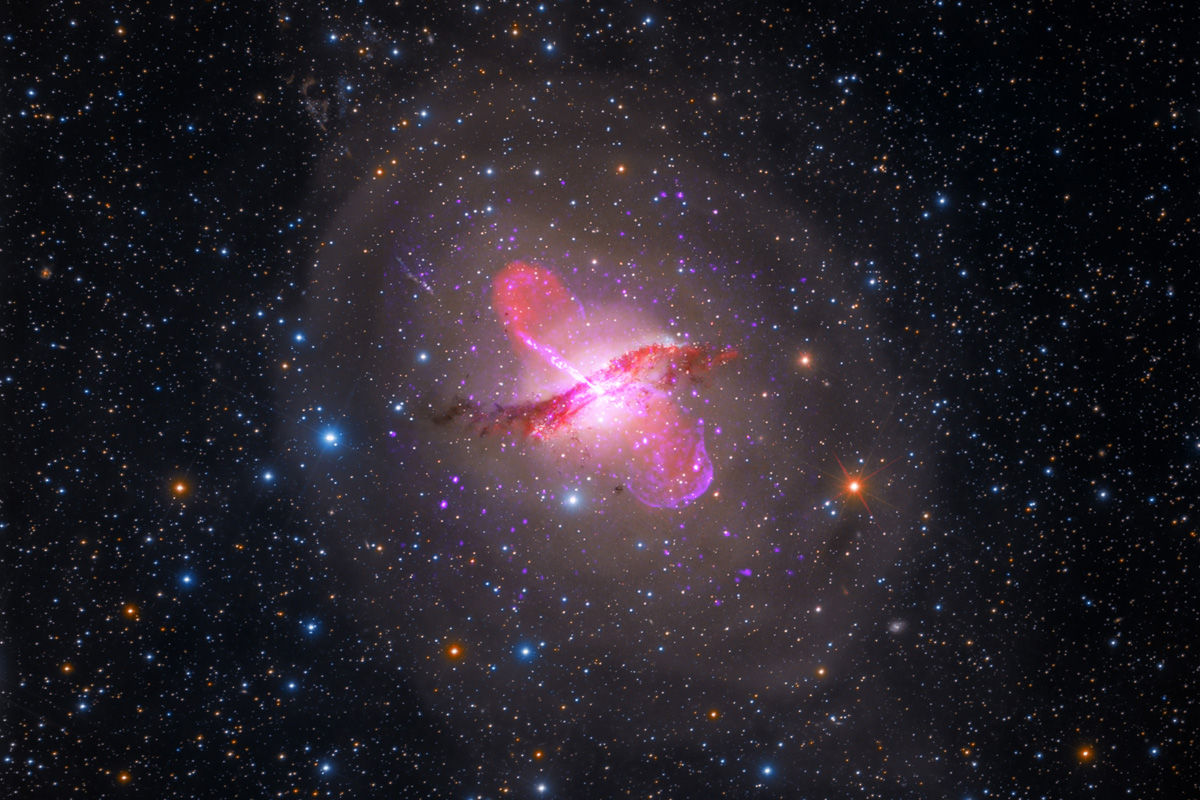
In the constellation of Centaurus, a cosmic symphony unfolds, as the Centaurus Composites dazzle with their kaleidoscope of colors and intricate structures. These celestial masterpieces ignite our imagination, painting a portrait of cosmic creativity.
Delving into the depths of the Centaurus Composites leads us on a journey through the cosmic canvas, where stars, gas, and dust merge in a cosmic dance. We witness the birth of new stars, the explosive forces of supernovae, and the harmonious interplay of celestial forces. It reminds us that the universe is an ever-evolving tapestry, continuously creating breathtaking wonders.
The Heart of the Trifid Nebula: A Stellar Beacon
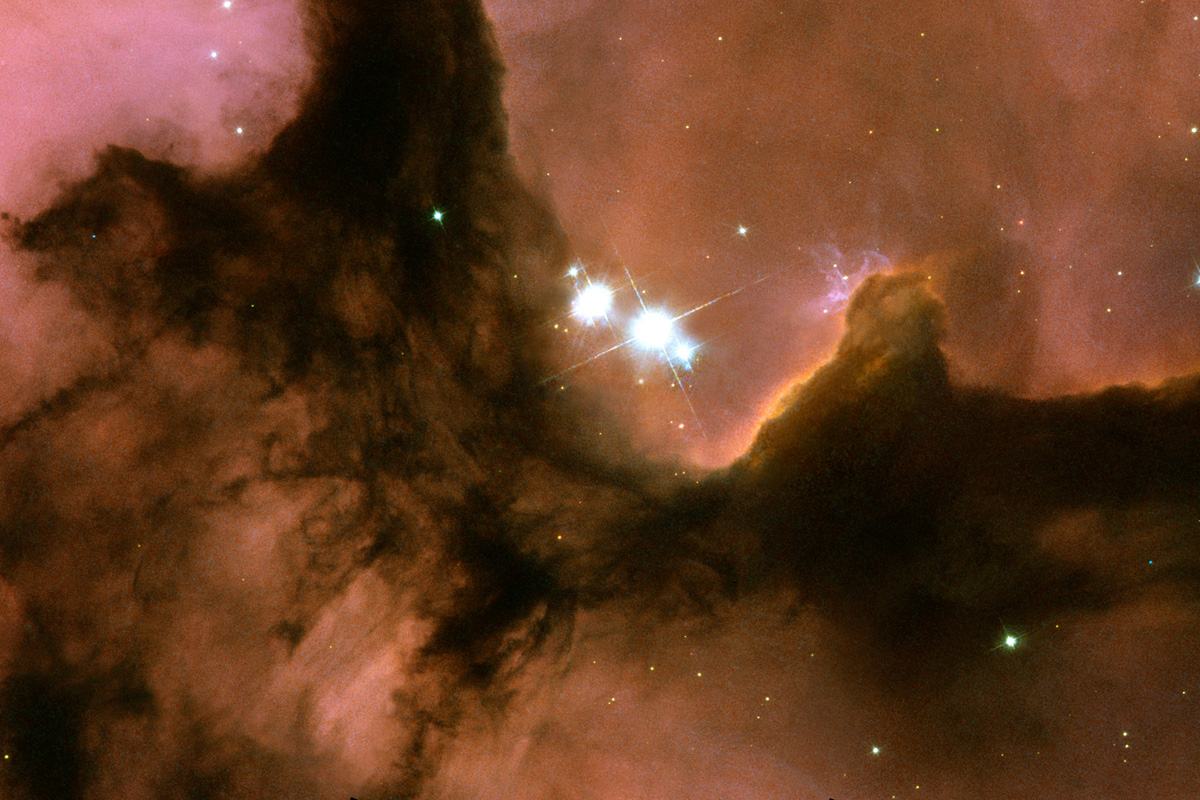
Nestled within the vastness of space, the Trifid Nebula beckons with its mesmerizing beauty. At its core lies a heart that pulses with celestial vitality, fueling the birth of new stars and shaping the cosmic landscape.
Venturing into the heart of the Trifid Nebula transports us to a realm of stellar nurseries, where the forces of gravity and interstellar matter collide to forge new celestial bodies. The astonishing power of the cosmos breathes life into the void and creates celestial wonders that ignite our sense of awe and wonder.
Onion Bar: Unveiling Cosmic Delights
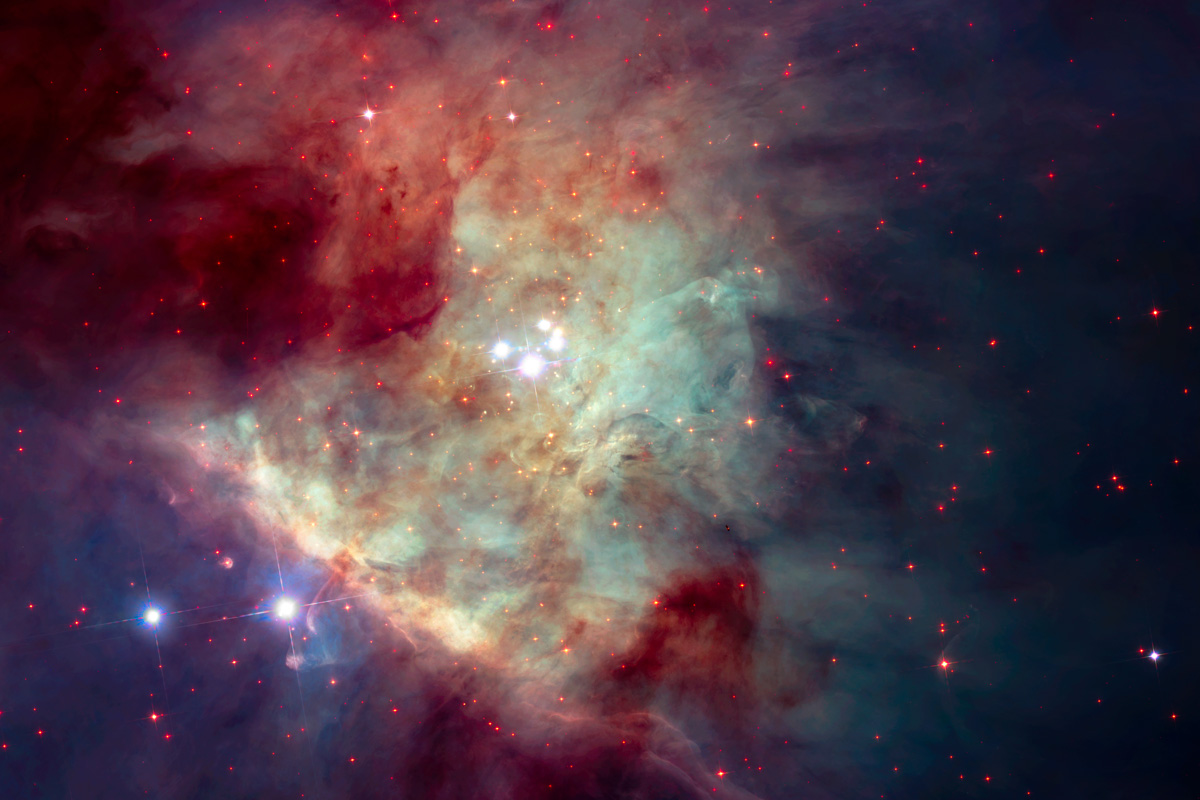
Deep within the cosmic tapestry, the Onion Bar awaits, a cosmic haven where celestial flavors intertwine and tantalize the senses. This cosmic watering hole, rich in cosmic cocktails and stellar libations, presents a fusion of interstellar ingredients.
Stepping into the Onion Bar unlocks a taste of the universe, where cosmic elements blend to create celestial delights. It is a reminder that the universe not only dazzles with its celestial grandeur but also offers a palate of cosmic wonders that tickle our taste for the extraordinary.
Hubble Probes Interior of Tarantula Nebula: Journey to the Stellar Nursery
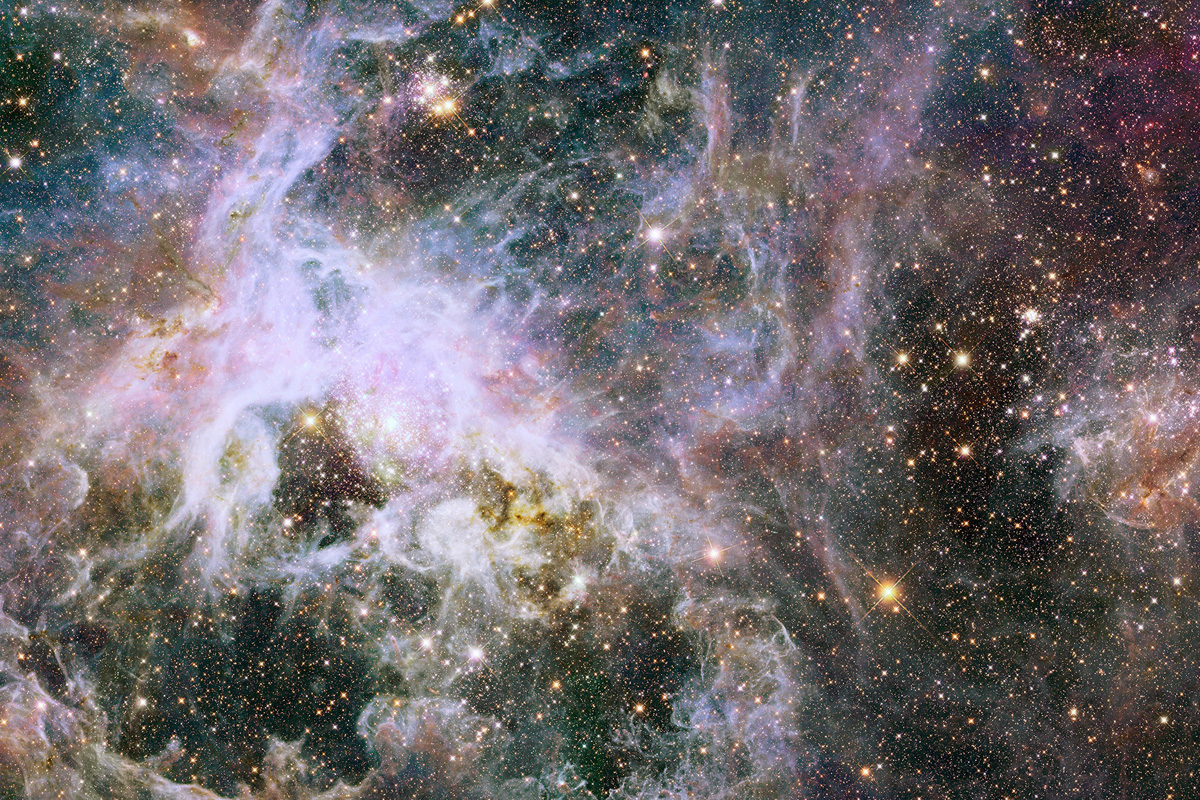
In the heart of the Large Magellanic Cloud, a cosmic masterpiece known as the Tarantula Nebula unfolds. Within this expansive nebula, stars ignite, sending shockwaves of cosmic energy rippling through the cosmic fabric. Armed with its unrivaled capabilities, the Hubble Space Telescope embarks on an audacious mission, peering deep into the interior of the Tarantula Nebula.
Through its probing gaze, Hubble unveils the intricate architecture of stellar nurseries, capturing the birth and evolution of stars on an unprecedented scale. This journey through the Tarantula Nebula allows us to witness the cosmic forces at work, from the interstellar gas and dust that coalesce to form new stars, to the cataclysmic explosions that shape the nebula’s mesmerizing structures.
Hubble Snaps NGC 5189: A Celestial Kaleidoscope
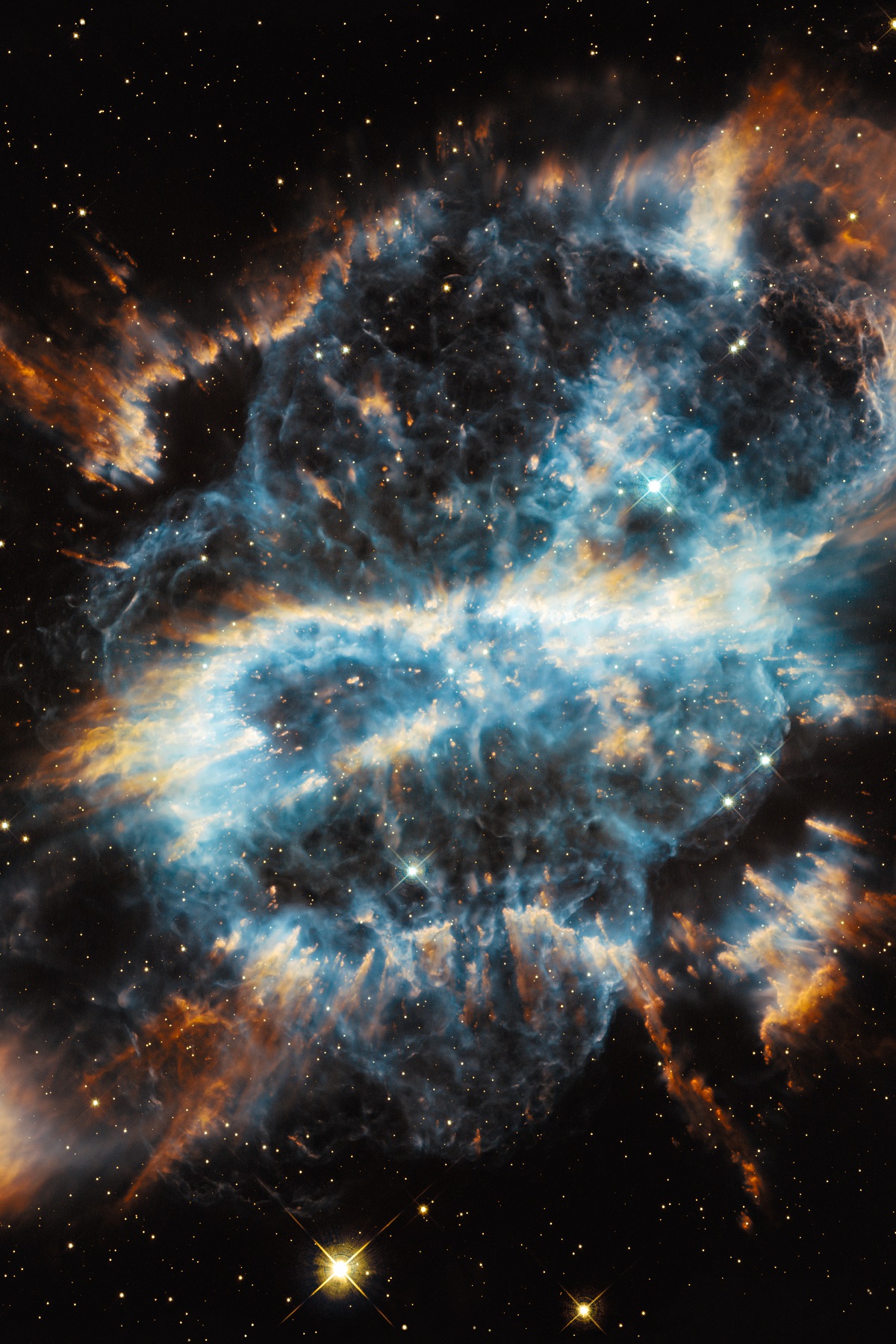
NGC 5189, a celestial wonder located in the southern skies, captivates with its ethereal beauty and kaleidoscopic displays. With its intricate structures and vibrant colors, this planetary nebula presents a captivating sight for astronomers and stargazers alike.
Hubble’s keen eye captures NGC 5189 in unprecedented detail, revealing the intricate layers of gas and dust, and the tumultuous interactions of stellar winds and radiation. As we peer into the depths of this cosmic kaleidoscope, we are reminded of the immense diversity and complexity that exists within the universe.
Helix Nebula NGC 7293: The Celestial Eye of the Cosmos
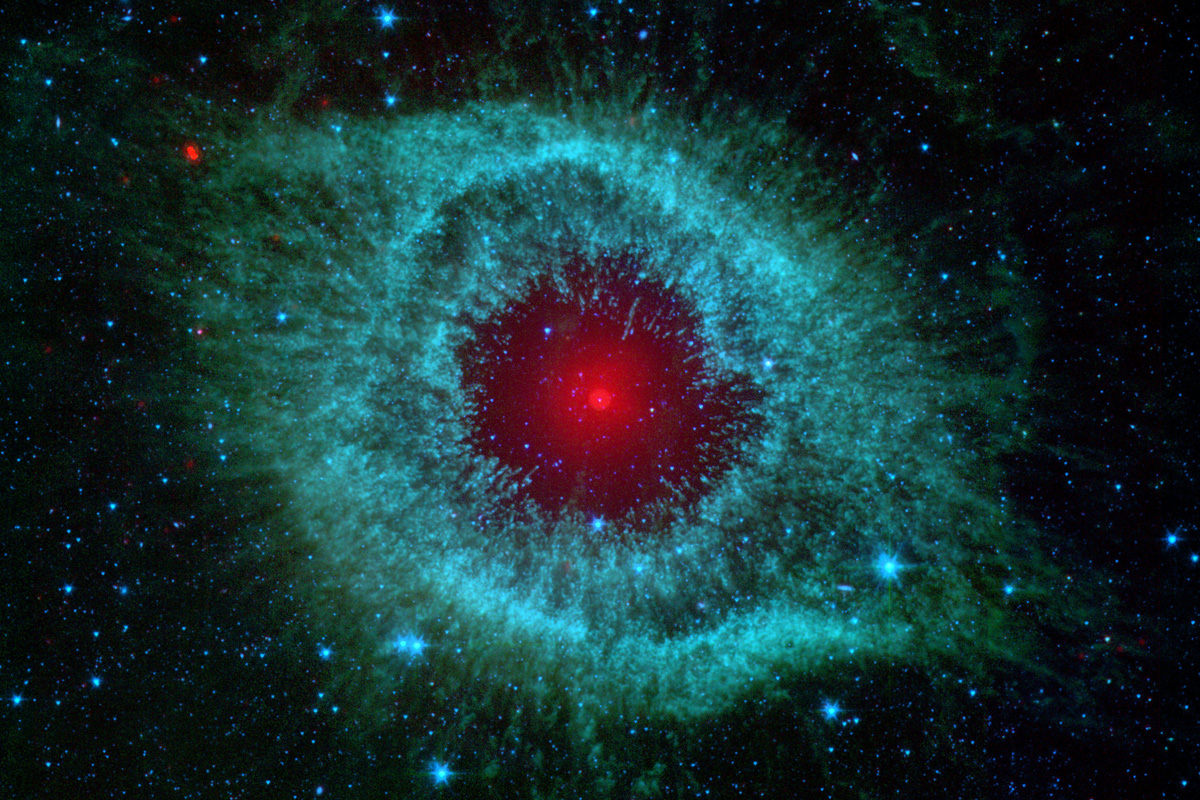
The Helix Nebula, also known as NGC 7293, beckons with its iconic eye-like appearance. This vast cloud of gas and dust, the remnants of a dying star, offers a glimpse into the cosmic cycles of stellar evolution and the fate that awaits our own Sun.
Hubble’s exquisite observations of the Helix Nebula unveil the intricate details of its tendrils and filaments, revealing the complex processes at play as the star sheds its outer layers. The Helix Nebula serves as a cosmic reminder of the impermanence of stars and the beauty that emerges from their final acts.
Planetary Nebula NGC 5189: A Celestial Dance of Gas and Light
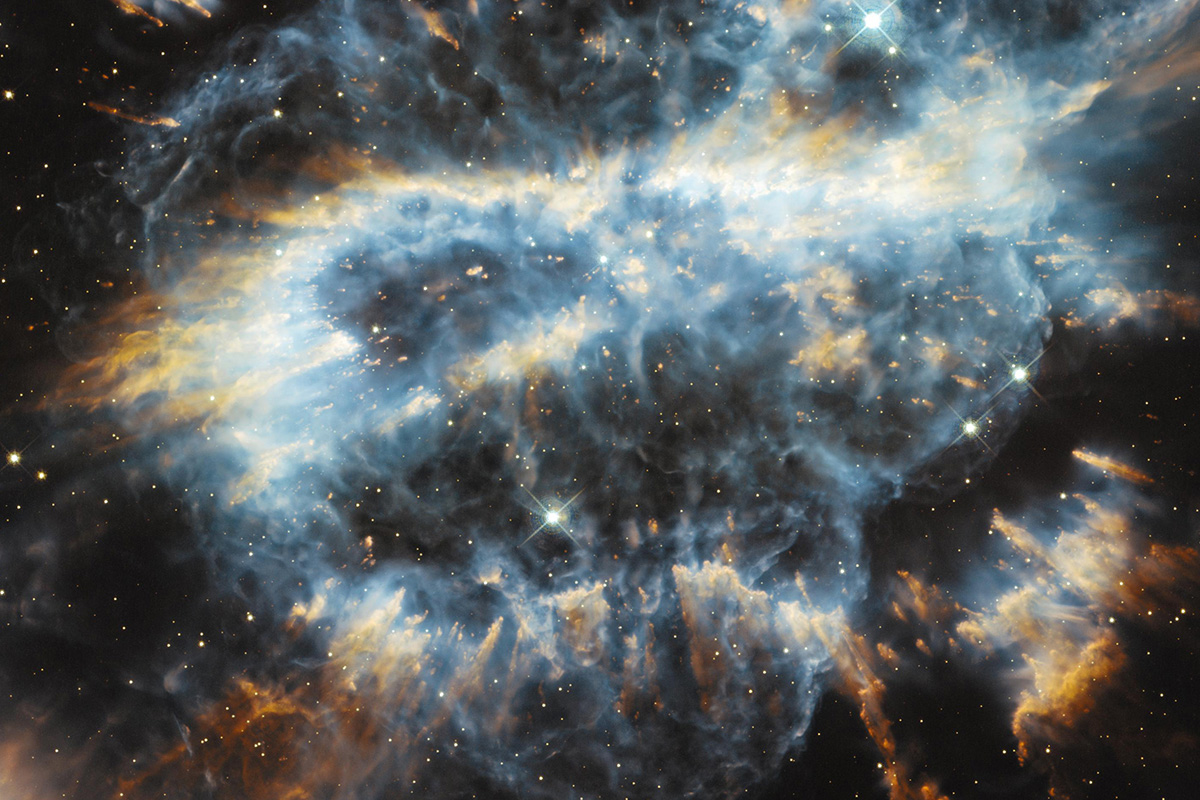
NGC 5189, a planetary nebula located in the southern constellation of Musca, mesmerizes with its dynamic and intricate structures. This cosmic ballet of gas and light showcases the final stages of a dying star as it sheds its outer layers, forming a shell of glowing gas.
Hubble’s extraordinary images of NGC 5189 capture the delicate balance of cosmic forces, revealing the intricate patterns and symmetries that emerge from stellar evolution.
Stephans Quintet: A Celestial Tangle of Galaxies
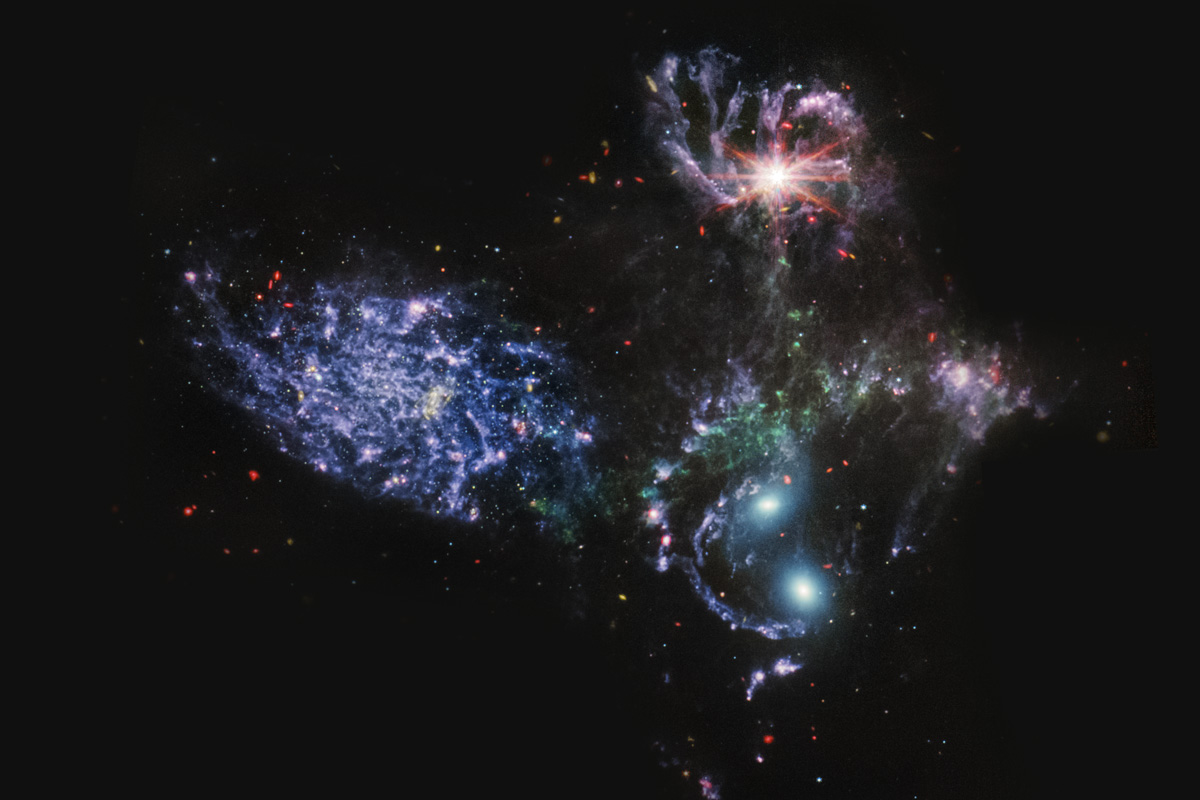
Stephans Quintet, a captivating assemblage of galaxies located in the constellation Pegasus, challenges our understanding of cosmic interactions. This unique cosmic cluster comprises five galaxies locked in a gravitational dance, where collisions and mergers have shaped their intertwined fate.
Venturing into Stephans Quintet propels us into a realm of galactic chaos, where colossal forces reshape the cosmic landscape. The collisions between galaxies ignite dazzling displays of cosmic fireworks, triggering the birth of new stars and sparking our curiosity about the vast cosmic tapestry.
NGC 346: Unveiling the Cosmic Nursery
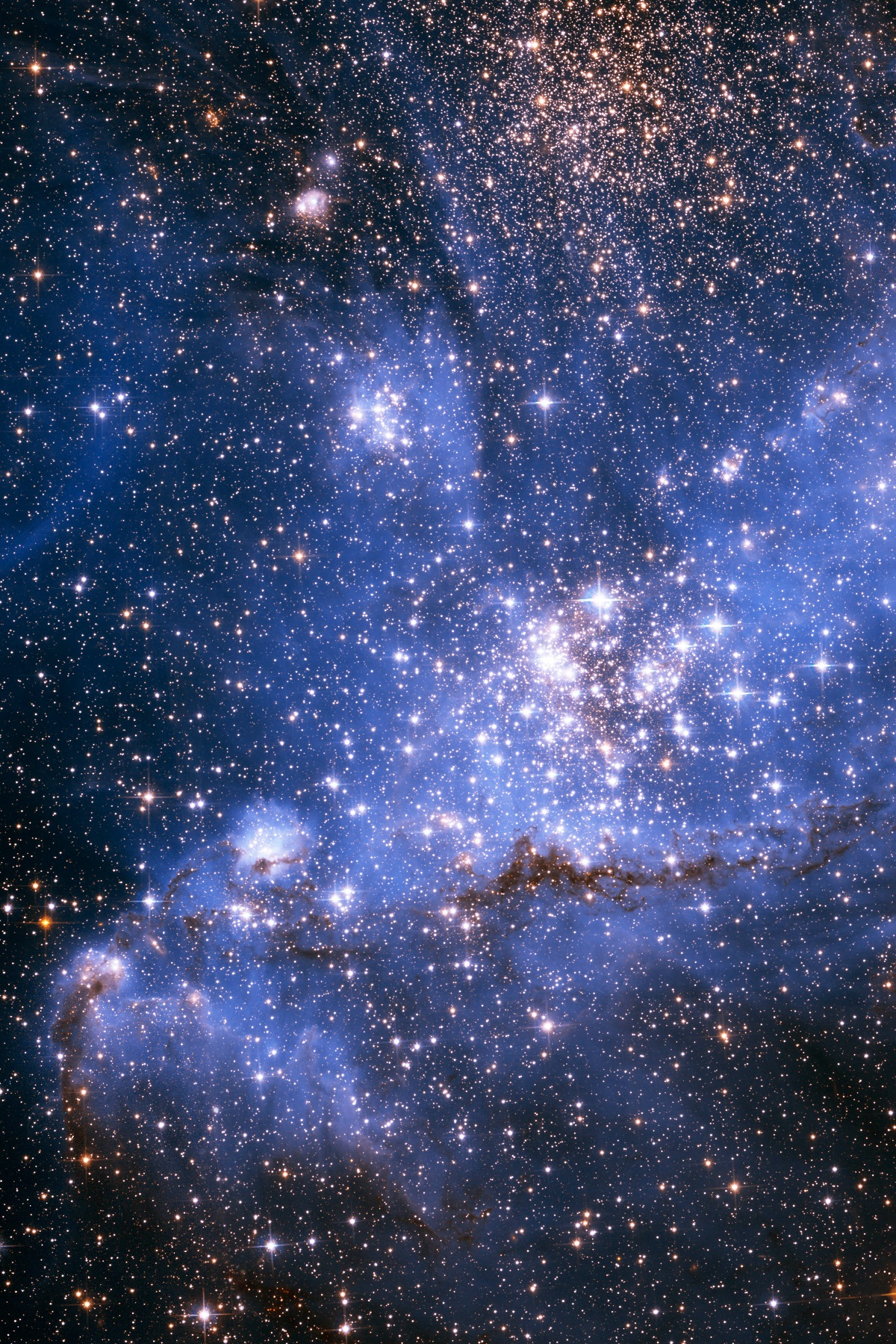
Deep within the Small Magellanic Cloud, a cosmic cradle of star formation known as NGC 346 beckons. This stellar nursery teems with glowing gas, dust, and young stars, offering a glimpse into the process of stellar birth.
Venturing into the heart of NGC 346 transports us to a realm of cosmic creation, where the forces of gravity and interstellar matter coalesce to forge new celestial bodies. The intense radiation emitted by these young stars illuminates the surrounding nebula, creating a breathtaking spectacle of light and color.
NGC 1333: Unraveling the Secrets of Star Formation
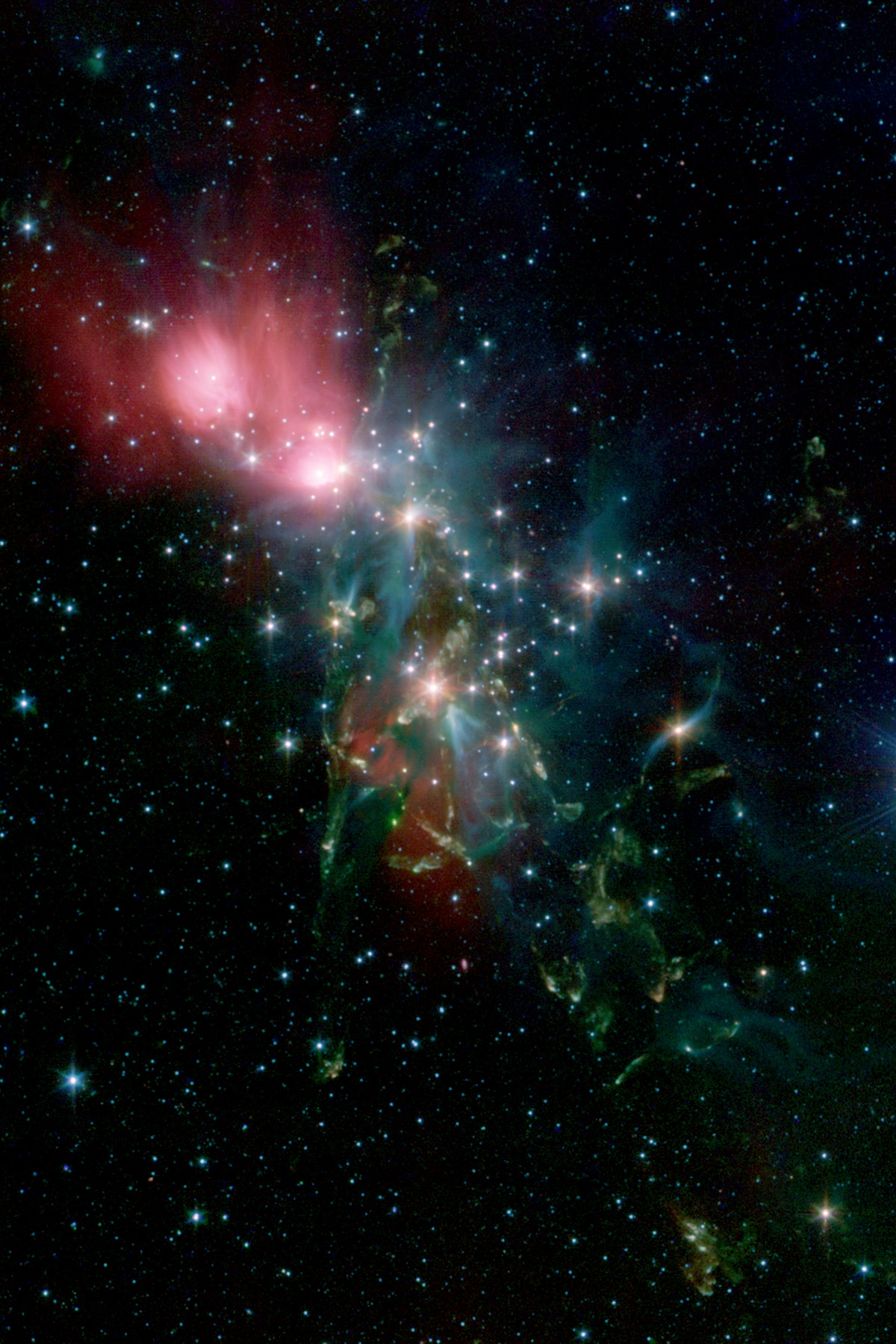
NGC 1333, nestled within the constellation Perseus, serves as a captivating laboratory for studying the intricacies of star formation. This stellar nursery presents astronomers with a unique opportunity to witness the birth and evolution of stars firsthand.
Peering into the depths of NGC 1333 reveals a cosmic panorama of swirling gas and dust, punctuated by the glow of nascent stars. It is here that the delicate balance between gravity, turbulence, and magnetic fields determines the destiny of celestial bodies, providing vital clues to our understanding of the universe’s continuous cycle of birth and death.
Gale Crater on Mars: A Window into the Red Planet’s Past
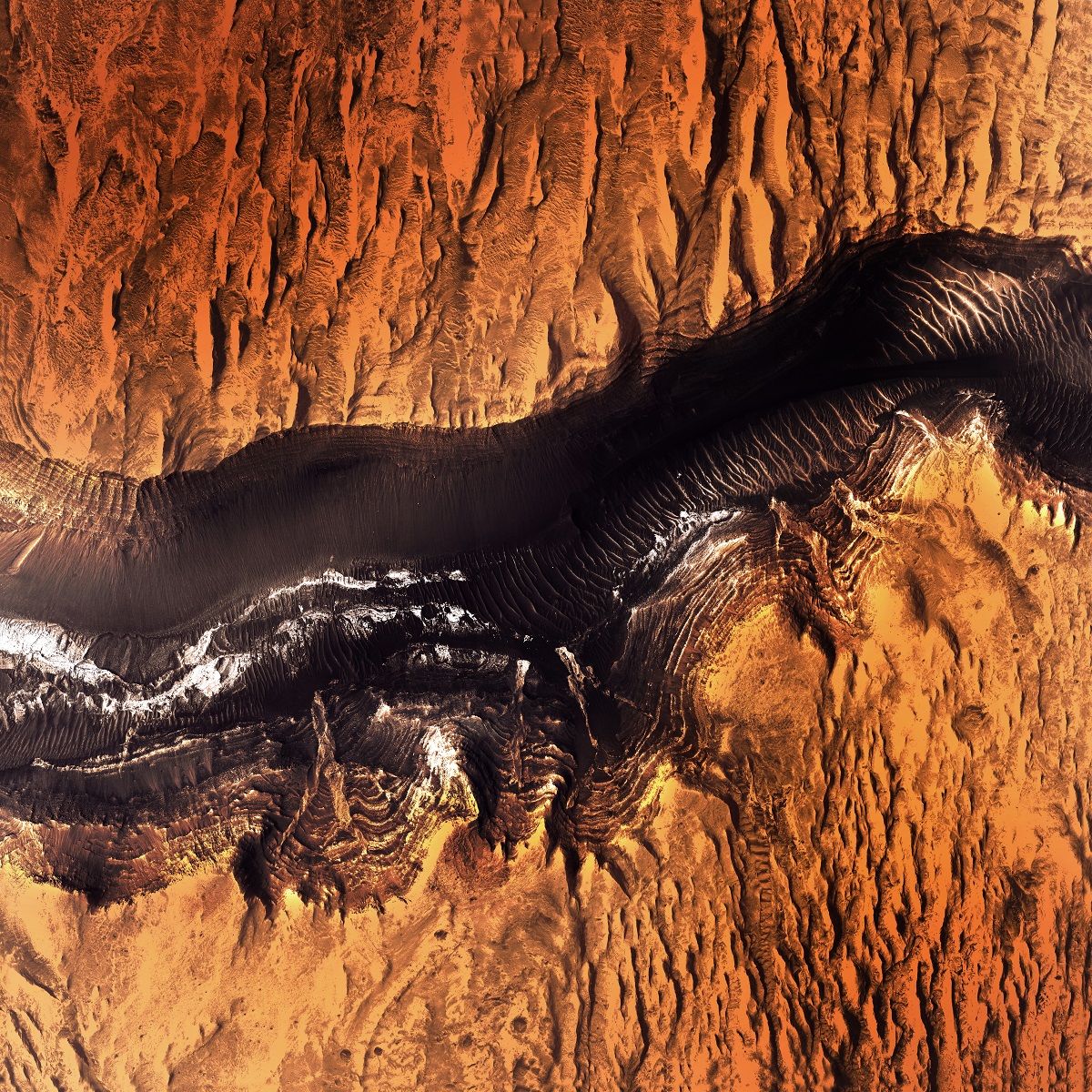
Gale Crater, a vast impact basin on the surface of Mars, holds the key to unlocking the secrets of the planet’s ancient history. Within its boundaries lies a treasure trove of geological formations and sedimentary layers that offer insights into Mars’ past climate and potential for harboring signs of ancient life.
Exploring Gale Crater takes us on a thrilling Martian expedition, where we traverse the diverse terrain and examine the sedimentary layers that hold the secrets of Mars’ geological evolution. The presence of Mount Sharp, a towering mountain within the crater, offers tantalizing clues about the planet’s past environments and the potential for unraveling the mysteries of life beyond Earth.
ARP 143: Unraveling the Dance of Galaxies
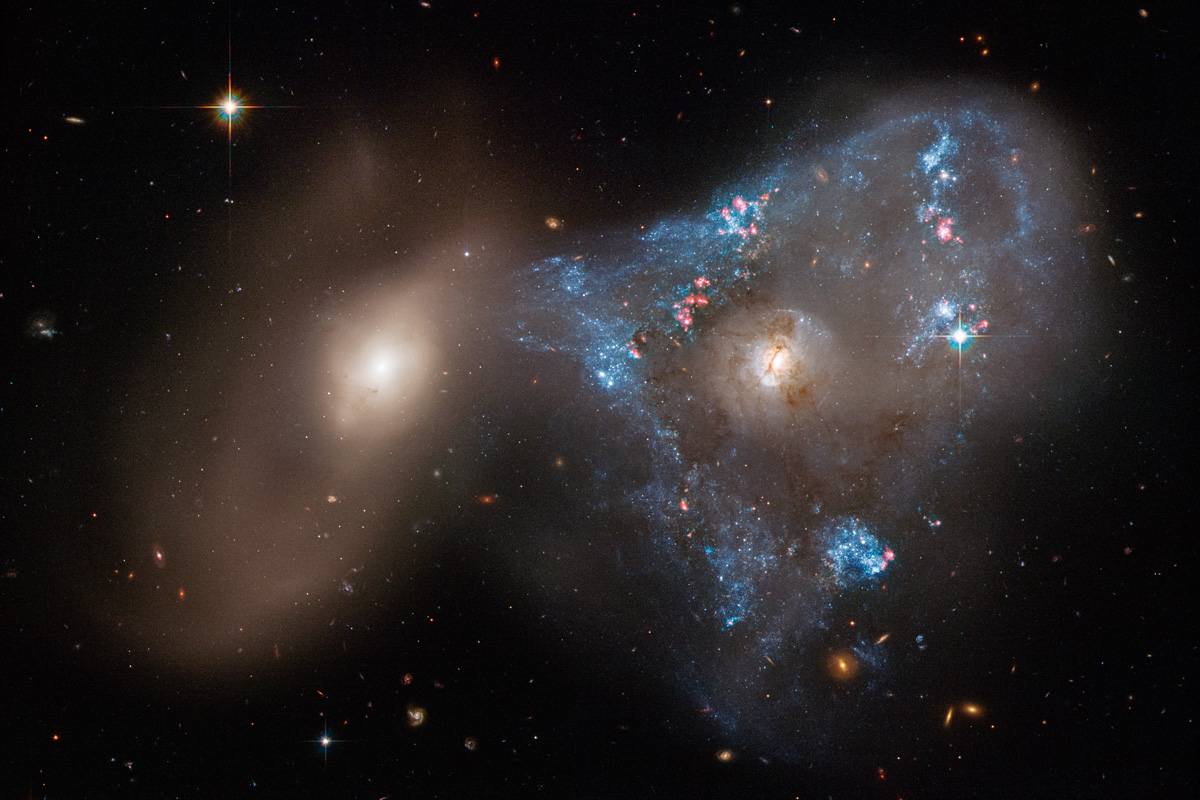
ARP 143, a mesmerizing celestial spectacle, showcases a cosmic dance between two interacting galaxies. This enigmatic collision offers a unique window into the forces that shape our universe, providing a glimpse into the intricate dynamics of cosmic encounters.
As we peer into the depths of ARP 143, we witness the interplay of gravity, tidal forces, and stellar interactions that transform galaxies. Stars are born, gas and dust clouds collide, and celestial structures morph and evolve before our eyes. This cosmic ballet reminds us of the vast cosmic theater where galaxies write their stories through celestial choreography.
Phantom Galaxy Across the Spectrum: A Multifaceted Enigma
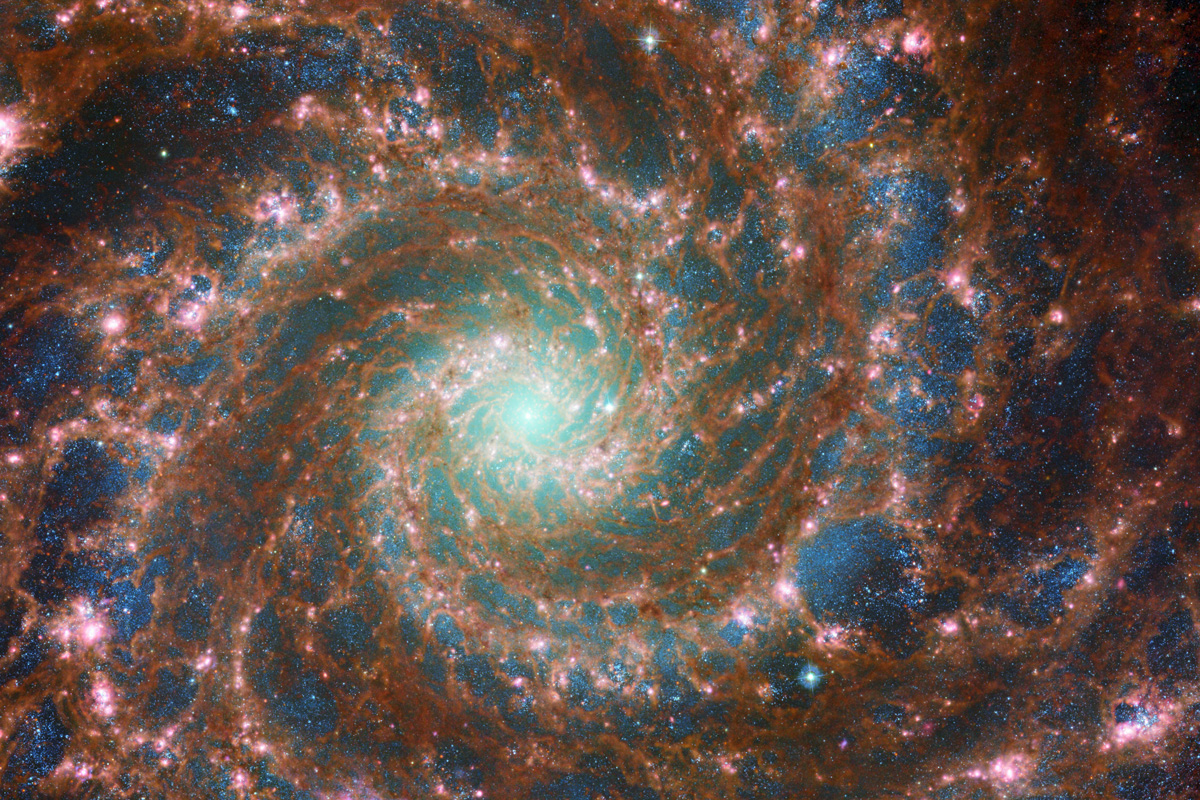
The Phantom Galaxy, shrouded in mystery and intrigue, captivates astronomers with its elusive nature. As it stretches across the electromagnetic spectrum, revealing hidden facets of its cosmic beauty, it challenges our understanding of galactic phenomena.
Observing the Phantom Galaxy across multiple wavelengths of light uncovers its intricate secrets. From radio waves to X-rays, each spectrum illuminates different aspects of its celestial anatomy, unraveling the enigmatic mechanisms at play within its vast expanse. This enigmatic galaxy holds the promise of new discoveries and prompts us to question the boundaries of our knowledge.
A Cosmic Tarantula: The Spectacular Nebula NGC 2070
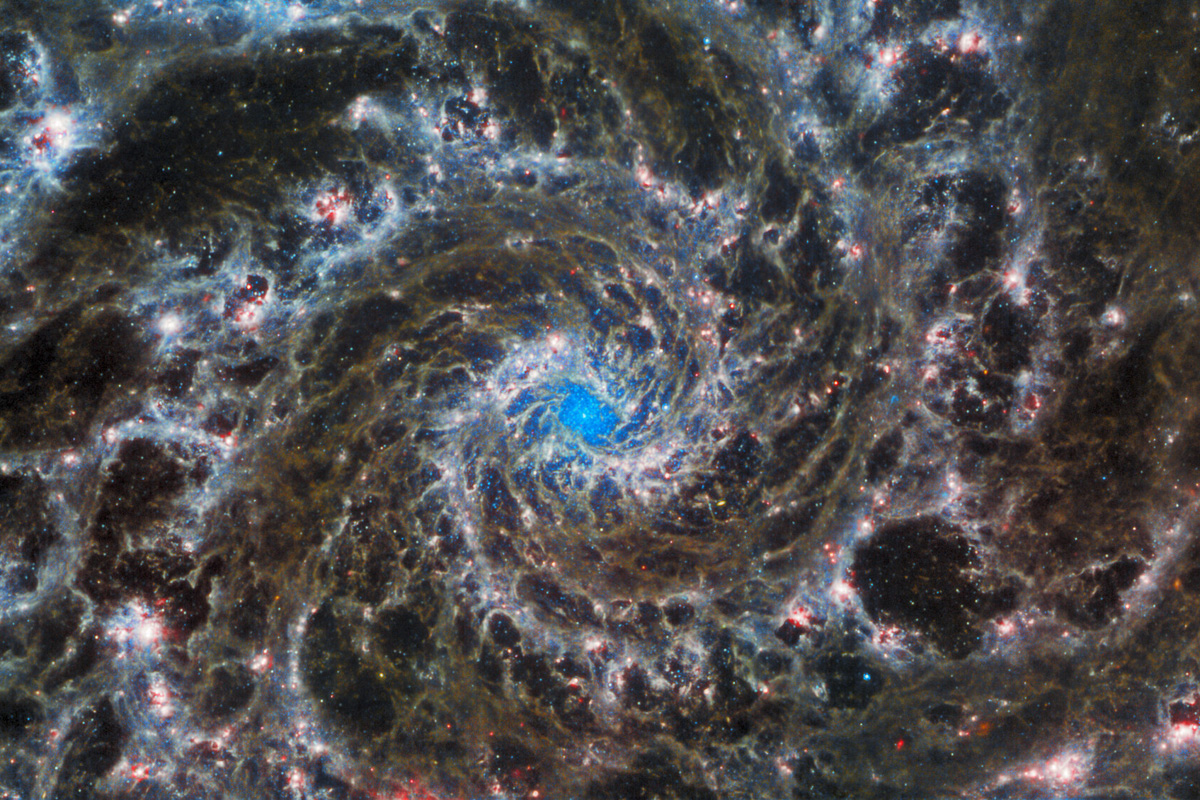
Within the Large Magellanic Cloud, a cosmic arachnid emerges—the Tarantula Nebula (NGC 2070). This cosmic spectacle, named for its resemblance to the terrestrial spider, is an extraordinary cauldron of stellar birth and death.
As we venture into the cosmic Tarantula, we encounter vast clouds of gas and dust illuminated by the fierce radiance of young, massive stars. Intense stellar winds sculpt the surrounding nebula, creating intricate structures and giving birth to new stars in a celestial crucible of creation. The Tarantula Nebula serves as a testament to the astounding diversity and dynamic nature of our universe.
Galaxy NGC 2525: A Celestial Marvel
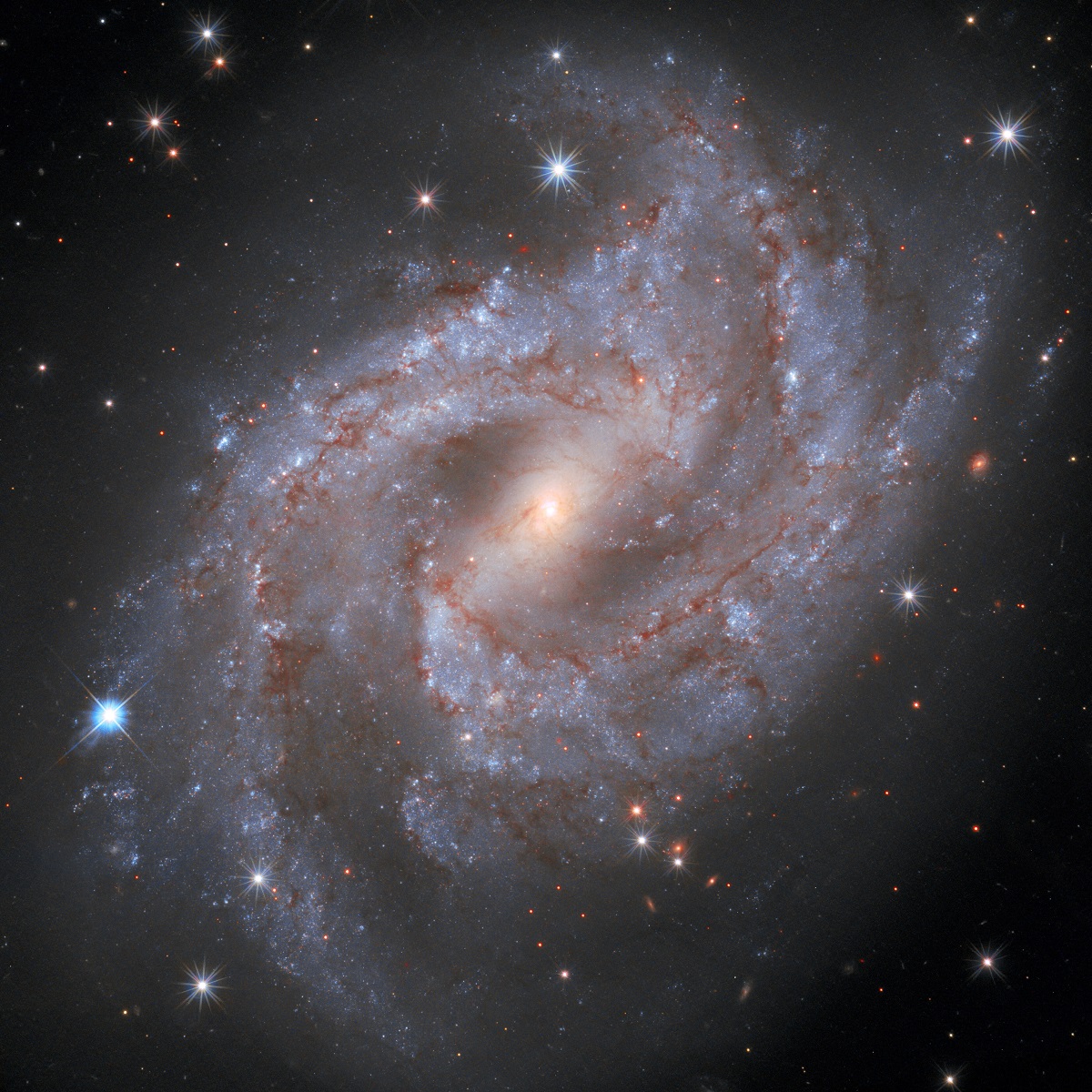
NGC 2525, a galaxy residing in the depths of space, invites us to witness its cosmic majesty. With its swirling arms, stellar populations, and intricate dust lanes, this celestial marvel captivates both astronomers and stargazers alike.
As we gaze upon NGC 2525, we witness the grandeur of galactic evolution. Stellar nurseries within its spiral arms give birth to new stars, while massive supernova explosions release vast amounts of energy, shaping the galaxy’s structure. NGC 2525 serves as a cosmic canvas, reminding us of the ever-changing nature of the universe.
The Magnificent Starburst Galaxy Messier 82: A Celestial Firework Show
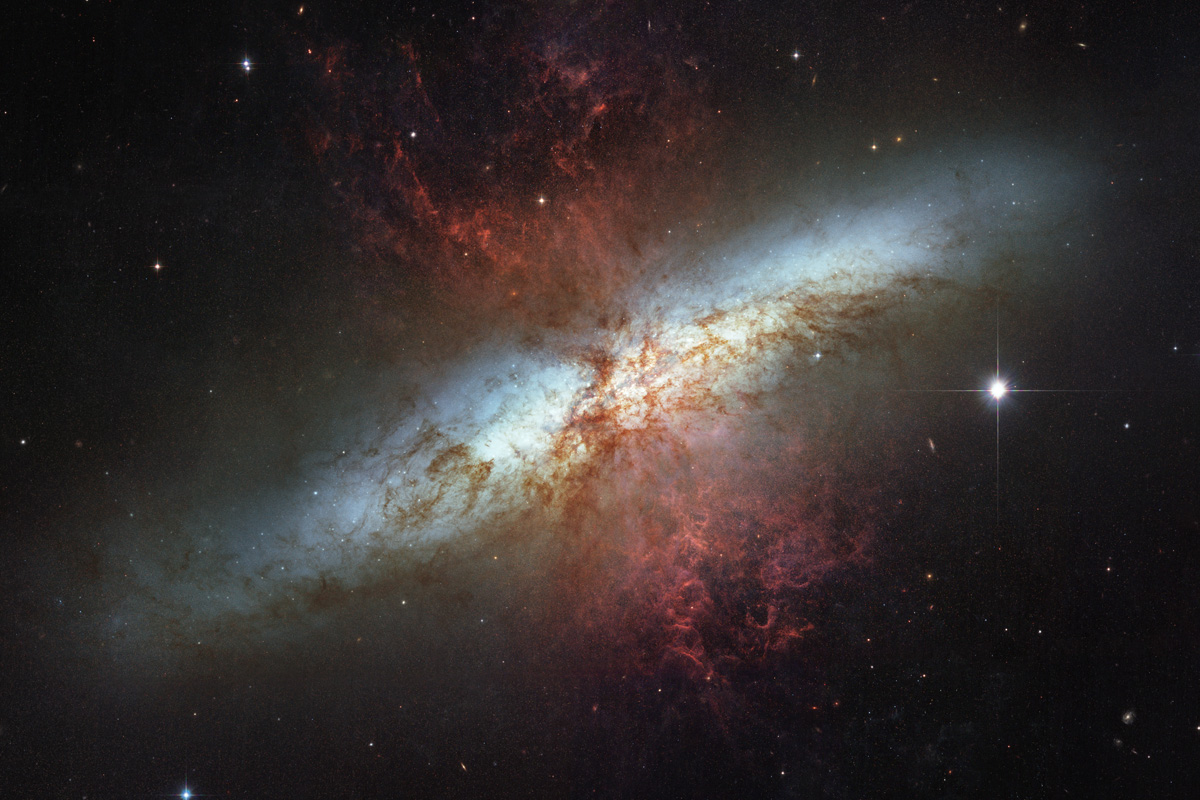
Prepare to be dazzled by the mesmerizing spectacle of Messier 82, the Starburst Galaxy. This cosmic wonder, located in the constellation Ursa Major, captivates with its vibrant glow and explosive stellar activity.
As we venture into Messier 82, we witness an awe-inspiring display of massive stars being born at an astonishing rate. The intense radiation and stellar winds from these stellar factories ignite vast regions of interstellar gas, creating a celestial firework show of glowing nebulae and supernova remnants. The Starburst Galaxy is a testament to the dynamic and energetic nature of the universe, where new stars emerge amidst cosmic chaos.
The Stellar Forge: Birthplace of Celestial Gems
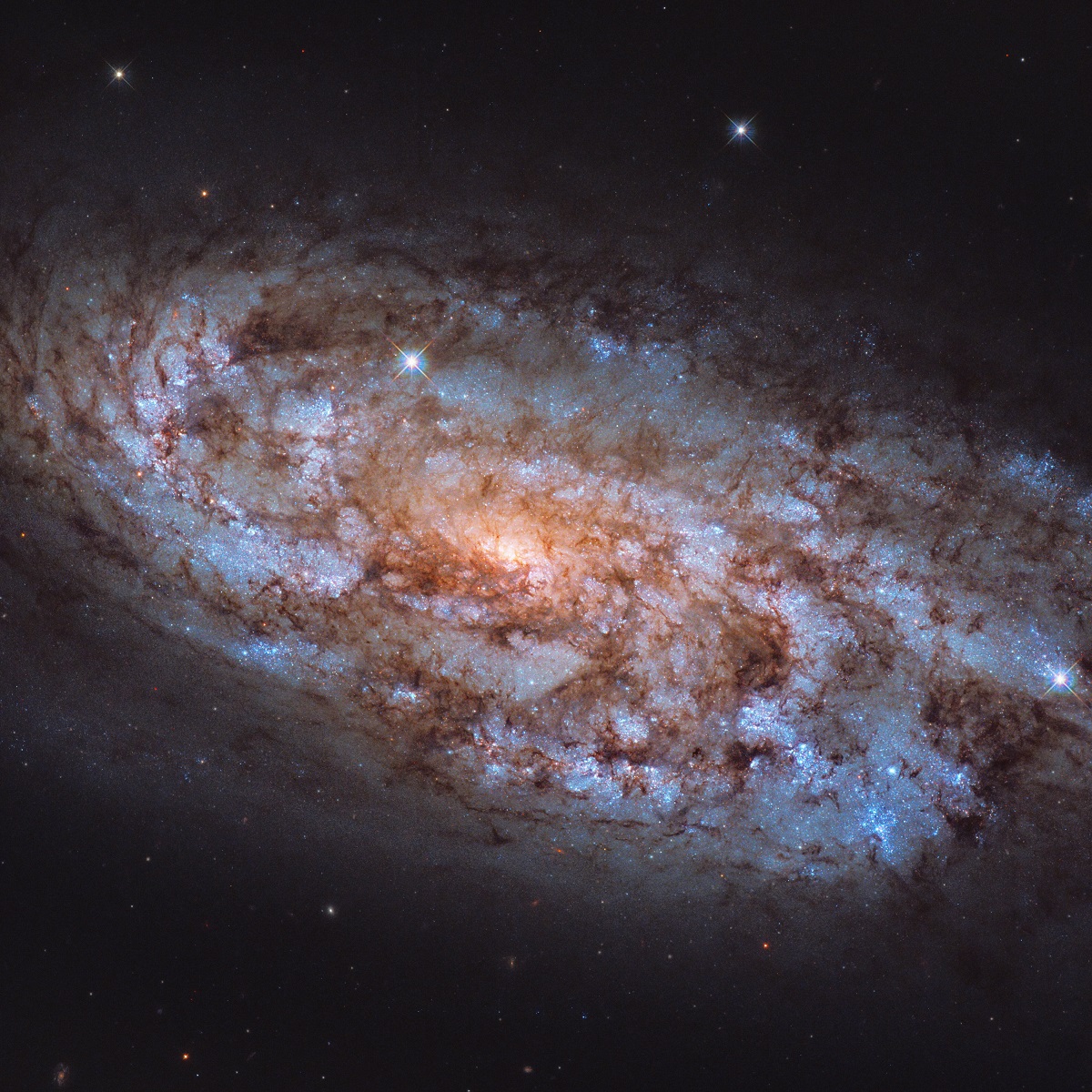
Deep within the cosmic depths, hidden within colossal clouds of gas and dust, lies the Stellar Forge, the birthplace of stars. This cosmic crucible of creation is where the universe molds its most precious gems.
Venturing into the Stellar Forge, we witness the magical alchemy of gravity and interstellar matter. Massive clouds collapse under their own weight, igniting nuclear fusion and giving birth to brilliant newborn stars. The process of stellar birth shapes the galaxy’s structure and influences the evolution of cosmic ecosystems. The Stellar Forge is a captivating reminder of the constant cycle of creation and destruction that drives the universe.
Stars from the Past: Echoes of Cosmic History
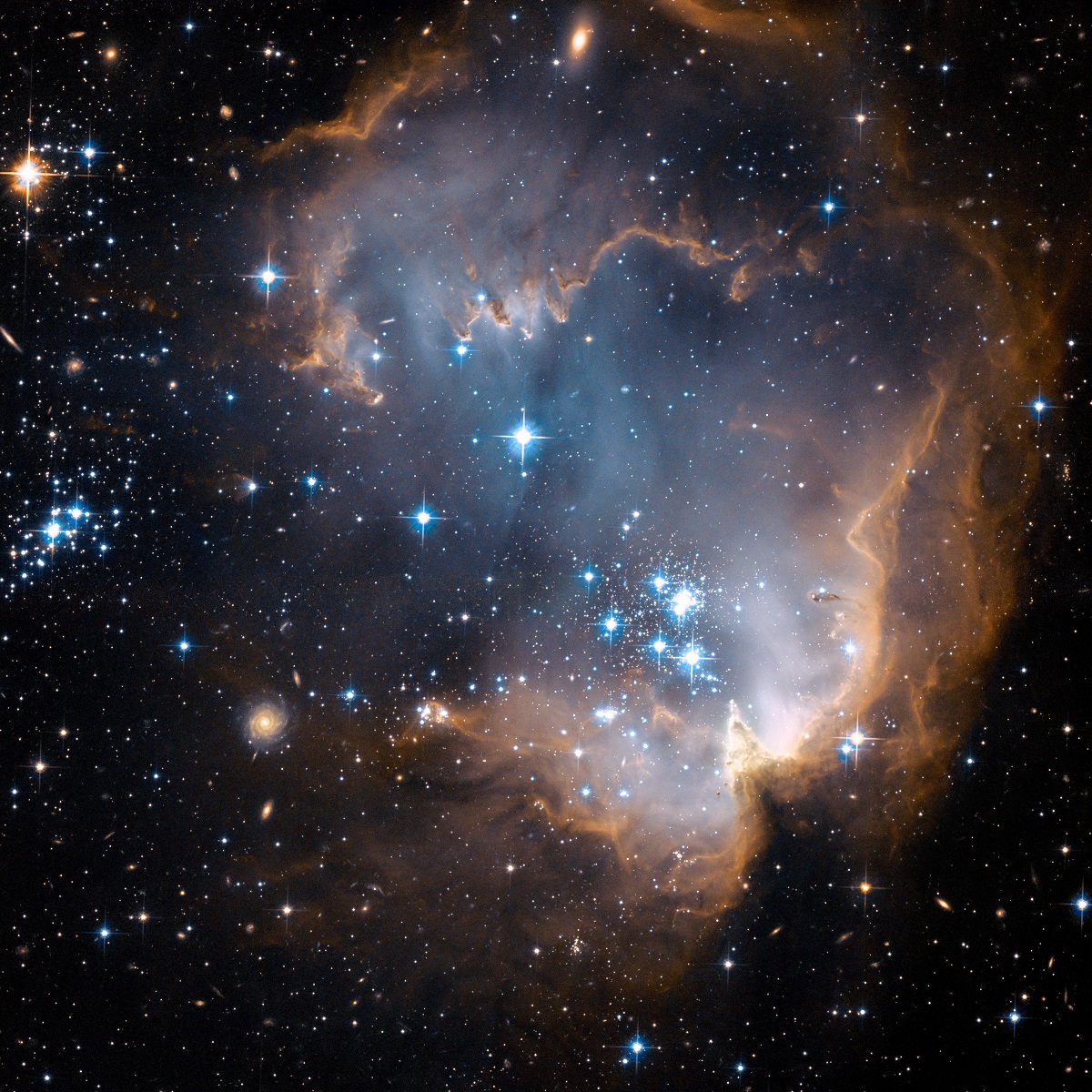
Within the vast expanse of space, the light of distant stars carries the echoes of cosmic history, whispering tales of the universe’s past. By studying these ancient stellar remnants, we gain insights into the origin and evolution of our cosmic home.
As we observe Stars from the Past, we unlock the secrets hidden within their spectral signatures. The light from these distant luminaries traverses unfathomable cosmic distances, bringing us glimpses of the universe as it once was. By decoding the secrets contained within the ancient starlight, we unravel the cosmic chronicles and deepen our understanding of the universe’s grand narrative.
Valles Marineris on Mars: A Gateway to the Red Planet’s Geological History
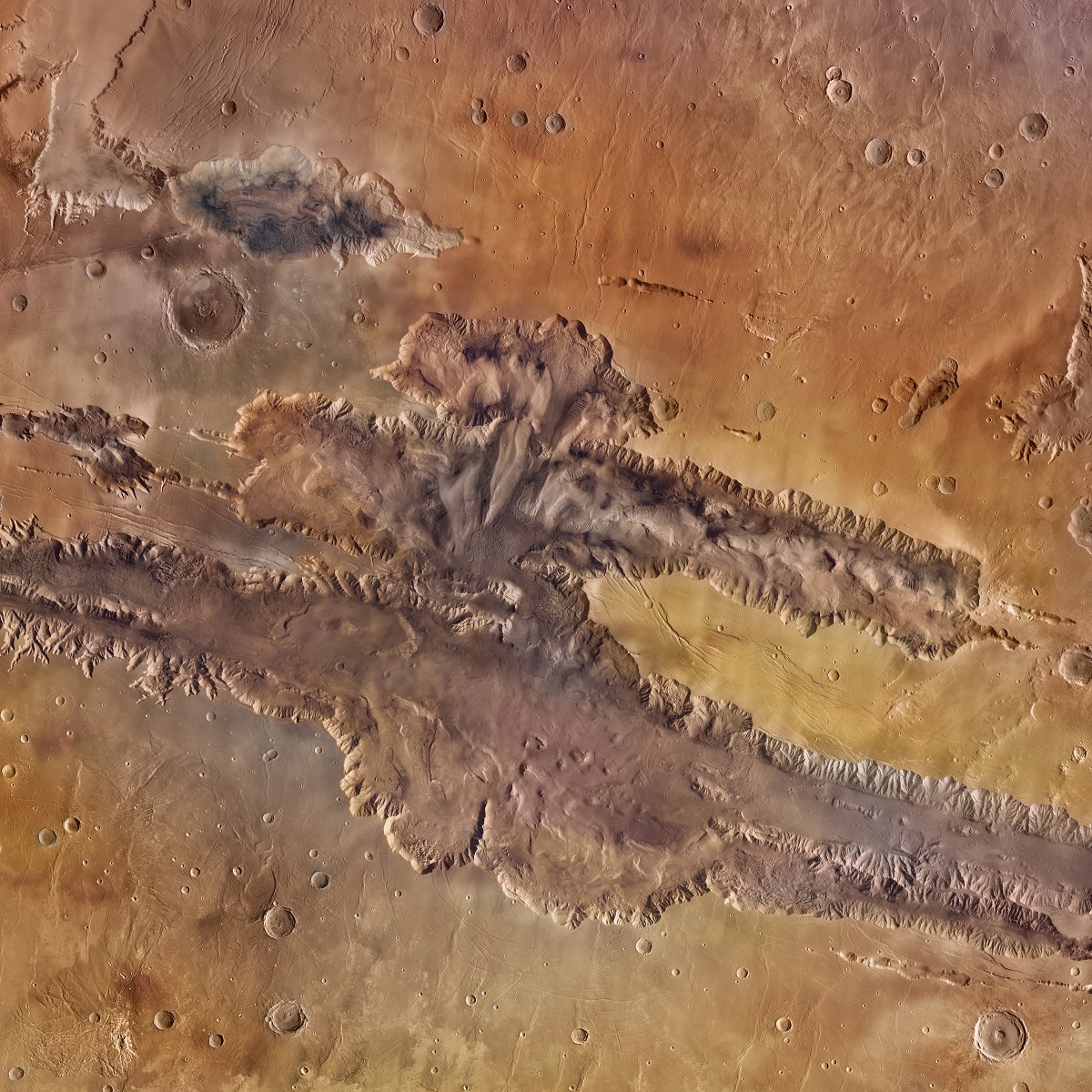
On the surface of Mars lies Valles Marineris, a colossal canyon system that stretches across the Martian landscape. This awe-inspiring feature provides a window into the Red Planet’s geological history and ignites our curiosity about its past.
Venturing into Valles Marineris takes us on a remarkable journey through the Martian epochs. We witness the scars left by ancient geological forces, the remnants of catastrophic events that shaped the planet’s surface. This vast canyon system holds the key to understanding Mars’ geological evolution, potentially unveiling the secrets of its watery past and the possibility of extraterrestrial life.
Jupiter’s Moon Europa: A Frozen Ocean of Possibilities
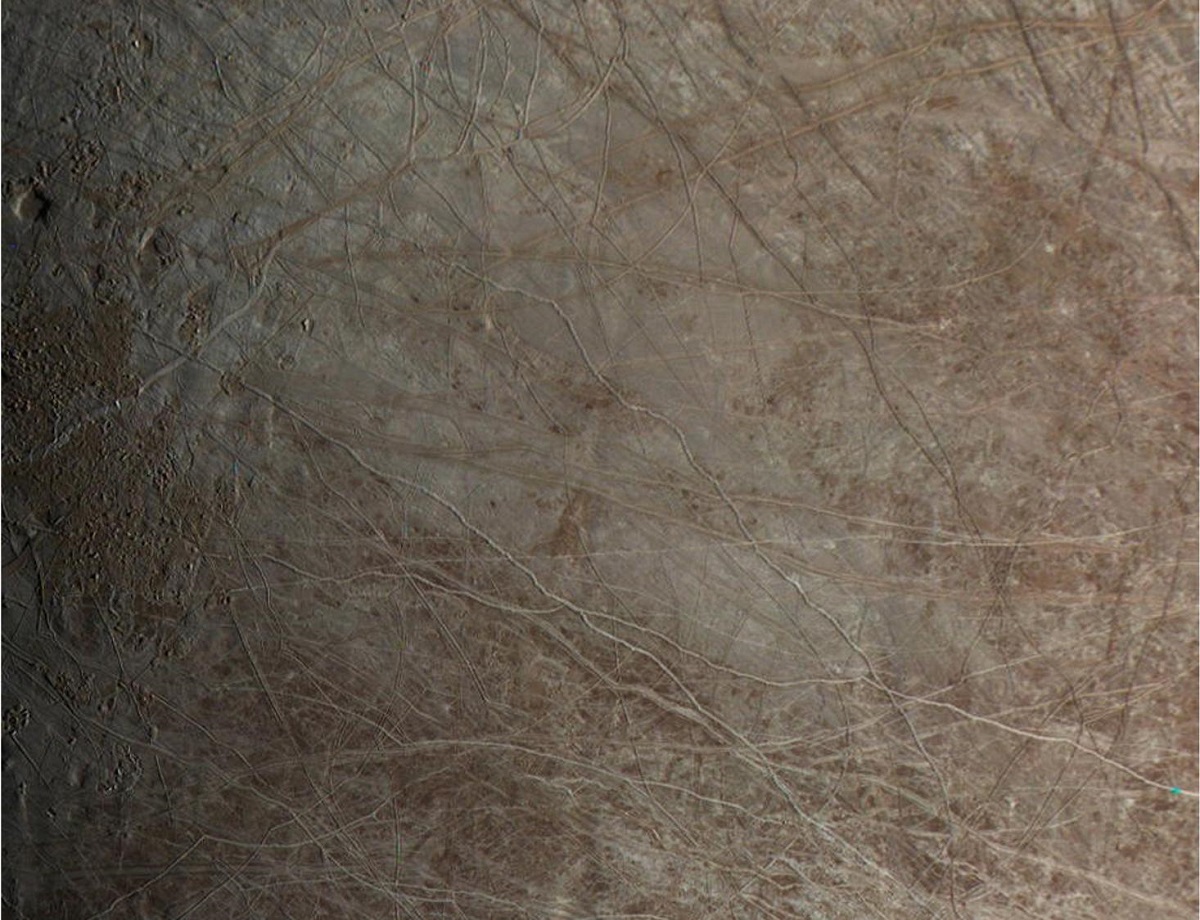
Hidden beneath the icy surface of Jupiter’s moon Europa lies a world of staggering wonder and intrigue. Europa, believed to have a subsurface ocean, presents tantalizing prospects for the existence of extraterrestrial life.
As we delve into the mysteries of Europa, we envision a world of frozen beauty concealing a liquid oasis. The moon’s icy shell shields a vast ocean, warmed by tidal forces from its parent planet. Beneath its frigid exterior, Europa’s hidden depths hold the potential for life, making it a captivating target for future exploration and scientific inquiry.
Fingers in the Eagle Nebula: Pillars of Creation Reimagined
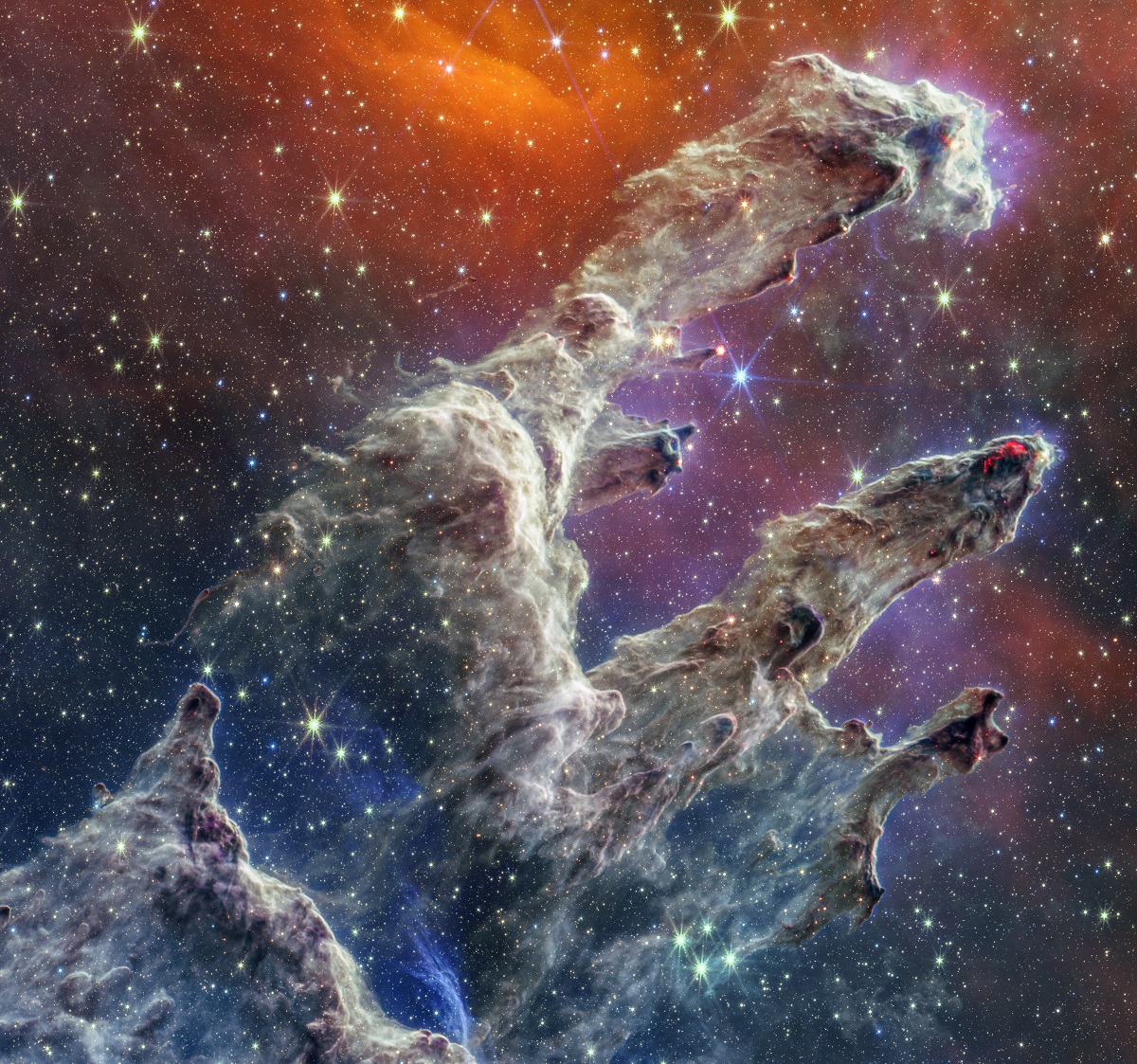
Deep within the Eagle Nebula, a cosmic masterpiece unveils itself in the form of majestic “Fingers.” These towering pillars of gas and dust, reminiscent of the iconic Pillars of Creation, offer a glimpse into the tumultuous birth of new stars.
As we venture into the Eagle Nebula’s “Fingers,” we witness the raw power of stellar birth. Intense radiation from nearby massive stars illuminates these ethereal structures, sculpted by the forces of gravity and stellar winds. Within these cosmic spires, the seeds of future stars are sown, perpetuating the celestial cycle of creation and evolution.
Webb Space Telescope Inspects the Heart of the Phantom Galaxy
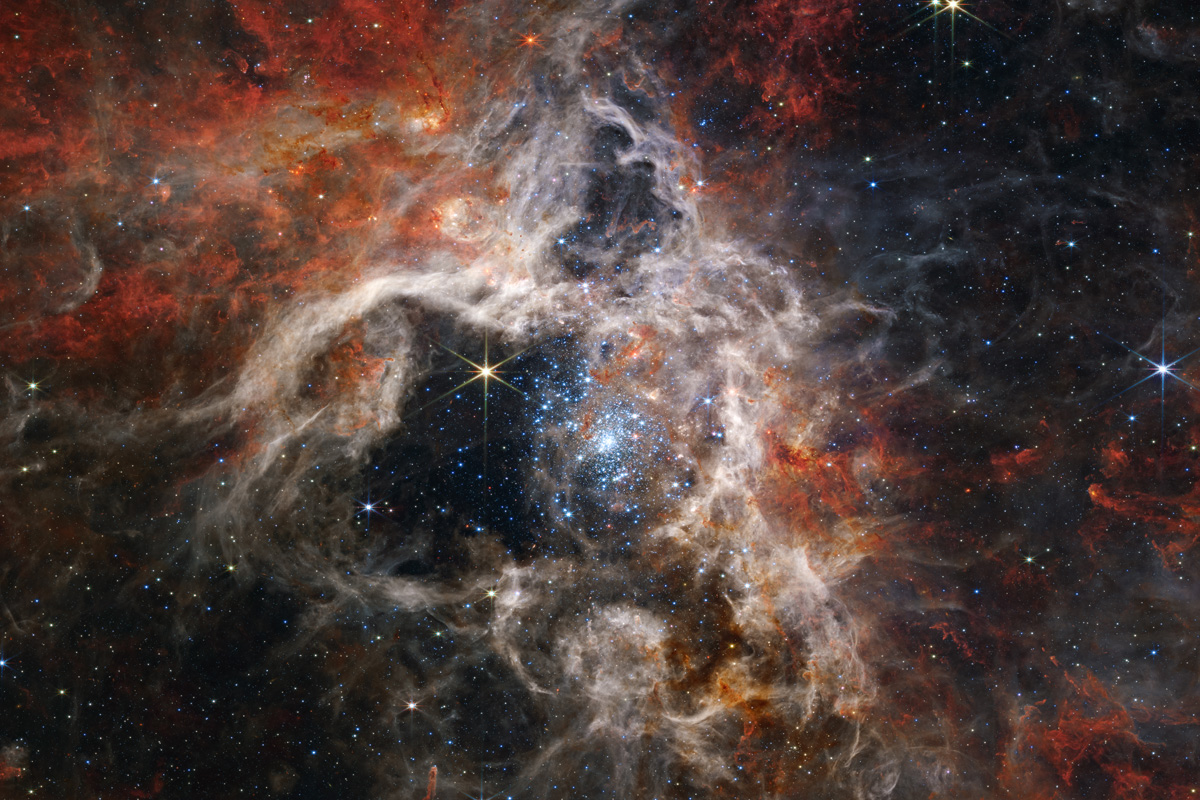
The James Webb Space Telescope, our latest technological marvel, sets its gaze upon the heart of the enigmatic Phantom Galaxy. This captivating celestial entity, shrouded in mystery, beckons us to explore its hidden depths.
As the Webb Space Telescope peers into the Phantom Galaxy, it unveils a cosmic enigma. Through its powerful instruments, we discern intricate details of the galaxy’s core, probing the secrets of its supermassive black hole and the cosmic ballet of stars swirling around it. The observations from the Webb telescope shed light on the enigmatic nature of galaxies and further our understanding of the universe’s grand design.
Messier 106: A Majestic Spiral Beauty
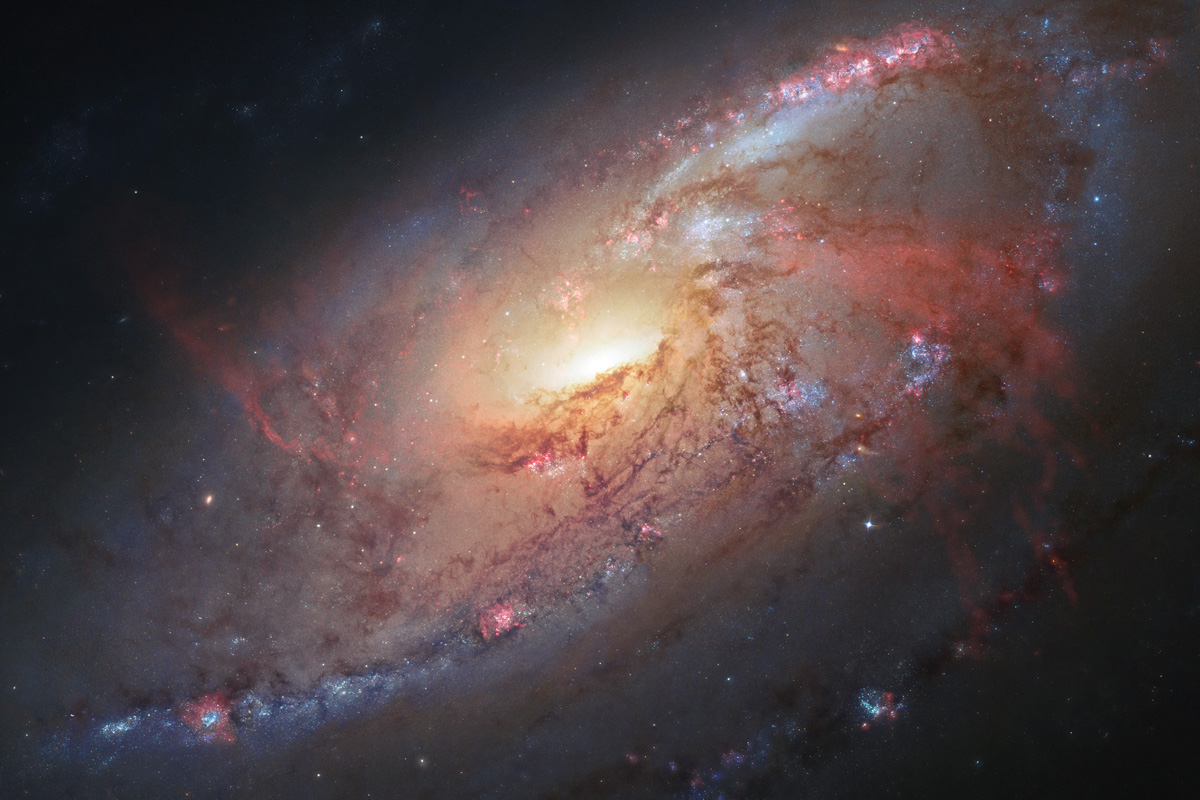
Amidst the tapestry of cosmic wonders, the spiral galaxy Messier 106 commands our attention with its resplendent beauty. Located in the constellation Canes Venatici, this celestial masterpiece showcases the grandeur of galactic splendor.
As we immerse ourselves in the glory of Messier 106, we witness the spiral arms adorned with clusters of newborn stars. Stellar nurseries within these graceful arms give birth to new celestial bodies, perpetuating the intricate dance of cosmic evolution. Messier 106 stands as a testament to the astonishing diversity and captivating elegance of the universe.
Cosmic Dust Bunnies: The Hidden Builders of the Universe
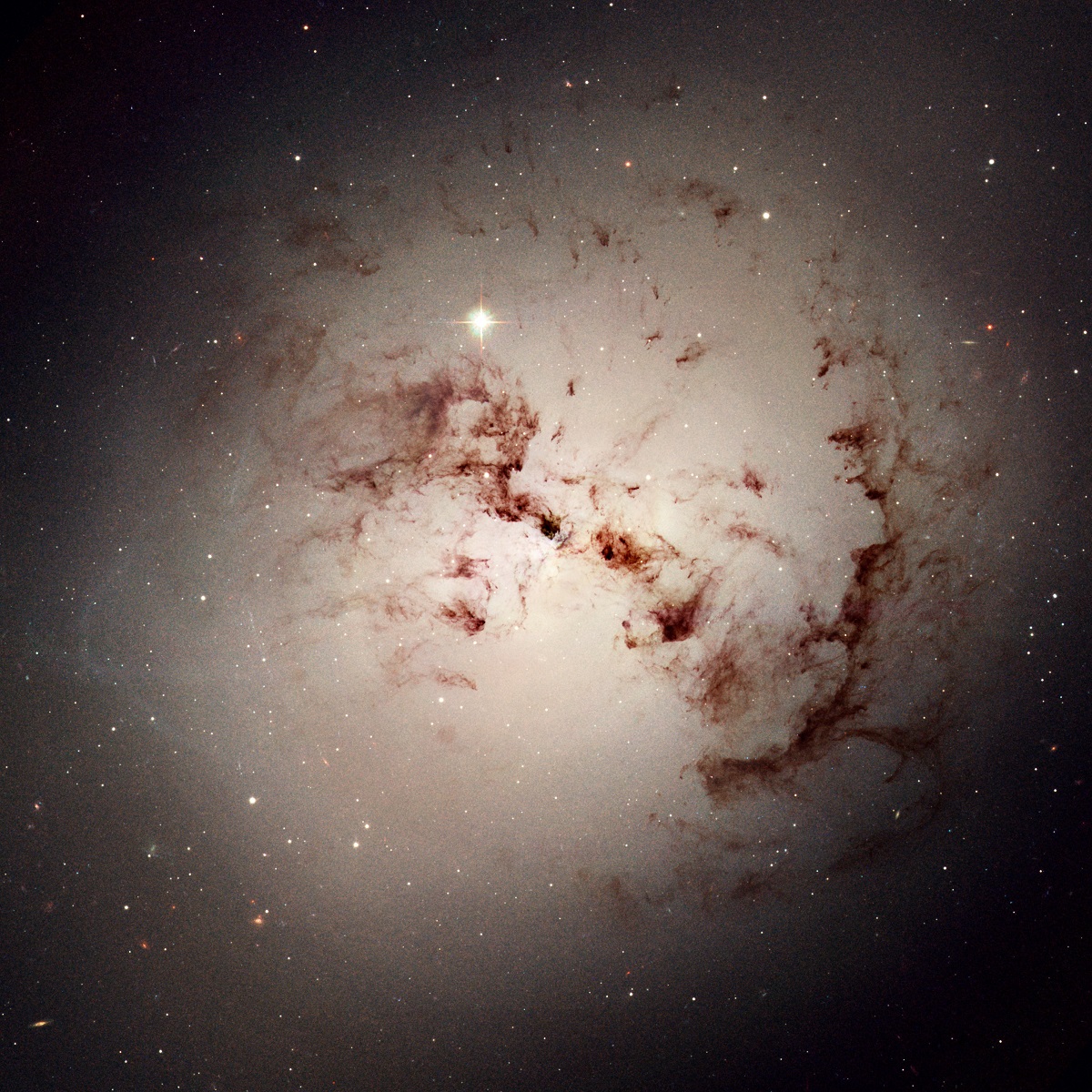
In the vast expanse of space, an unlikely phenomenon occurs—the formation of Cosmic Dust Bunnies. These intricate structures, composed of tiny particles of cosmic dust, play a crucial role in shaping the cosmos.
As we investigate the Cosmic Dust Bunnies, we discover their extraordinary abilities. They act as building blocks, facilitating the birth of stars and planets. Their gravitational influence molds the structure of galaxies, weaving the intricate tapestry of the universe. These seemingly insignificant dust particles hold immense power and significance, highlighting the interconnectedness of all cosmic elements.
Venus Northern Hemisphere: Unveiling the Enigmatic Veil
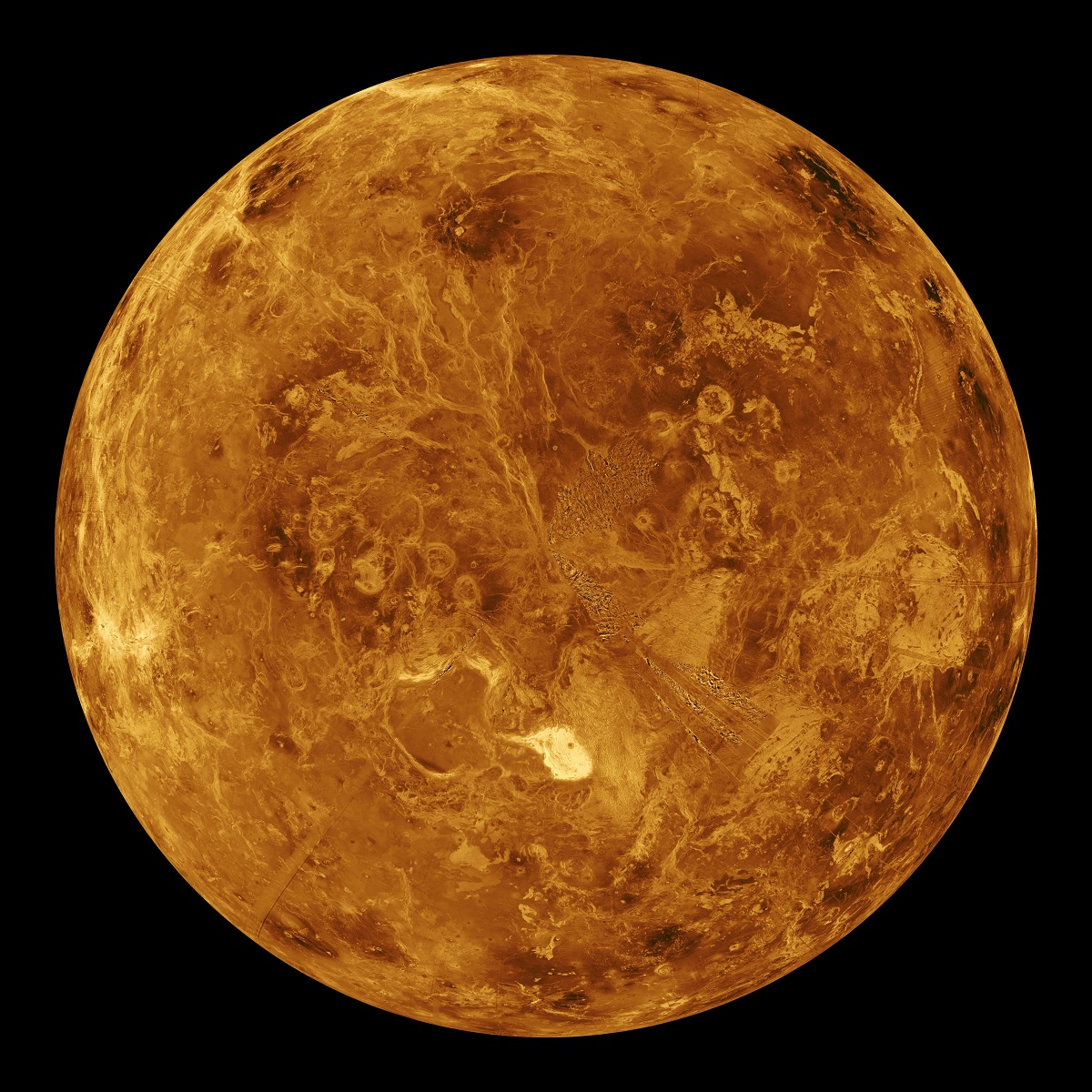
The Northern Hemisphere of Venus, a planet shrouded in mystery, beckons us to unlock its secrets. Venus, often referred to as Earth’s twin, showcases a stark contrast between its hemispheres, inviting exploration and scientific inquiry.
As we venture into the enigmatic Venus Northern Hemisphere, we encounter a turbulent and hostile environment. Thick clouds of sulfuric acid swirl within its atmosphere, concealing the surface below. By employing cutting-edge technology and innovative observation techniques, scientists strive to penetrate this veil, revealing the geological and atmospheric wonders that lie beneath.
Isabella Crater on Venus: A Window Into Venusian History
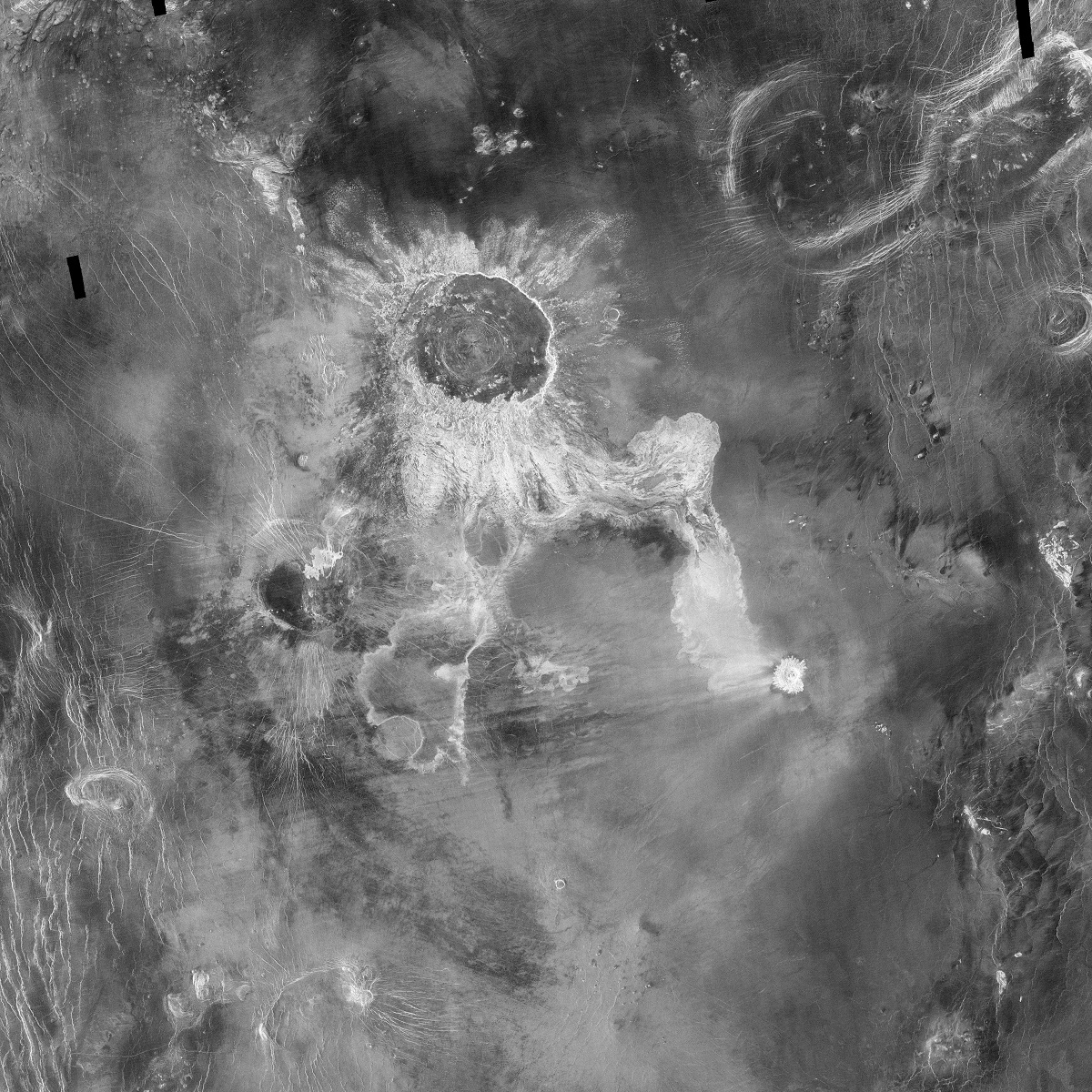
Isabella Crater, an intriguing feature on the surface of Venus, presents a unique opportunity to delve into the planet’s geological past. This crater, named after the famed explorer Isabella Bird, provides a glimpse into the tumultuous history of Earth’s neighboring planet.
As we explore Isabella Crater, we unravel the clues preserved within its rugged terrain. Its formation offers insights into Venus’ volcanic activity and impact history. By studying the layers of rocks and analyzing the composition of its deposits, scientists gain valuable knowledge about the geological evolution of Venus and its potential implications for the understanding of our own planet.
The Giant Nebula NGC 3603: A Stellar Nursery of Epic Proportions
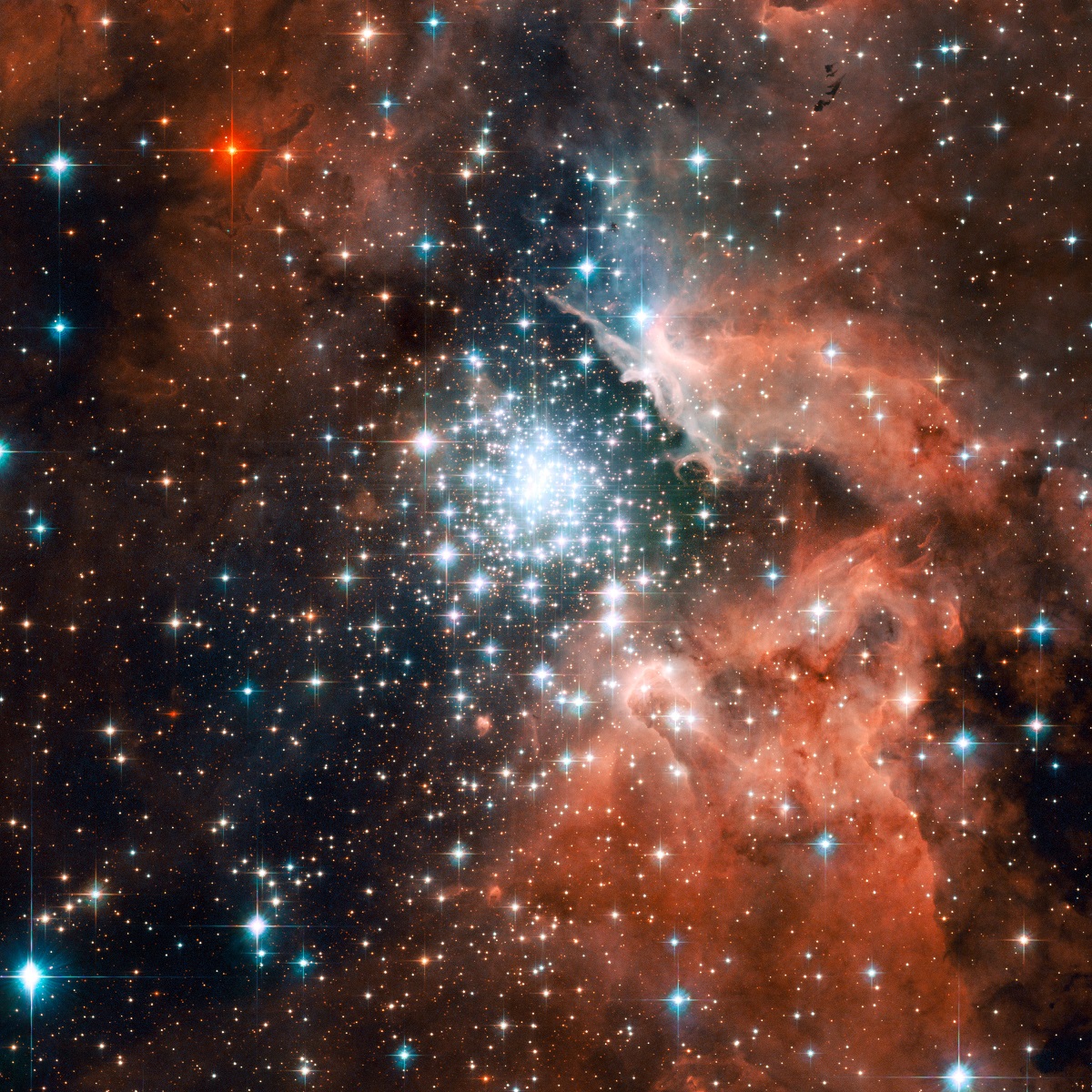
Within the depths of the cosmos, the Giant Nebula NGC 3603 emerges as a celestial marvel—a stellar nursery of epic proportions. Located in the constellation Carina, this cosmic wonder hosts a breathtaking array of young, massive stars.
As we immerse ourselves in the splendor of NGC 3603, we witness the birth of stars on a grand scale. Intense radiation and stellar winds sculpt the surrounding gas and dust, creating intricate structures and illuminating the cosmic canvas. This magnificent nebula shows the incredible forces at work in the universe, nurturing the birth of new stars and inspiring awe and wonder in the hearts of astronomers and stargazers alike.
Europa’s Stunning Surface: A Frozen Wonderland of Possibilities
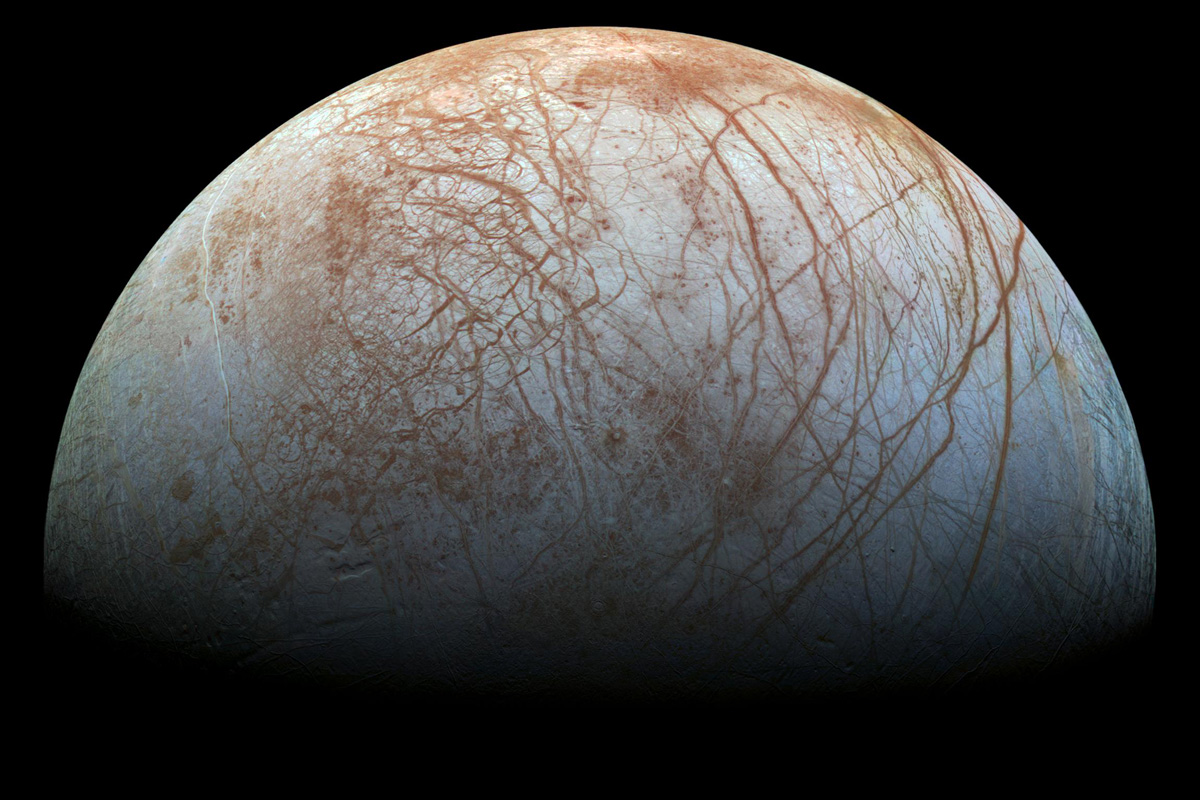
Beneath its icy façade, Jupiter’s moon Europa conceals a mesmerizing and enigmatic world. Europa’s stunning surface, adorned with intricate patterns and fractures, presents an awe-inspiring tapestry of extraterrestrial beauty.
As we venture into the depths of Europa, we encounter a frozen wonderland. The moon’s cracked and fractured ice crust hints at a subsurface ocean teeming with potential life. Europa’s captivating surface offers a wealth of scientific intrigue, raising tantalizing questions about the possibility of habitable environments beyond Earth and the potential for extraterrestrial life.
Deep Space from Webb: A Glimpse into the Cosmic Depths
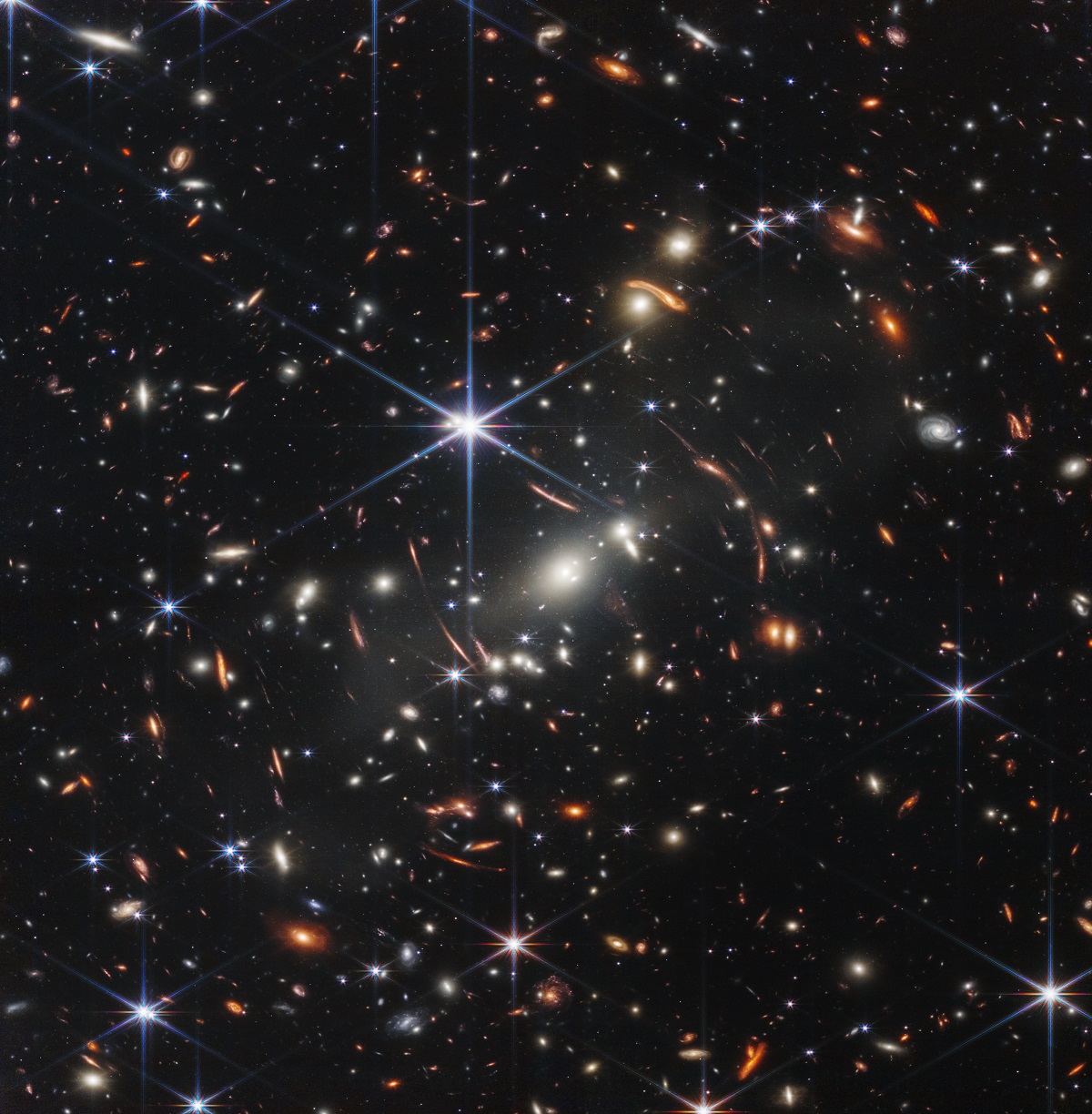
The James Webb Space Telescope, our window to the cosmos, unveils the secrets hidden within the vast expanse of deep space. As this revolutionary telescope peers into the abyss, it offers us an unprecedented view of the enigmatic and distant realms of the universe.
Through the eyes of the Webb Space Telescope, we journey deep into space, witnessing the birth of stars, the dance of galaxies, and the dazzling glow of nebulae. It unravels the mysteries of dark matter, captures the faint whispers of ancient light, and expands our understanding of the universe’s origins. Webb’s observations ignite our imagination and provide invaluable insights into the vast cosmic landscape that surrounds us.
Clouds over Jupiter: A Celestial Ballet of Dynamic Beauty
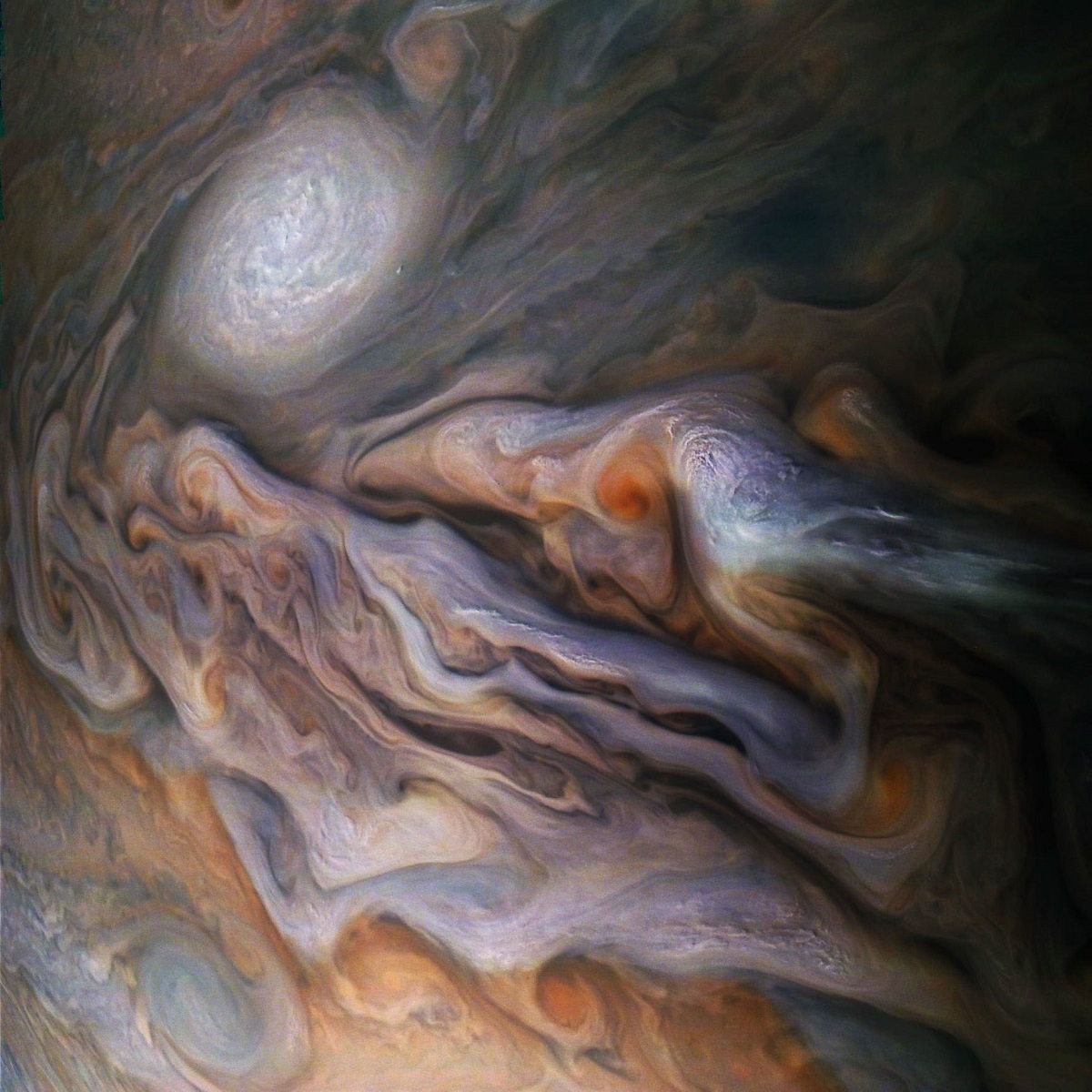
Jupiter, the largest planet in our solar system, boasts a mesmerizing tapestry of clouds, swirling and shifting in an intricate dance of atmospheric beauty. These awe-inspiring clouds have captured the attention of astronomers for centuries, yet they continue to astound and intrigue.
As we gaze upon the clouds over Jupiter, we witness an ever-changing masterpiece of atmospheric dynamics. Vibrant bands of swirling gas and massive storms, such as the iconic Great Red Spot, dominate the planet’s surface. The enigmatic nature of these cloud formations holds clues to the planet’s turbulent atmosphere and the forces shaping its meteorology. Jupiter’s clouds remind us of the sheer dynamism and complexity of planetary atmospheres throughout the cosmos.
Victoria Crater on Mars: A Window into Martian History
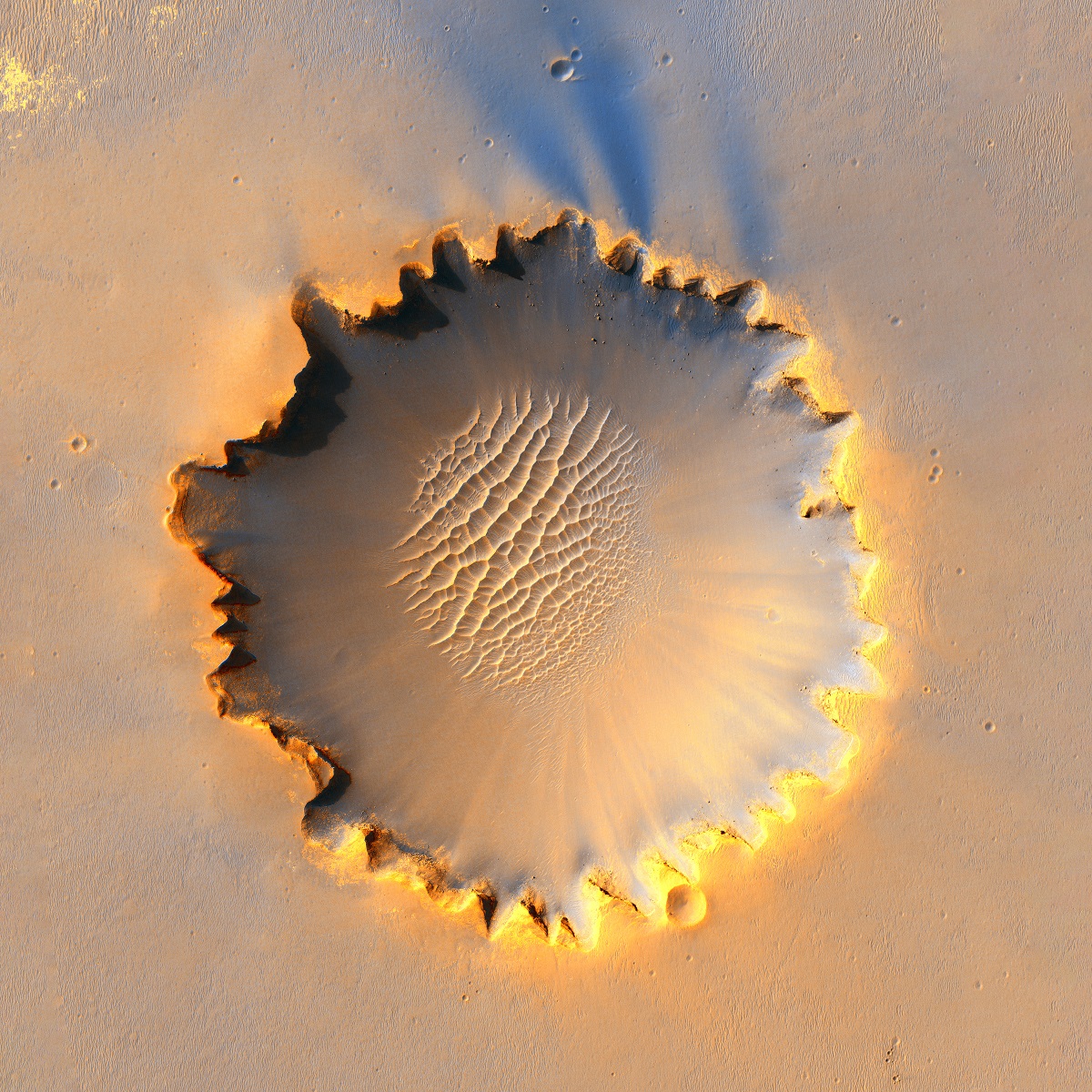
On the surface of the Red Planet lies Victoria Crater, a breathtaking impact feature that grants us a glimpse into Mars’ intriguing past. This massive crater, named in honor of Queen Victoria, bears witness to the planet’s geological history.
Venturing into Victoria Crater, we unravel the stories preserved within its layered walls. These stratified deposits provide valuable insights into Mars’ ancient climate, geological processes, and the presence of water. By examining the composition of rocks and studying the patterns etched into the crater’s surface, scientists paint a vivid picture of Mars’ distant past, deepening our understanding of the planet’s evolution and its potential for harboring signs of past or present life.
Ice Sculptures in the Carina Nebula: Frozen Elegance Illuminates the Cosmos
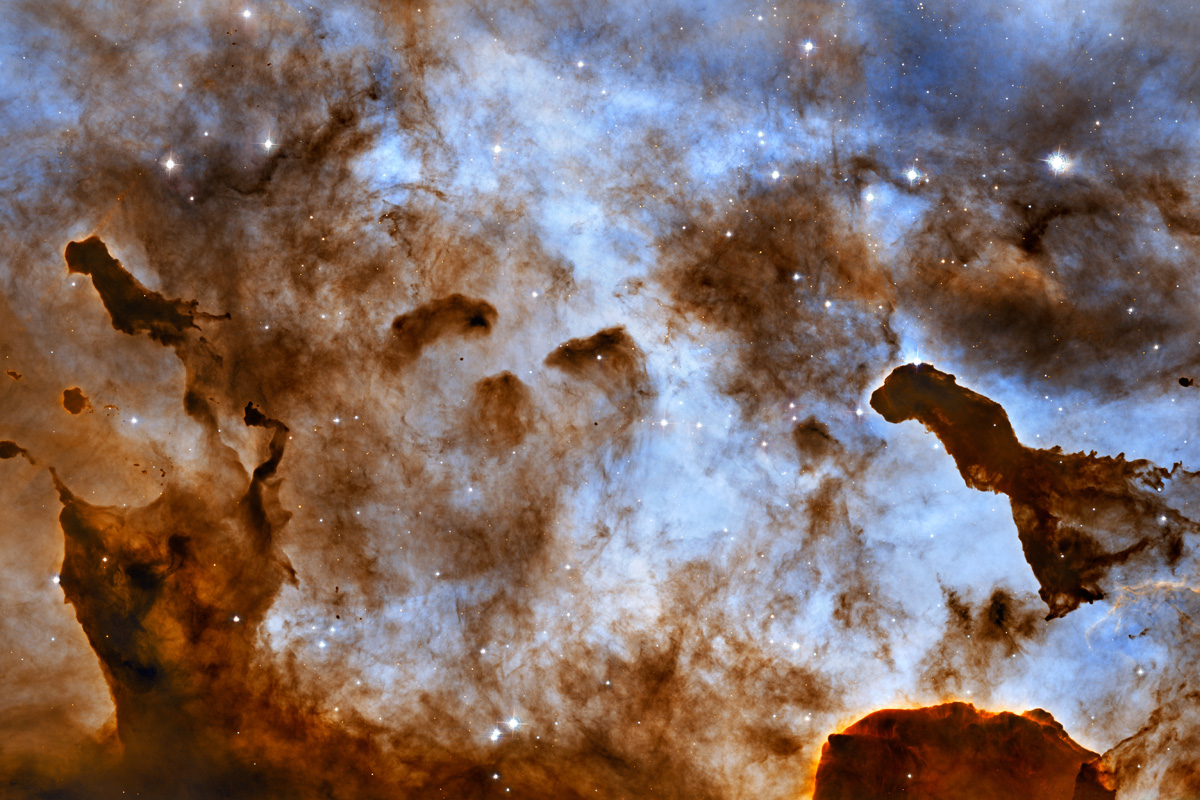
Deep within the Carina Nebula, a celestial masterpiece reveals itself in the form of intricate ice sculptures. These ethereal structures, sculpted by the forces of stellar winds and radiation, transform the nebula into a cosmic art gallery.
As we venture into the Carina Nebula, we witness a breathtaking display of frozen elegance. Massive stars, born from the dense clouds of gas and dust, create a celestial dance that sculpts the surrounding ice into stunning formations. These radiant ice sculptures, illuminated by the glow of newborn stars, evoke a sense of wonder and awe, reminding us of the delicate balance between destruction and creation in the cosmos.
Moon Crater: A Portal to the Lunar Past
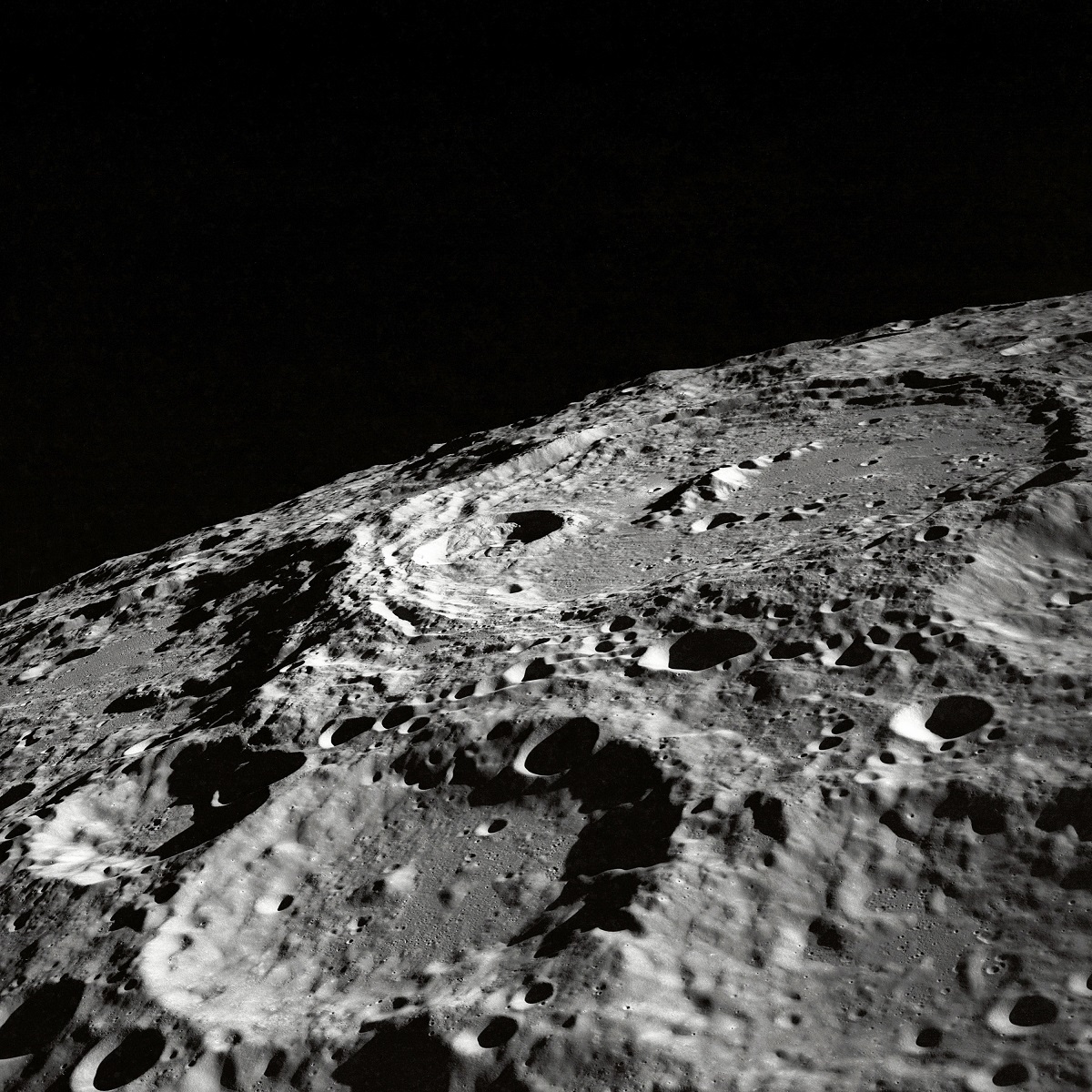
On the surface of Earth’s celestial companion, the Moon, lies a testament to cosmic impacts—a moon crater. These lunar features offer a fascinating glimpse into the violent history of our celestial neighbor.
As we explore the moon crater, we unlock the secrets of ancient cosmic collisions. The scars left by asteroid impacts reveal the intense forces that have shaped the lunar landscape over billions of years. By studying the size, shape, and composition of these craters, scientists gain valuable insights into the history of our solar system and the dynamics of celestial bodies.
Stellar Spire in the Eagle Nebula: Towers of Stellar Creation
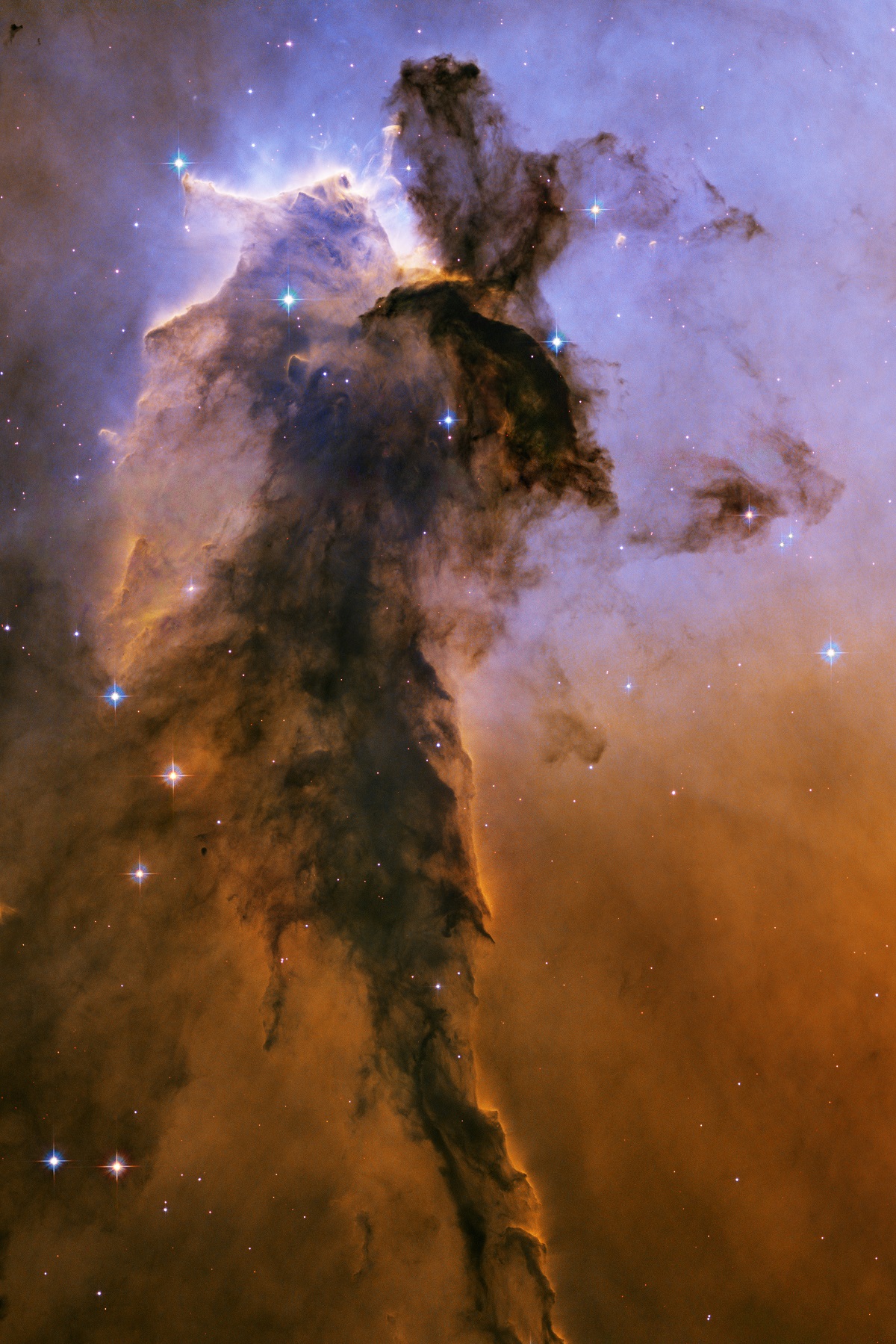
Nestled within the Eagle Nebula, the Stellar Spire stands as a towering testament to the magnificent process of star formation. This cosmic phenomenon captures the imagination and offers a glimpse into the birth of new celestial bodies.
As we soar through the Eagle Nebula, we encounter the awe-inspiring Stellar Spire—a colossal pillar of gas and dust stretching across light-years. Within this celestial tower, the seeds of future stars take shape, as gravity draws together the building blocks of stellar birth. The Stellar Spire serves as a reminder of the intricate interplay between gravity, radiation, and the cosmic forces that shape the destiny of galaxies.
Pair of Galaxies NGC 4302 and NGC 4298: A Cosmic Tango
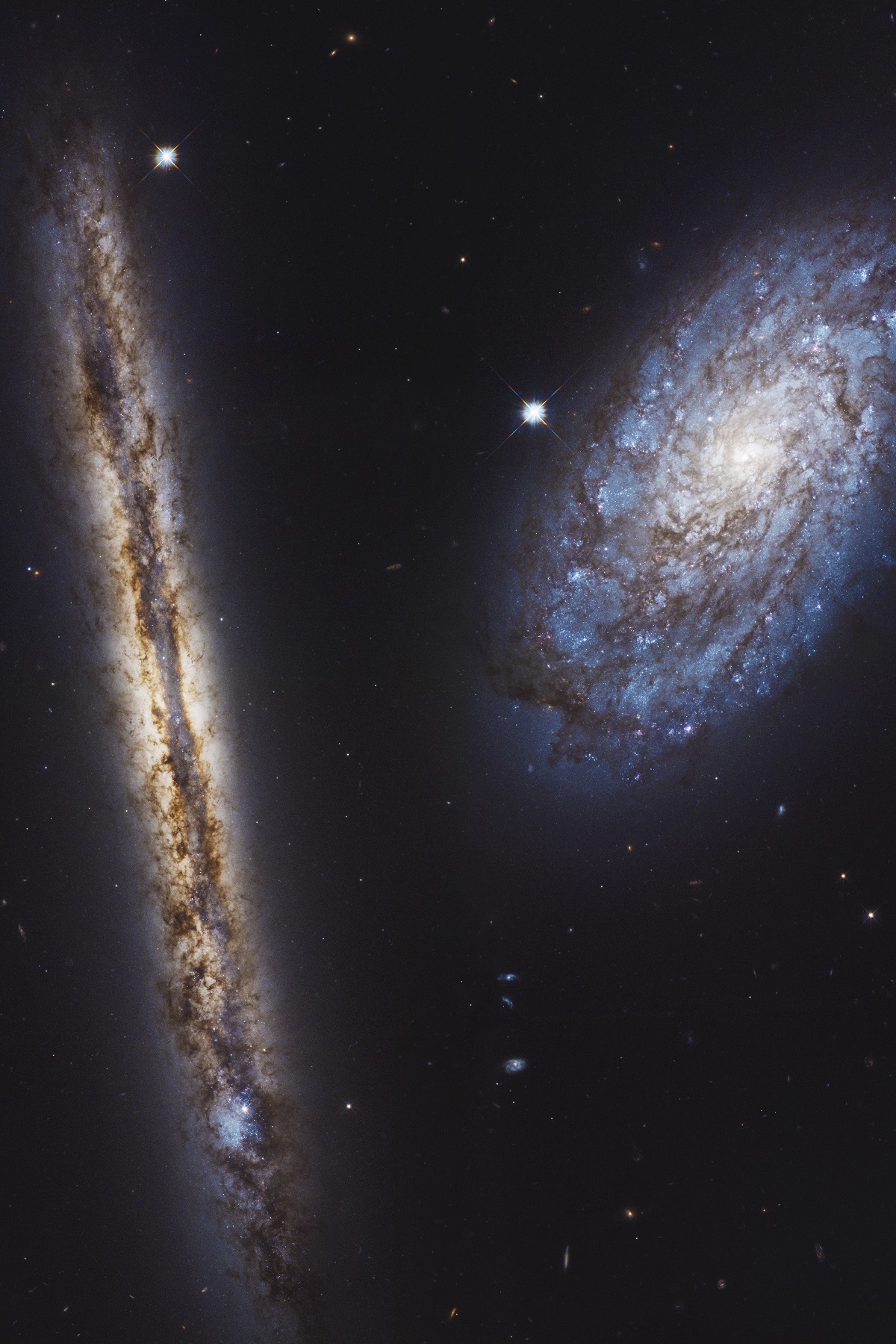
In the vast cosmic expanse, a mesmerizing dance unfolds between the galaxies NGC 4302 and NGC 4298. This celestial pair engages in a gravitational embrace, intertwining their destinies in an eternal cosmic tango.
As we observe the celestial pas de deux of NGC 4302 and NGC 4298, we witness the beauty of galactic interactions. Tidal forces between the galaxies trigger the formation of stars, while gravitational forces sculpt their distinctive shapes. This cosmic dance reveals the intricate dynamics at play in the universe, offering glimpses into the cosmic evolution that shapes the destiny of galaxies.
Space, the final frontier, holds an infinite number of mysteries waiting to be unraveled. From the remnants of colossal supernovae to the fiery outbursts on the surface of our Sun, from celestial soap bubbles to towering cosmic cliffs, each enigmatic phenomenon exhibits the grandeur and complexity of the cosmos.
As we continue our exploration of space, armed with technological advancements and insatiable curiosity, we inch closer to unlocking the secrets that lie beyond. The wonders we have discovered thus far are but a fraction of the extraordinary phenomena that remain concealed, beckoning us to embark on further voyages of discovery.
Credits: Thank-you NASA, USGS, and JPL for making these images available.
